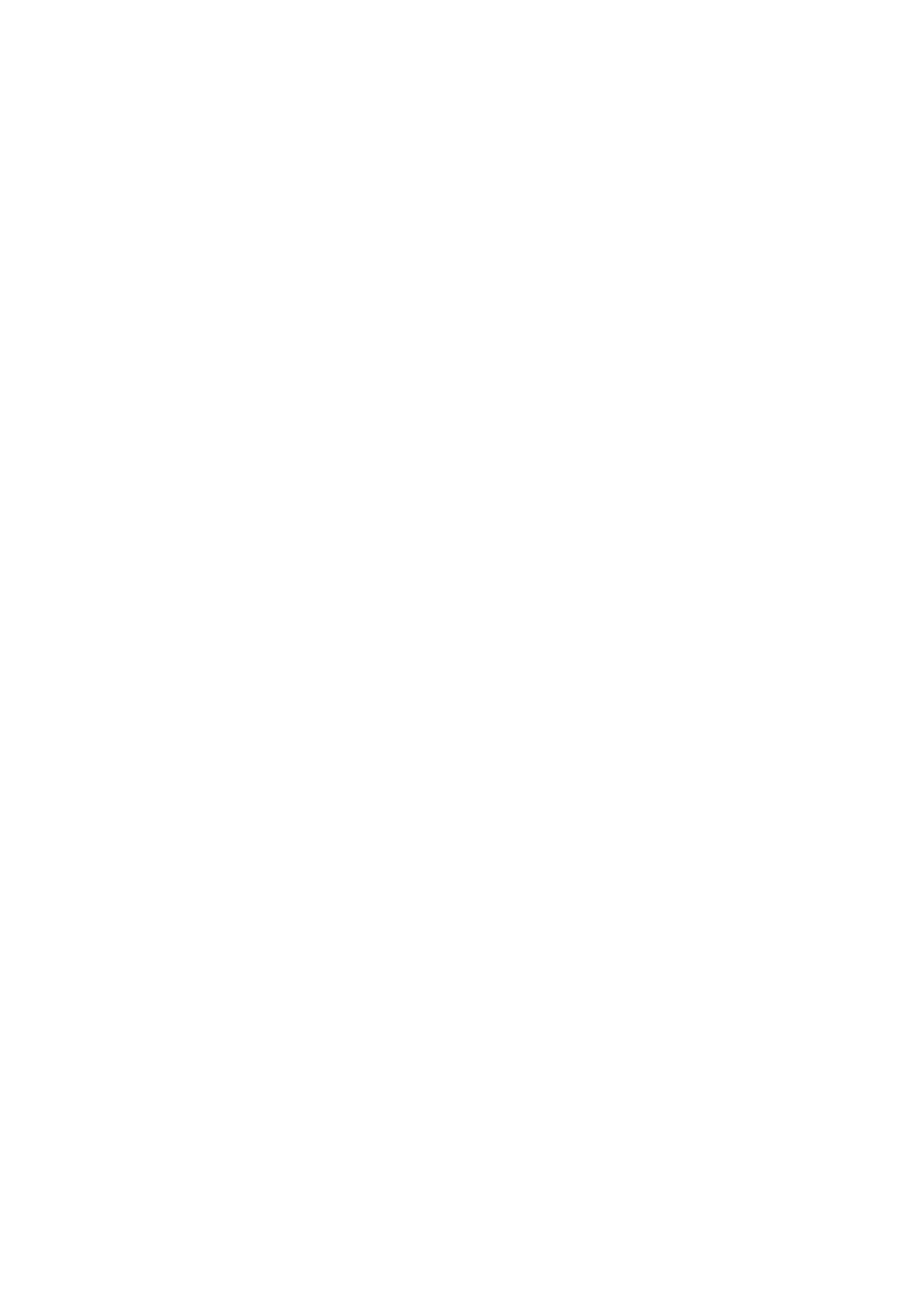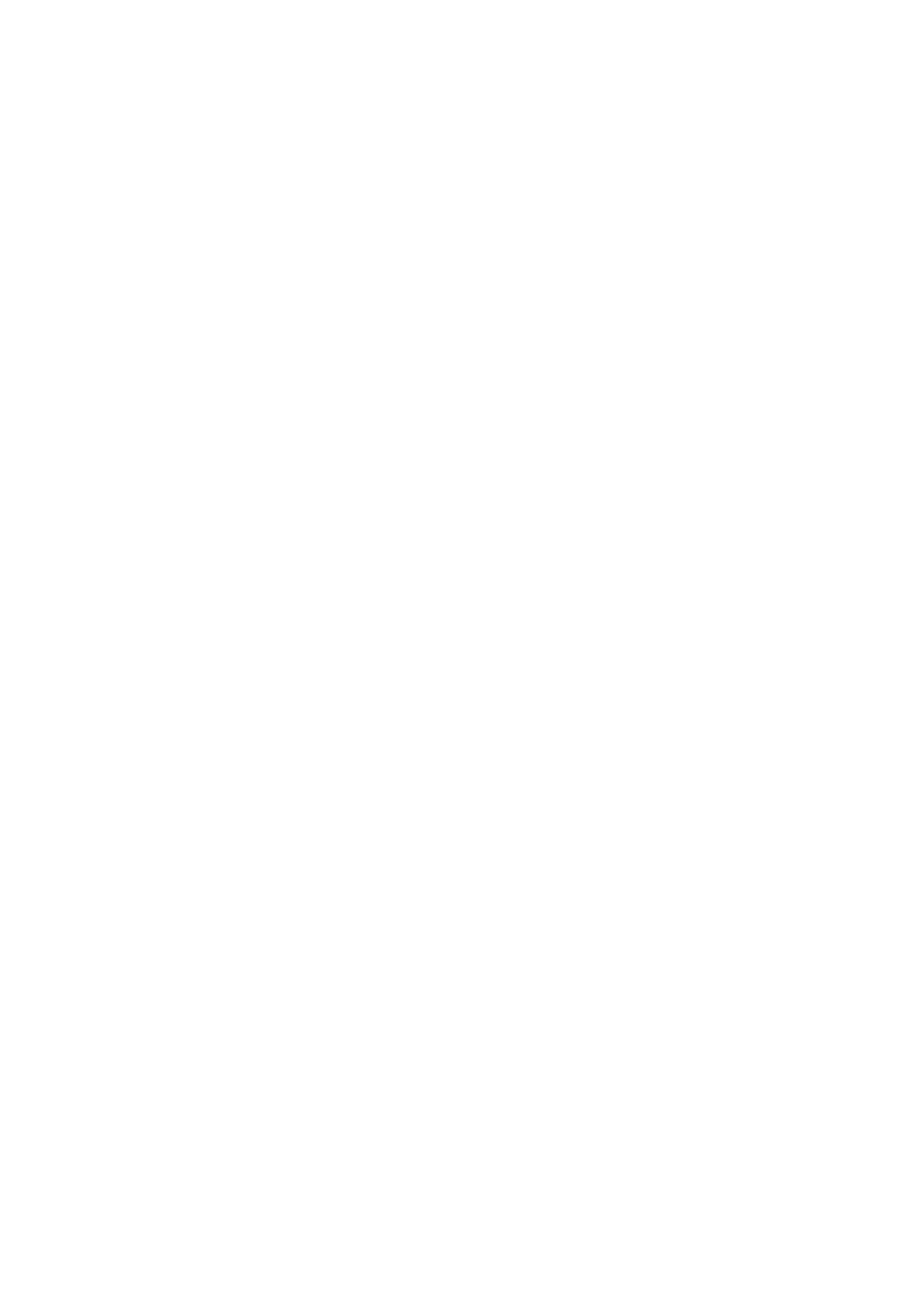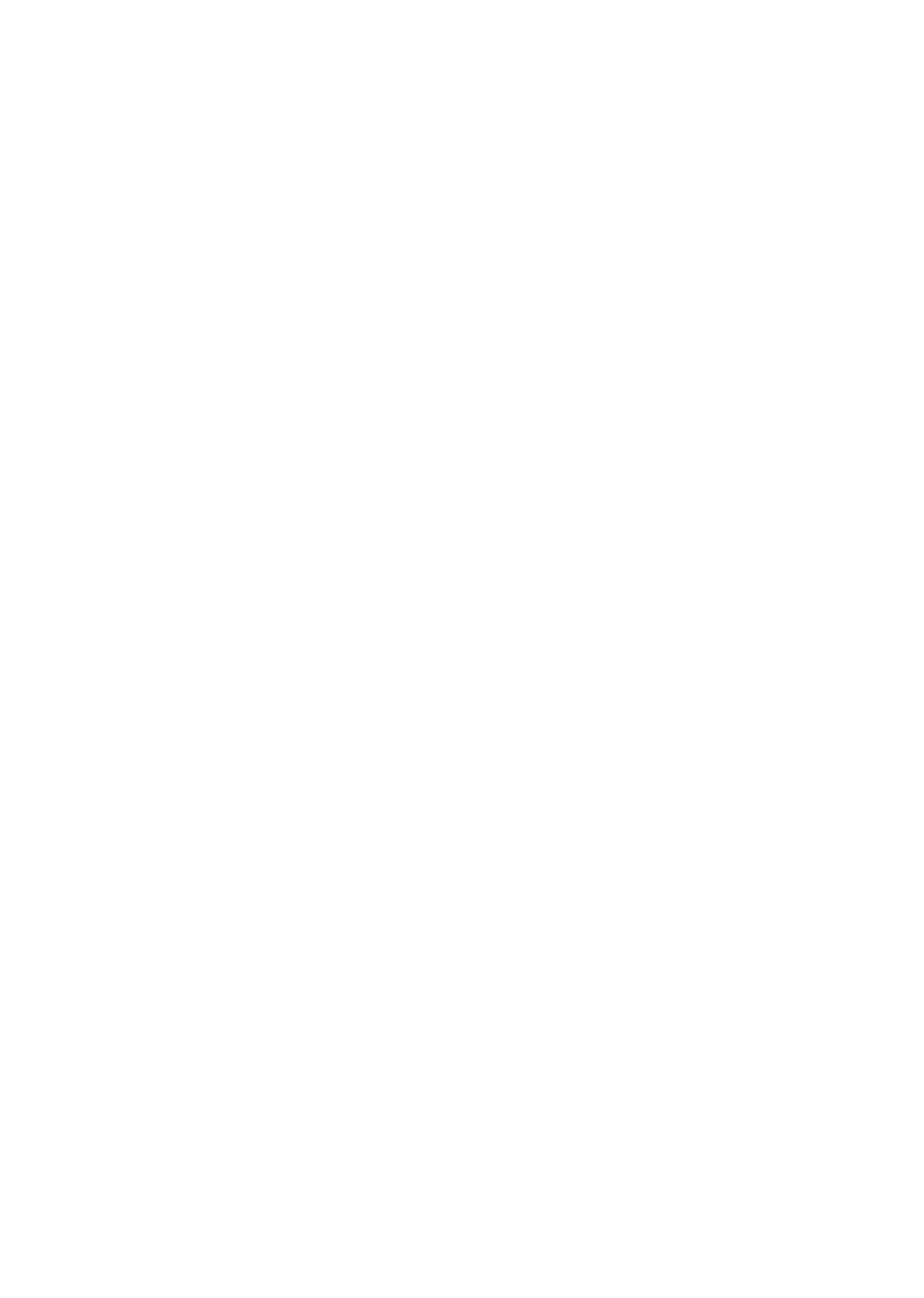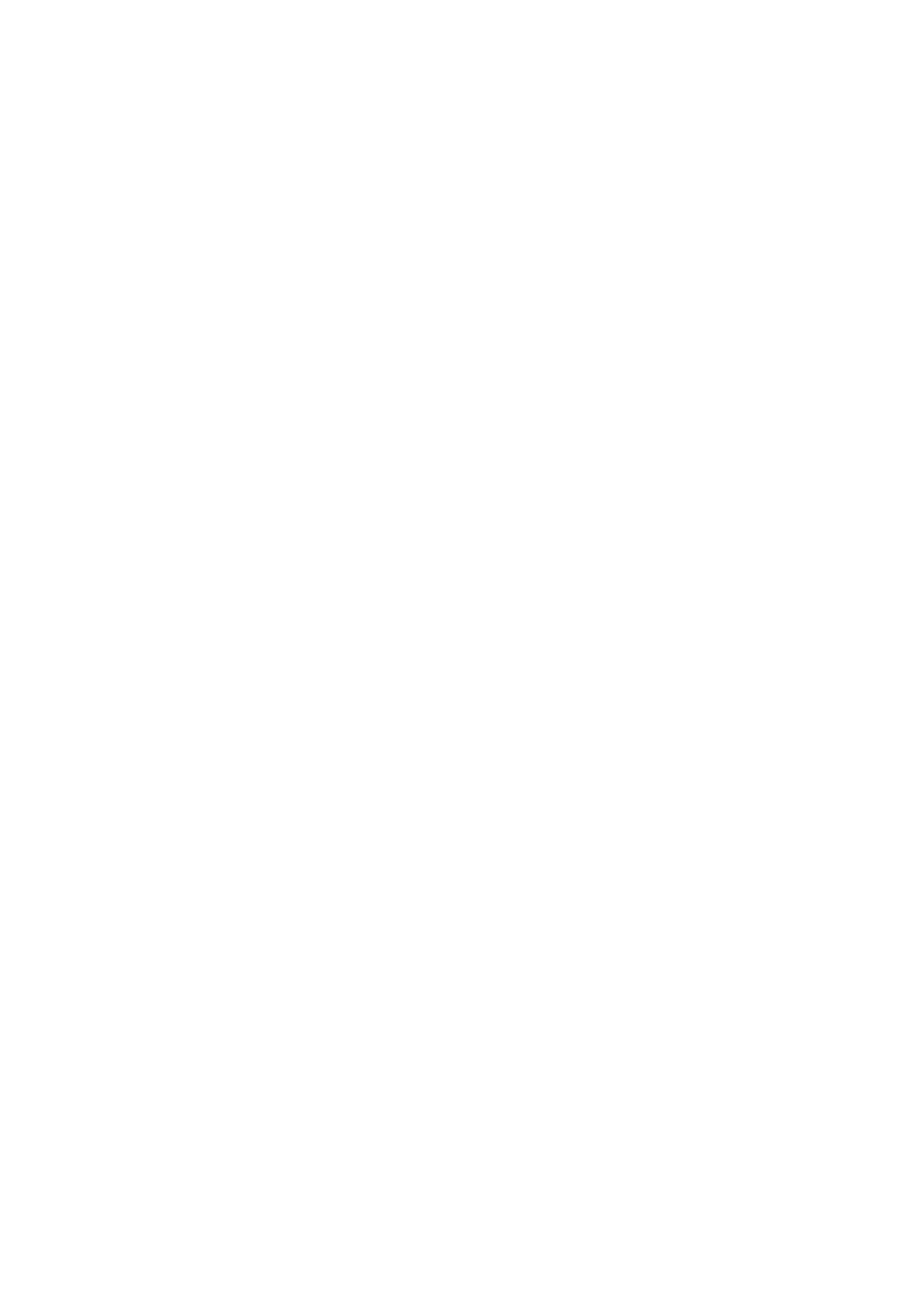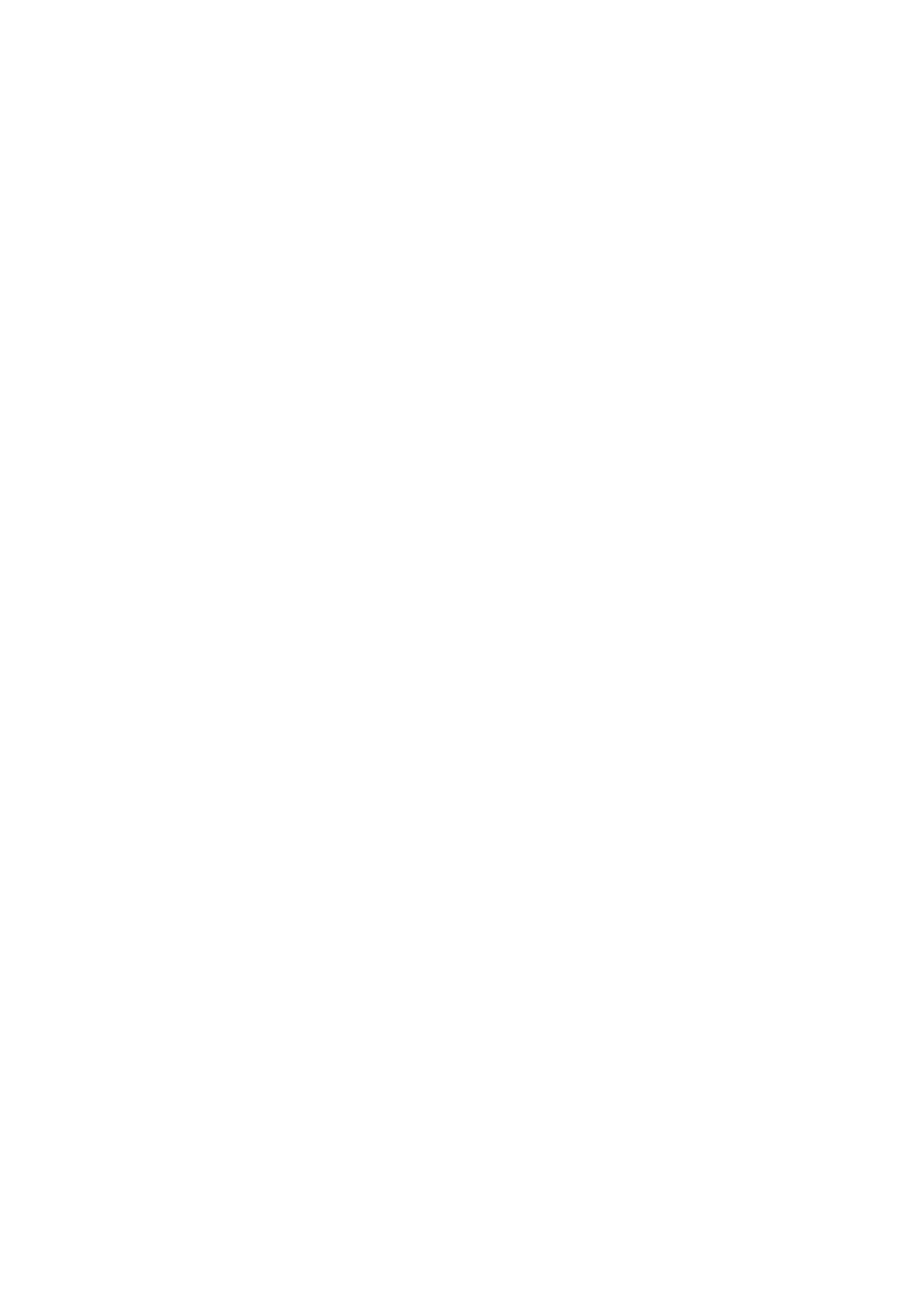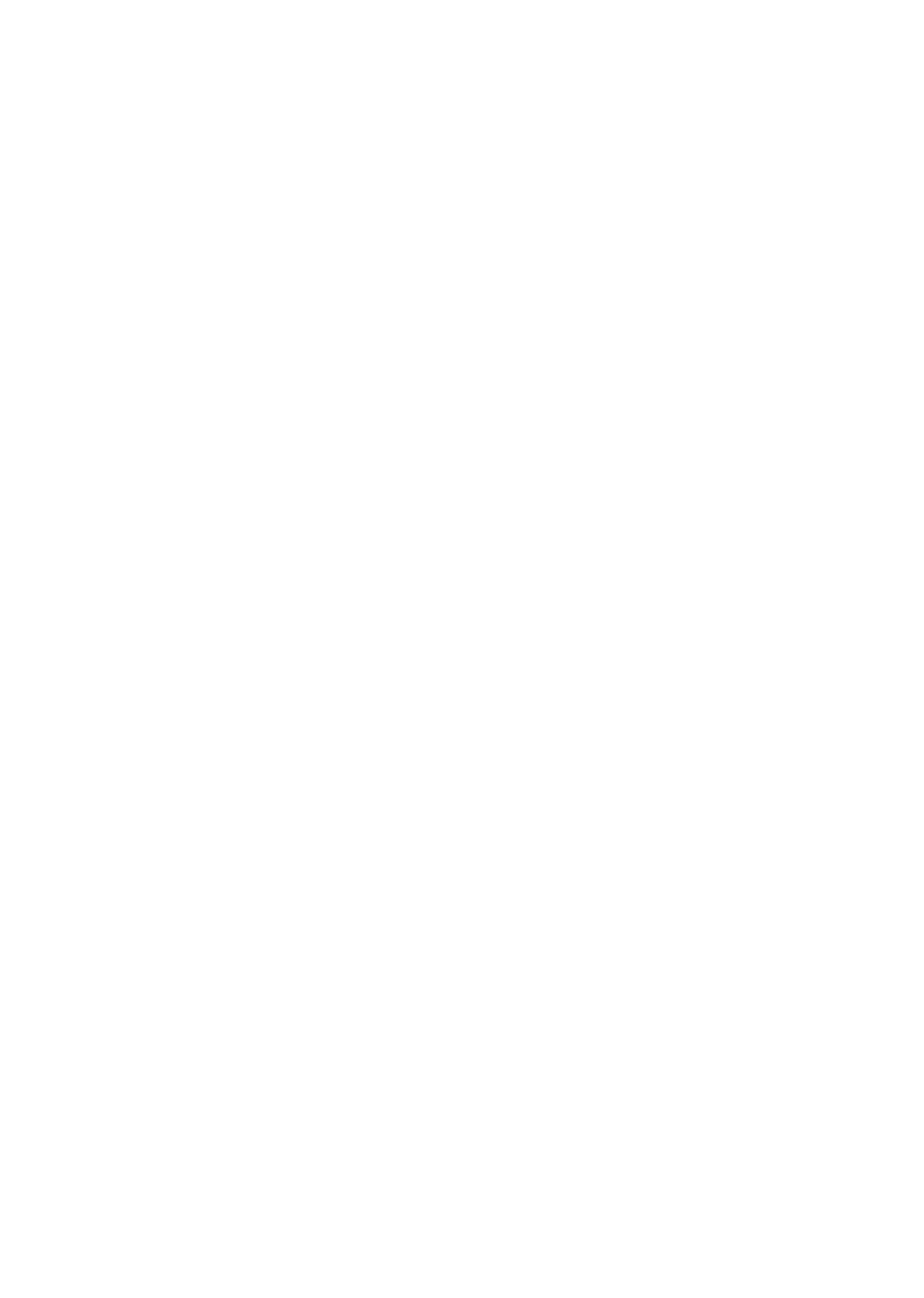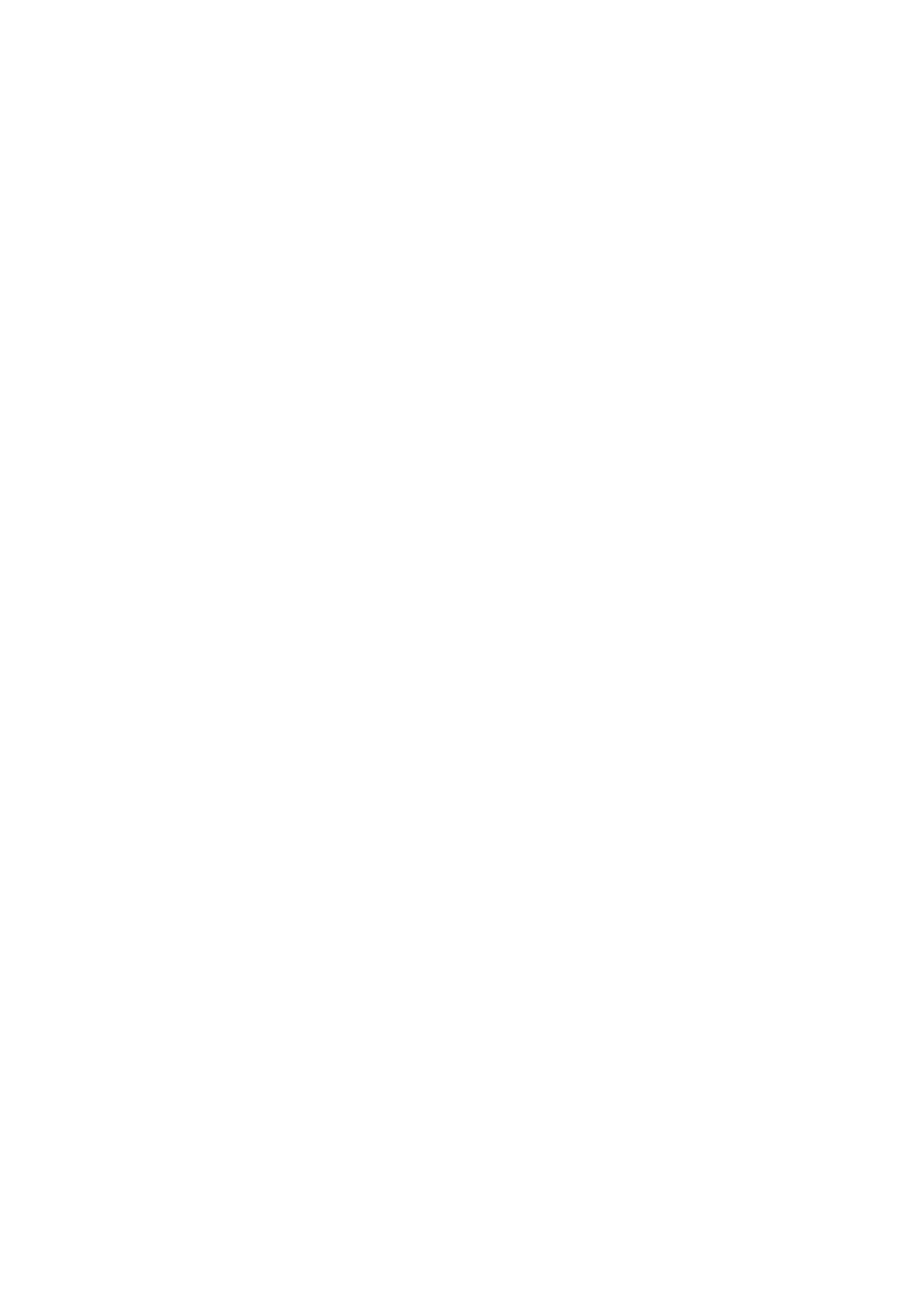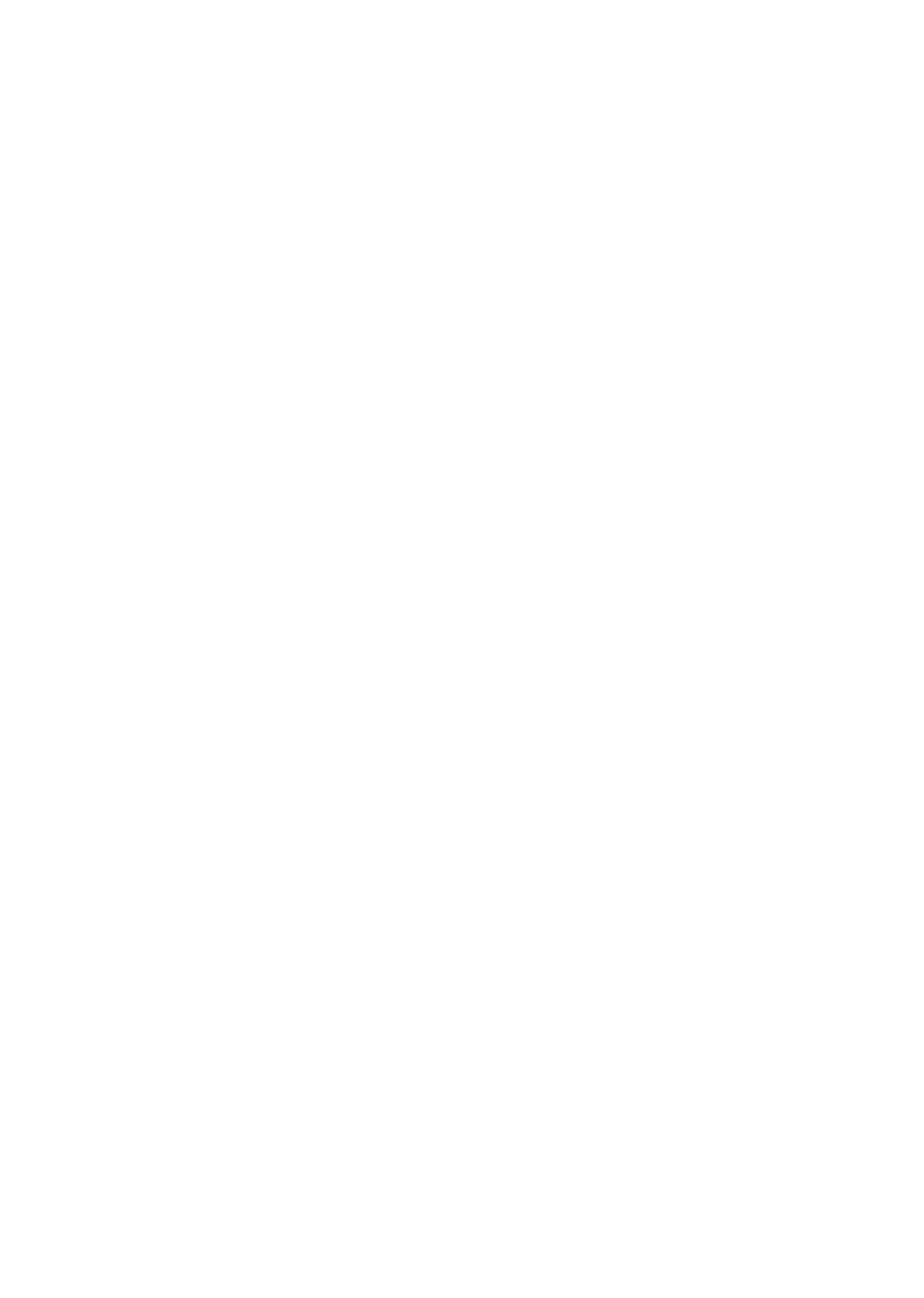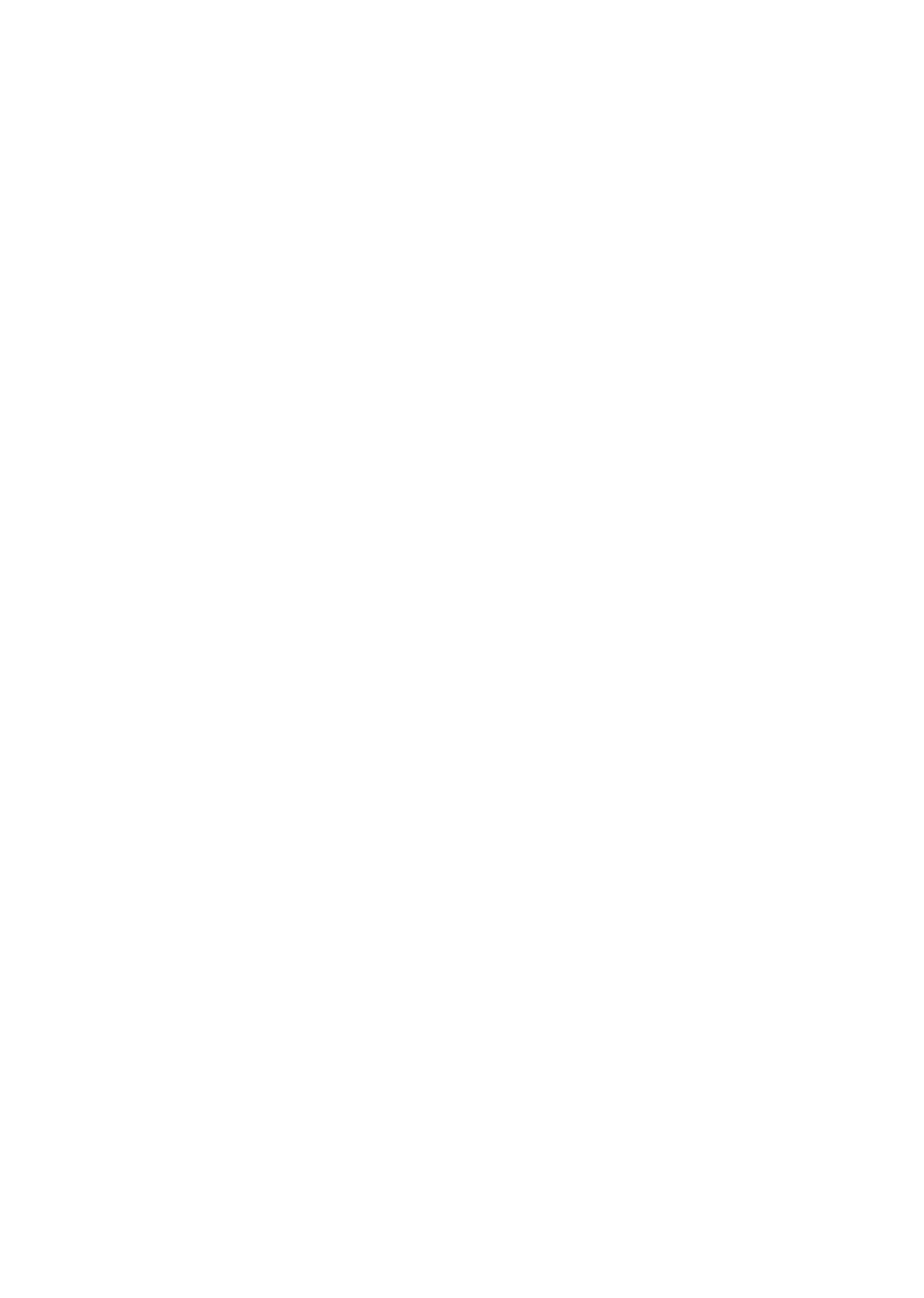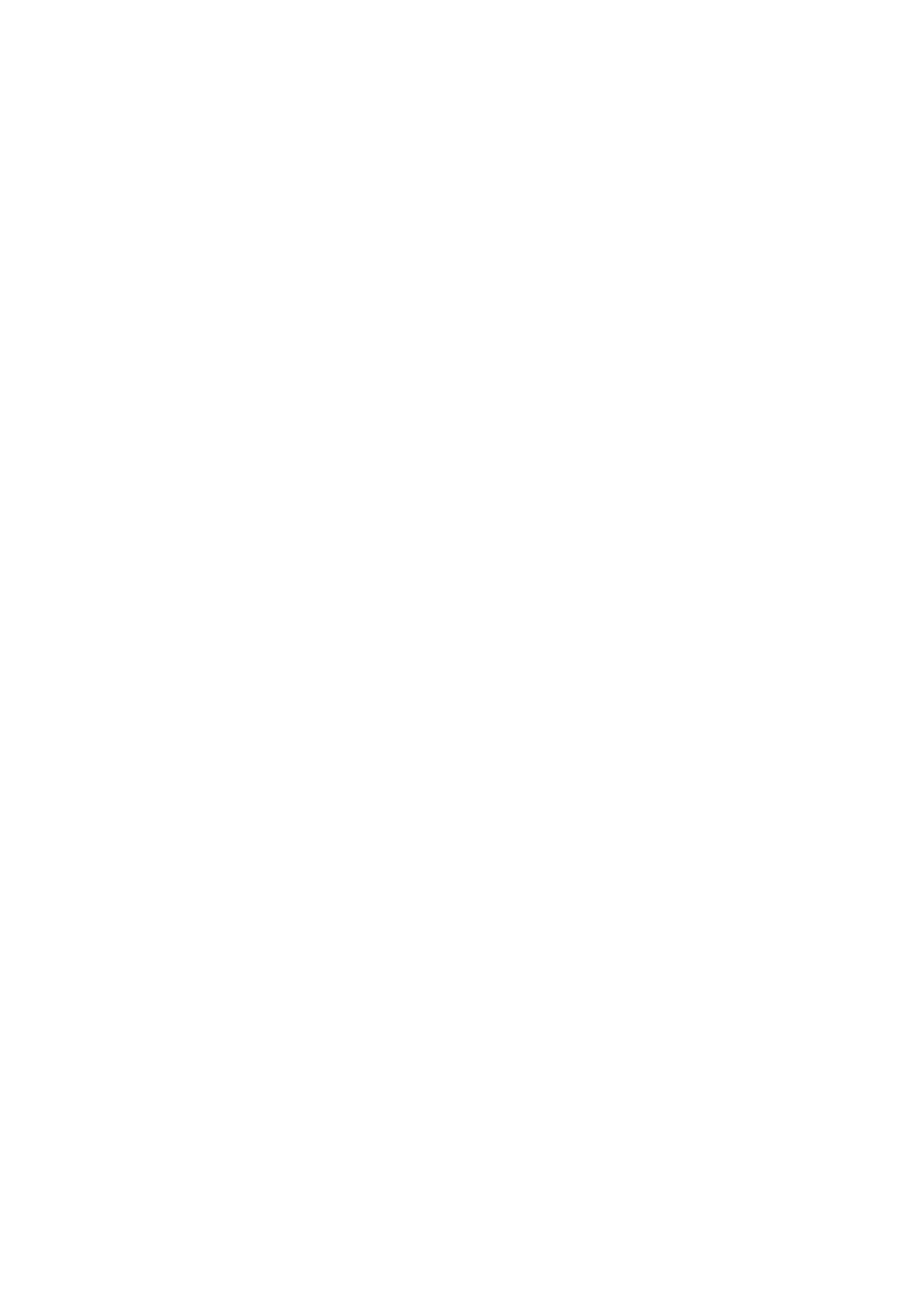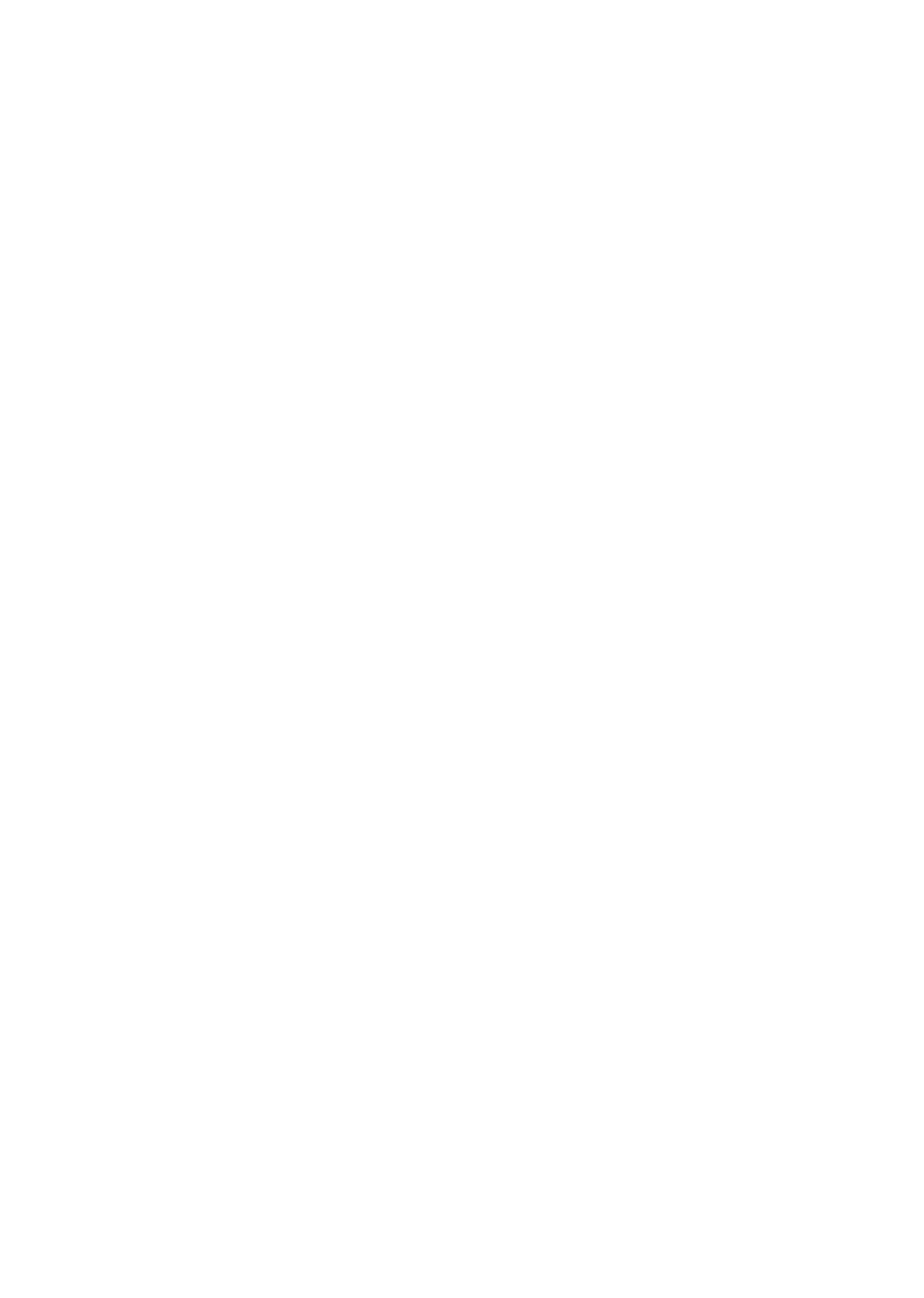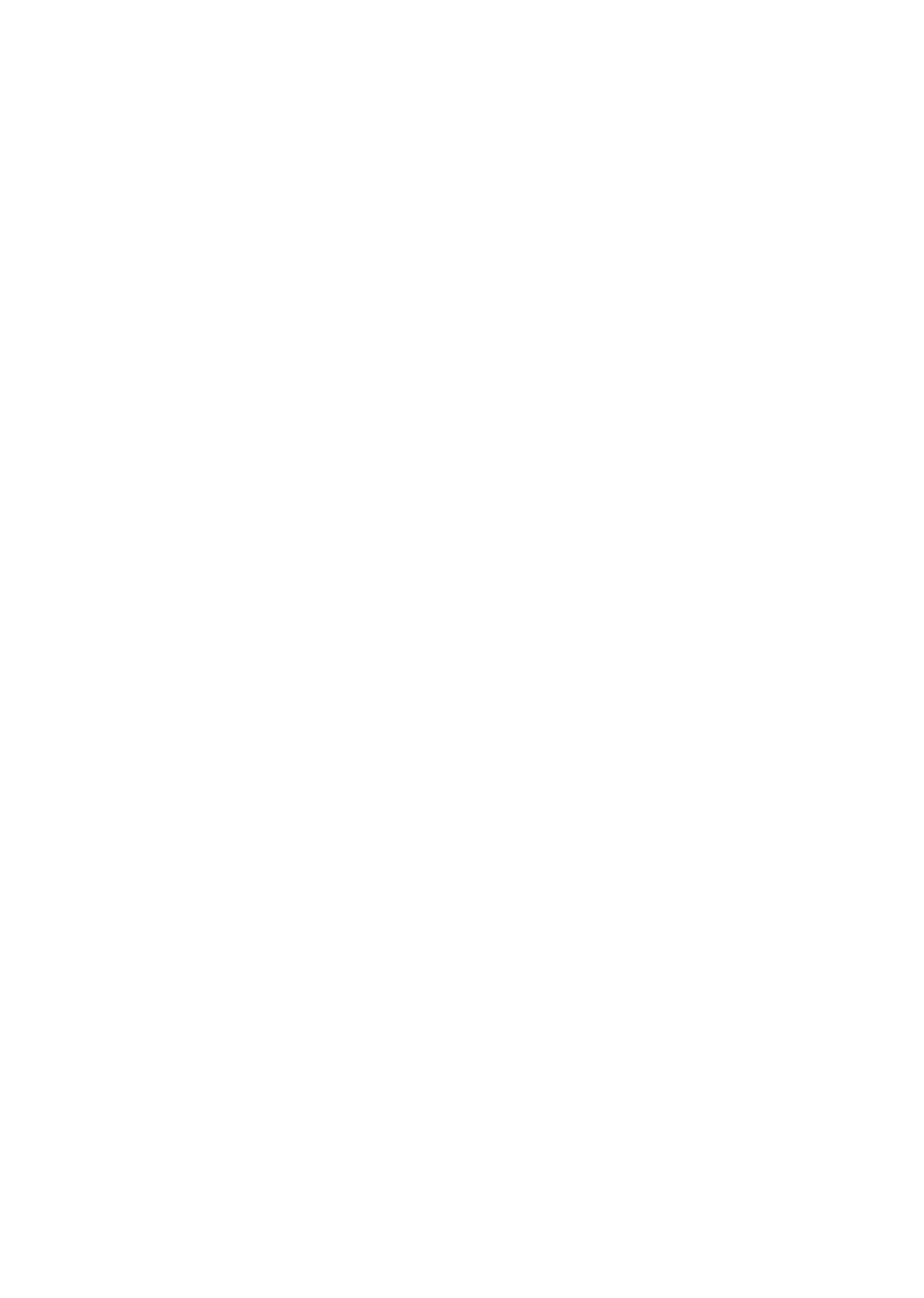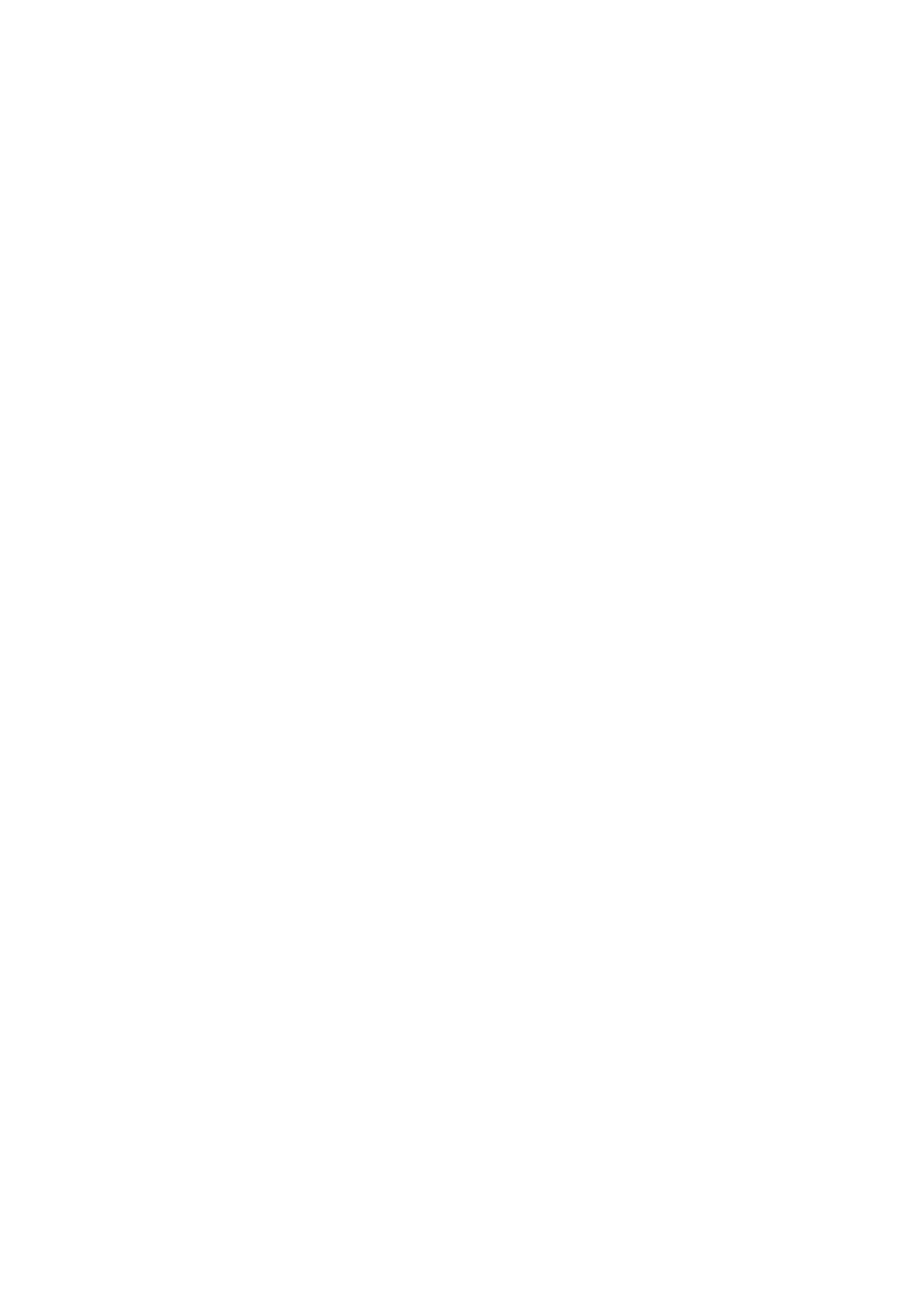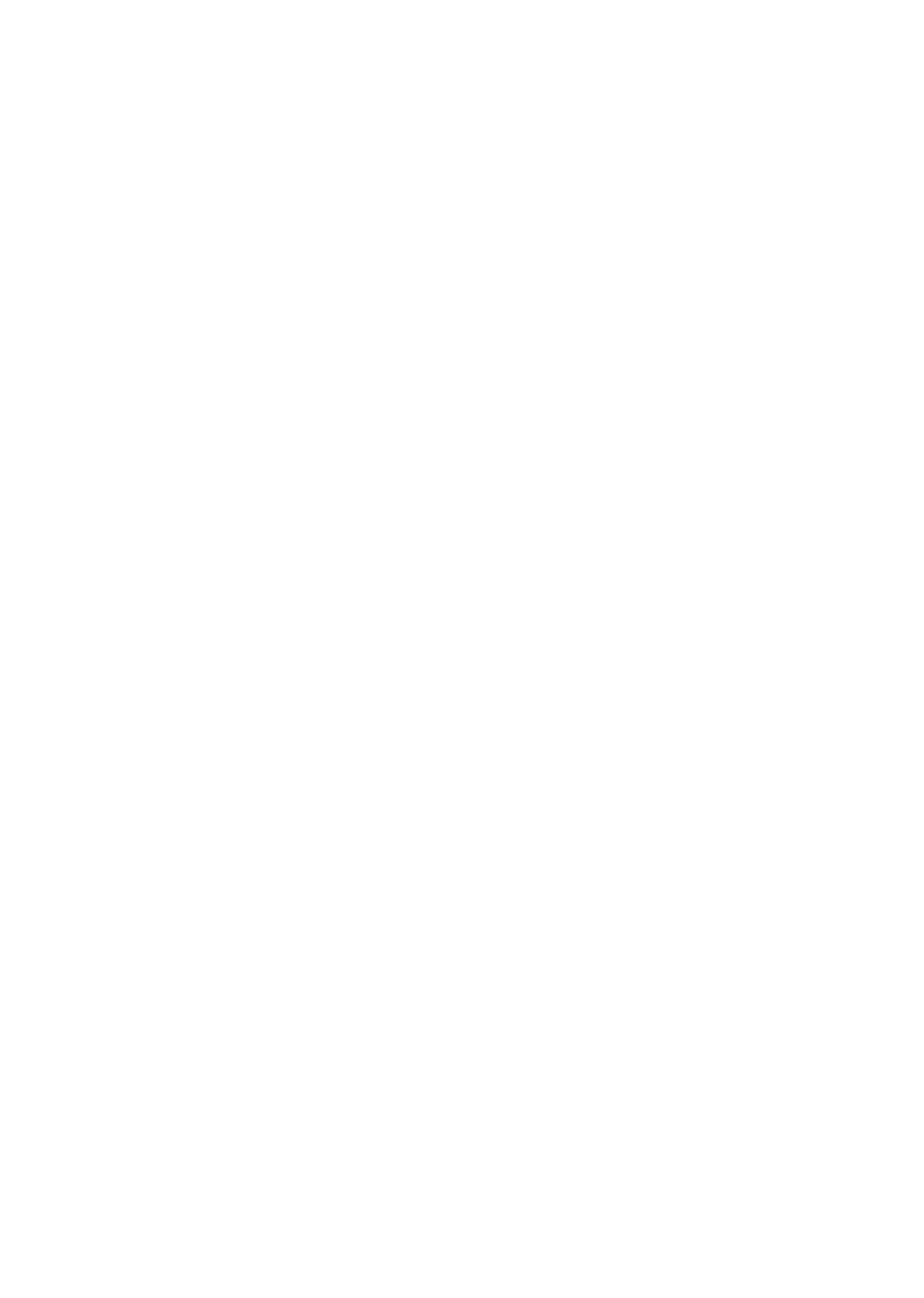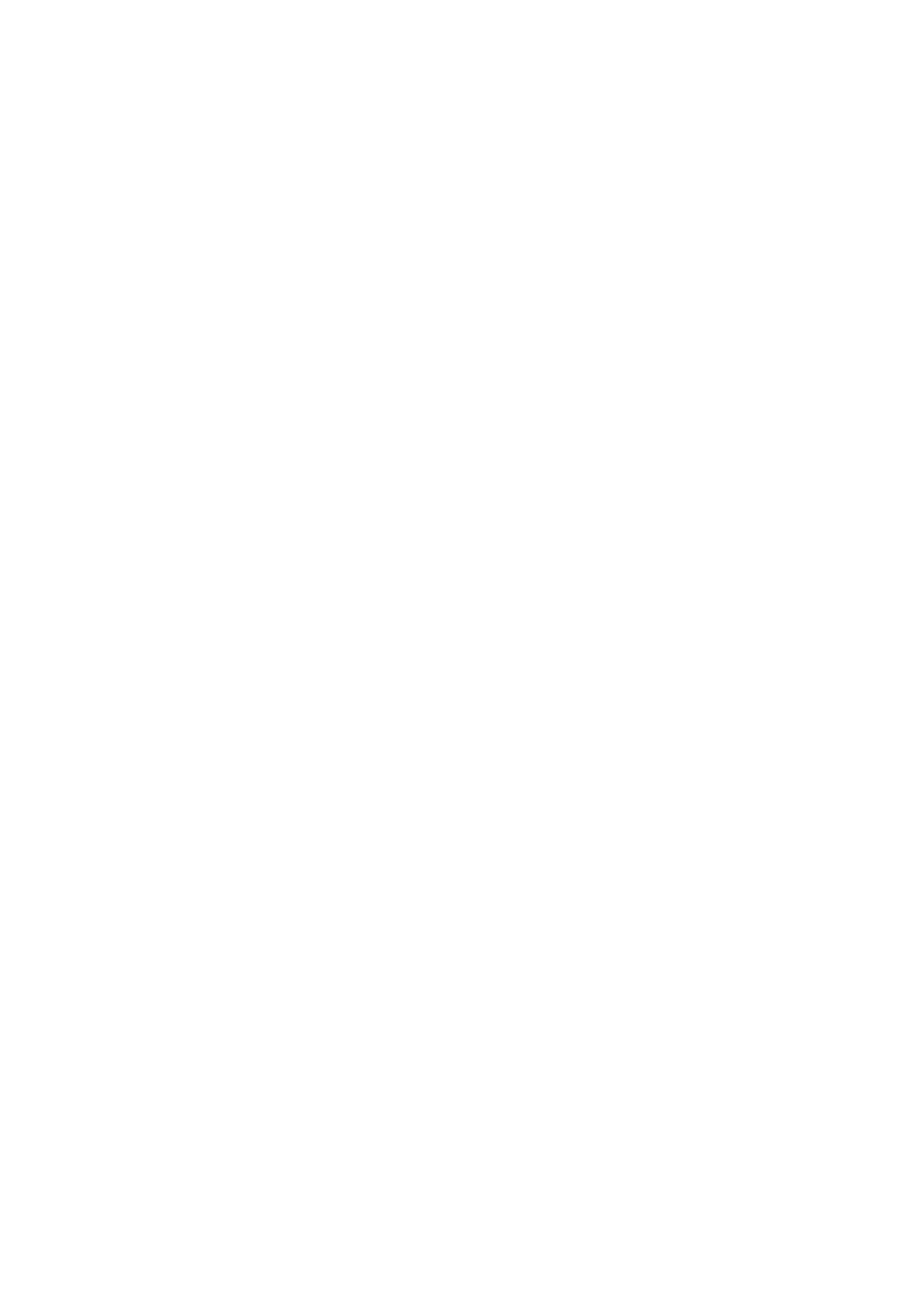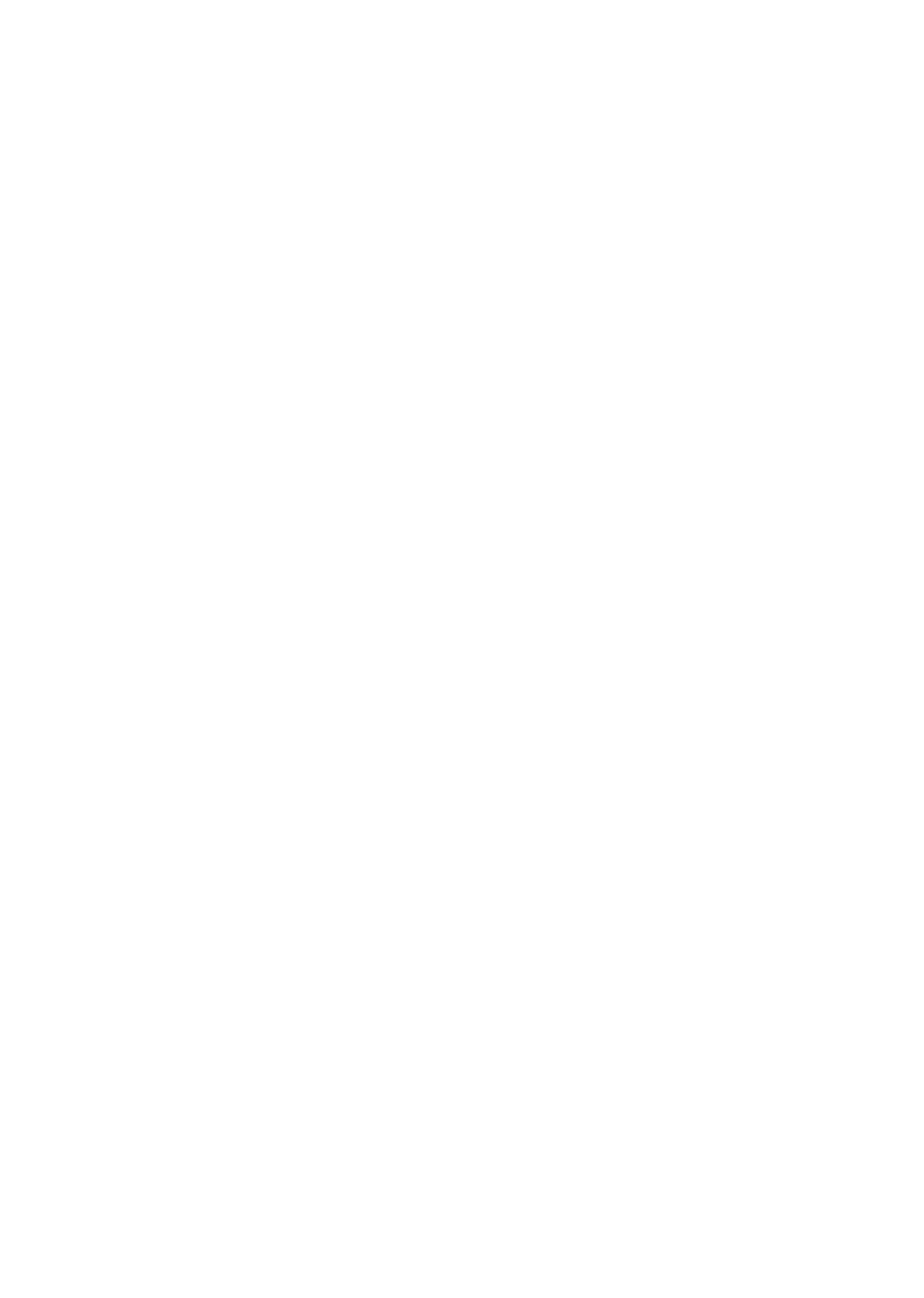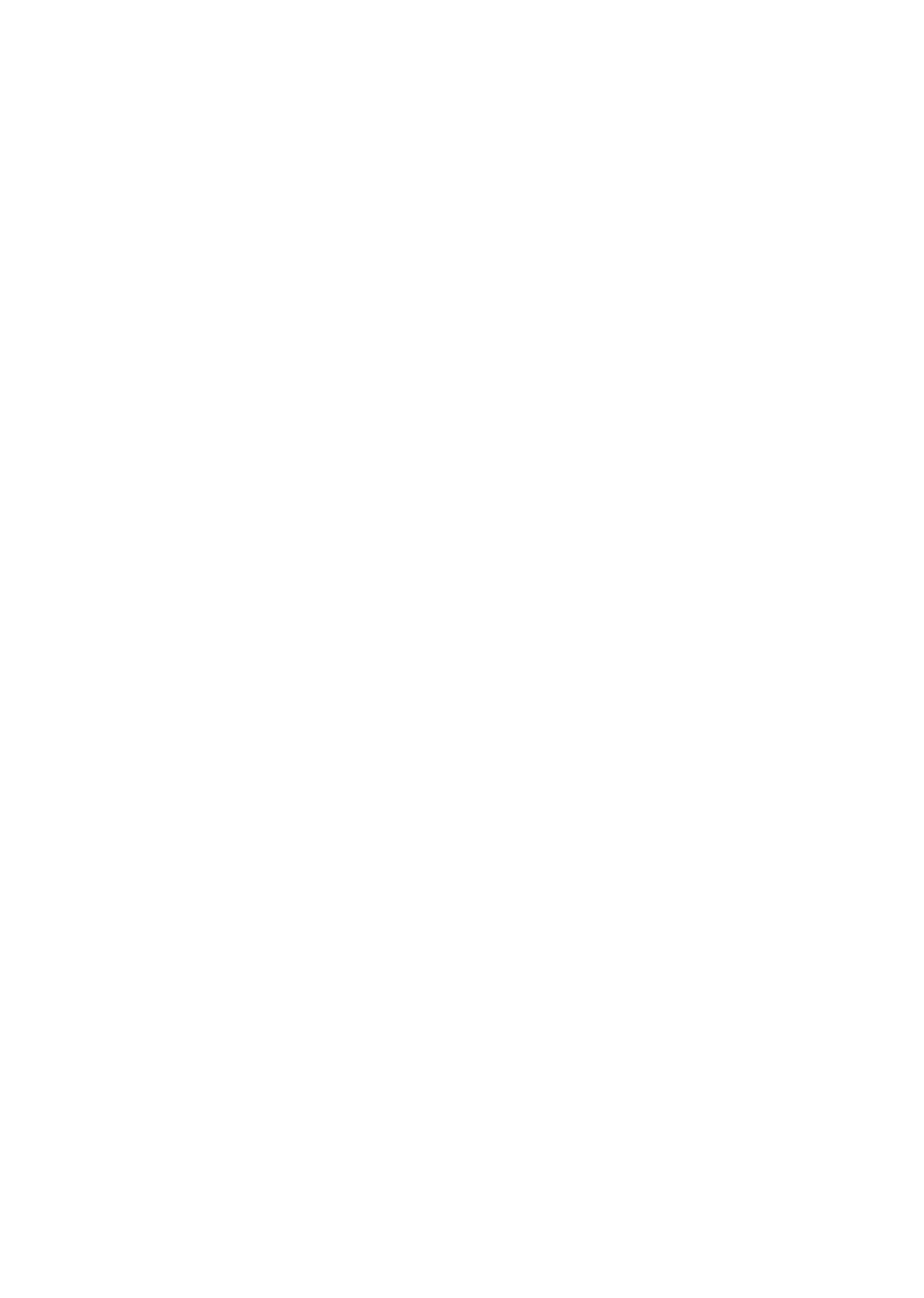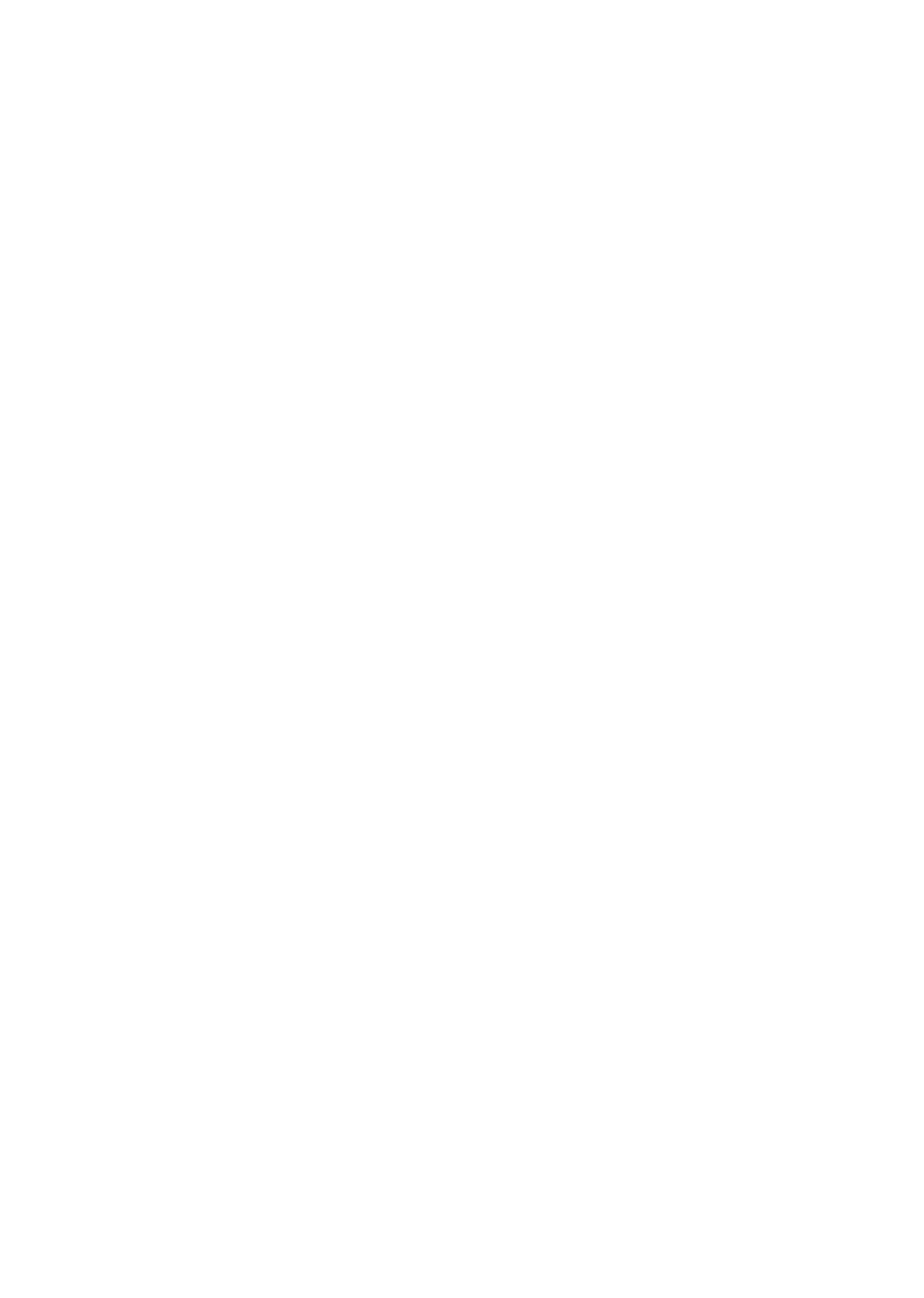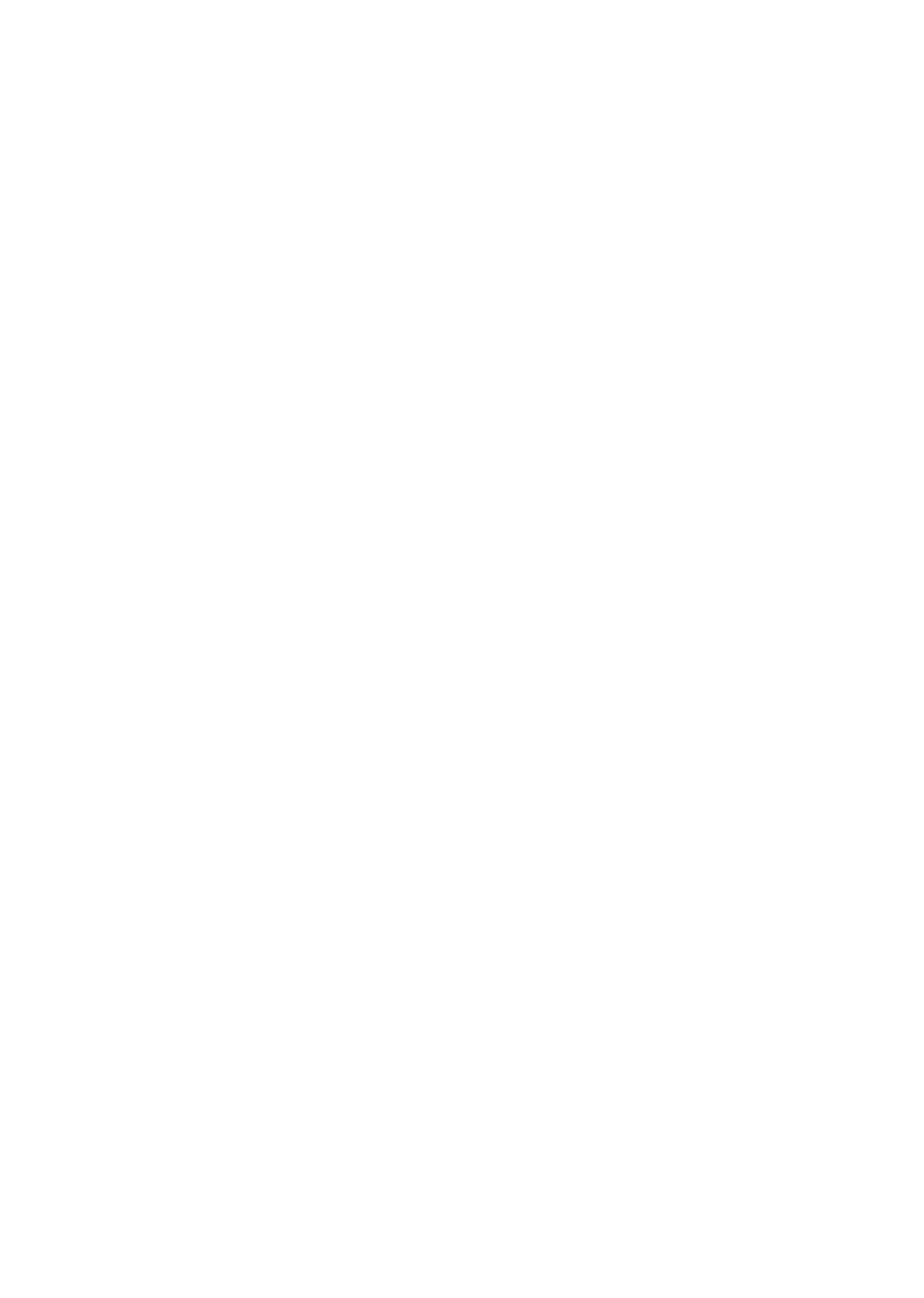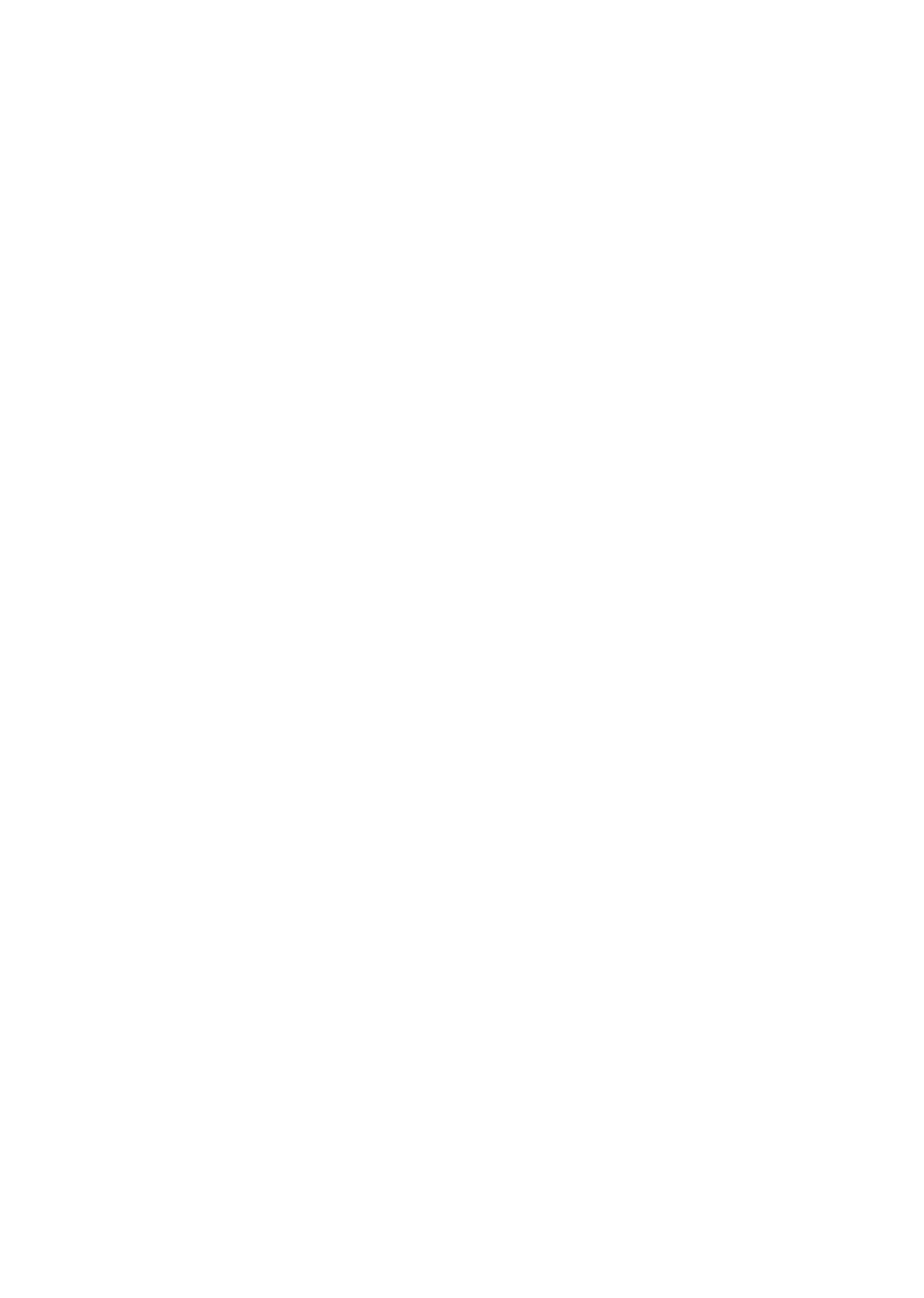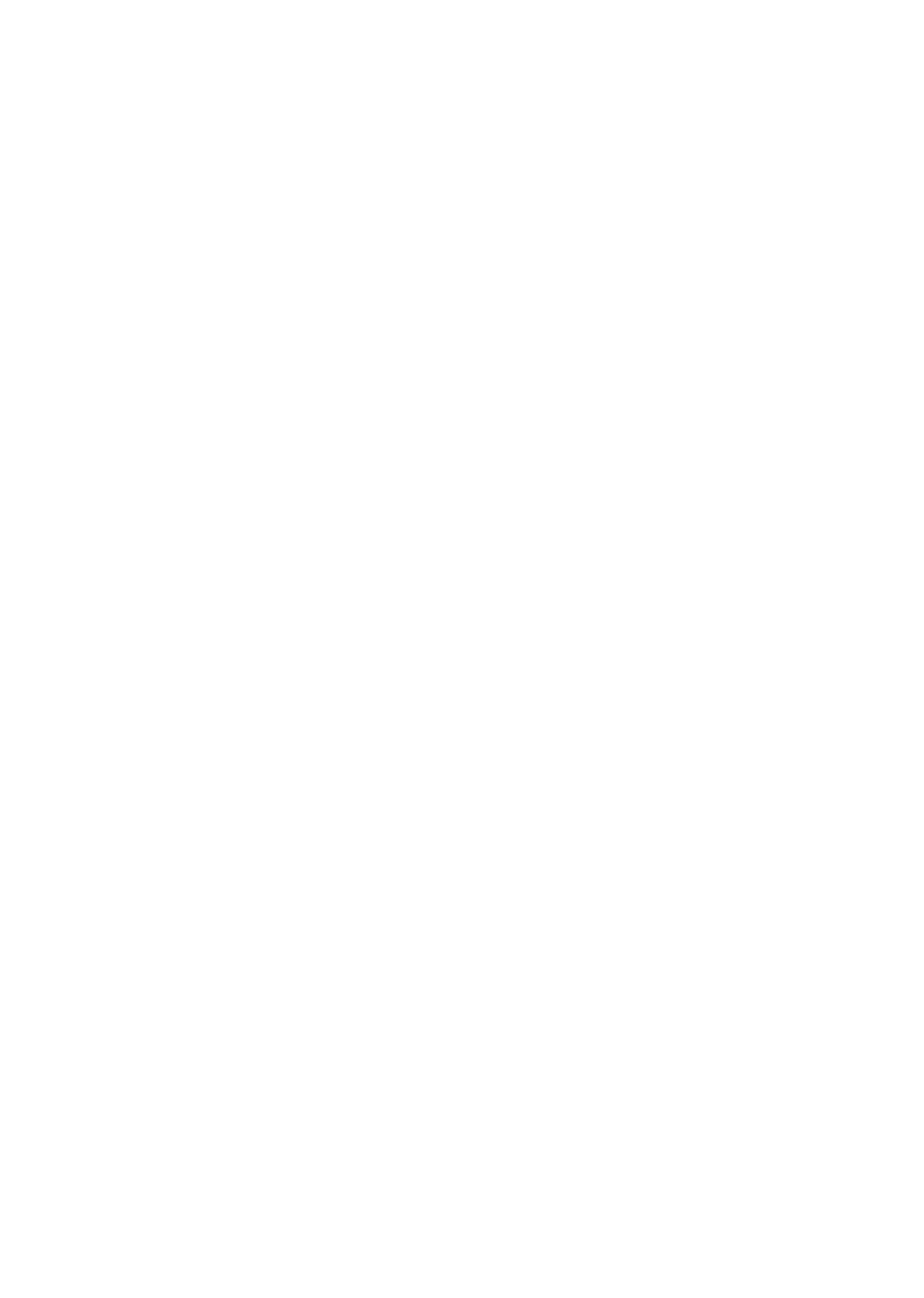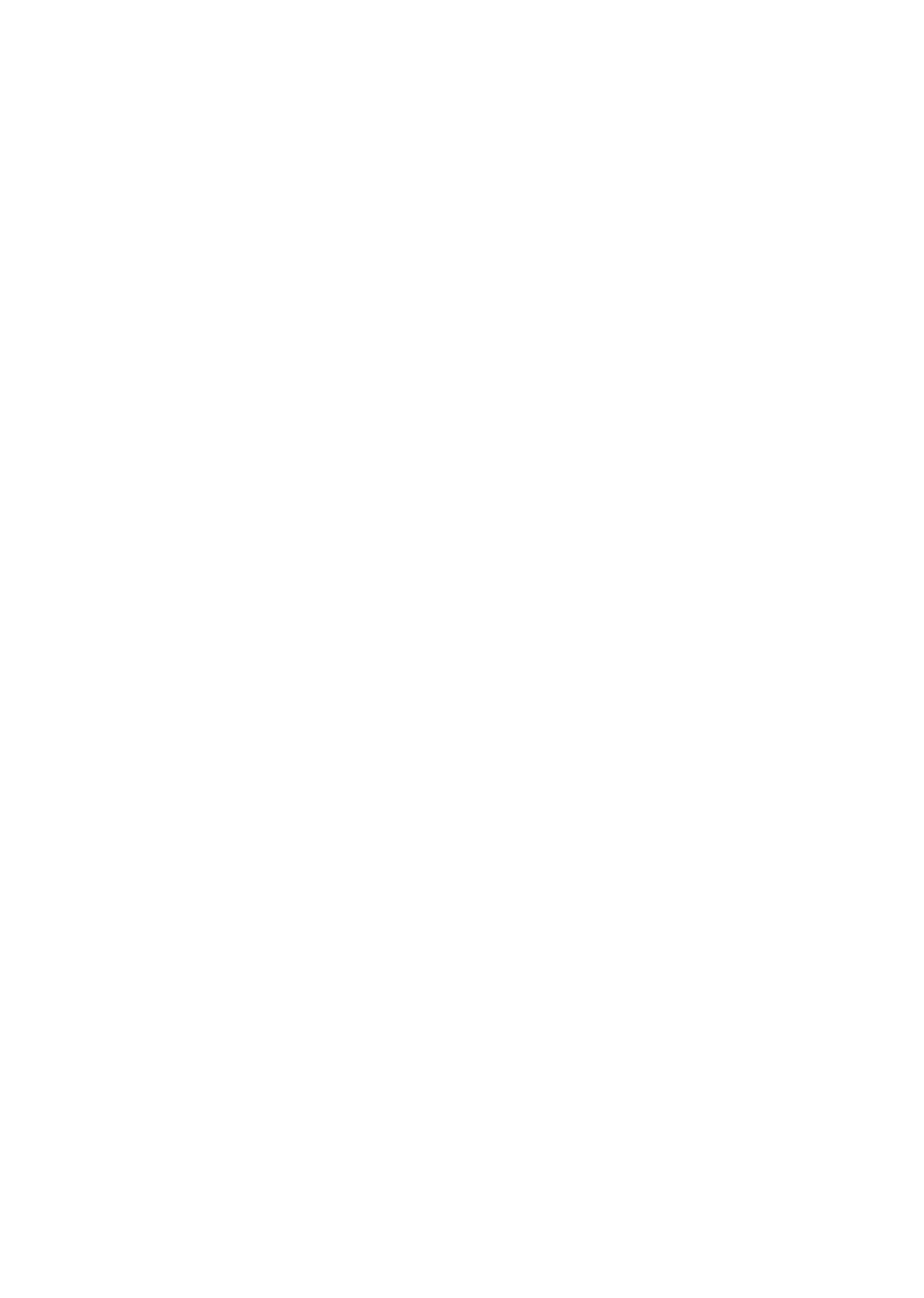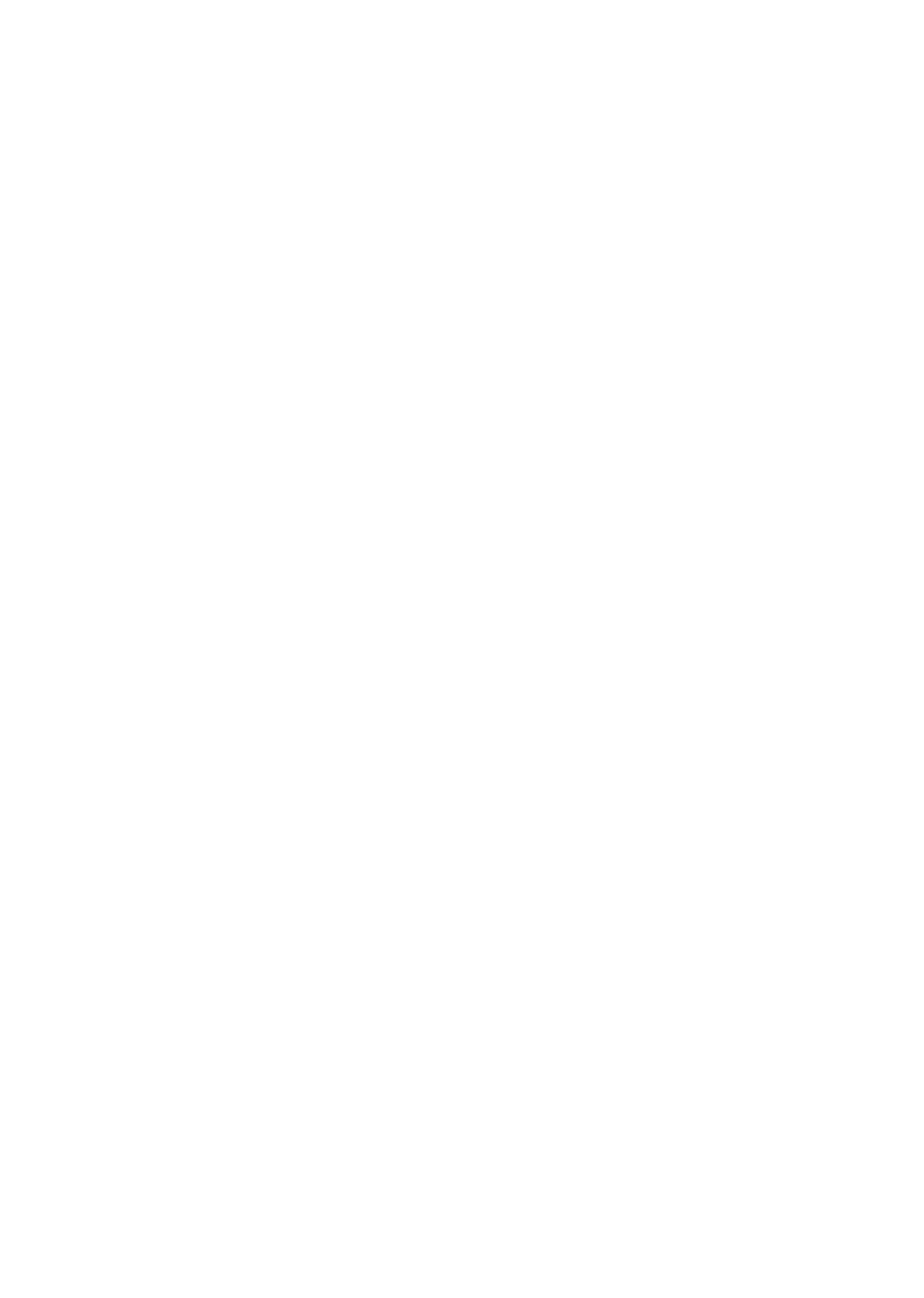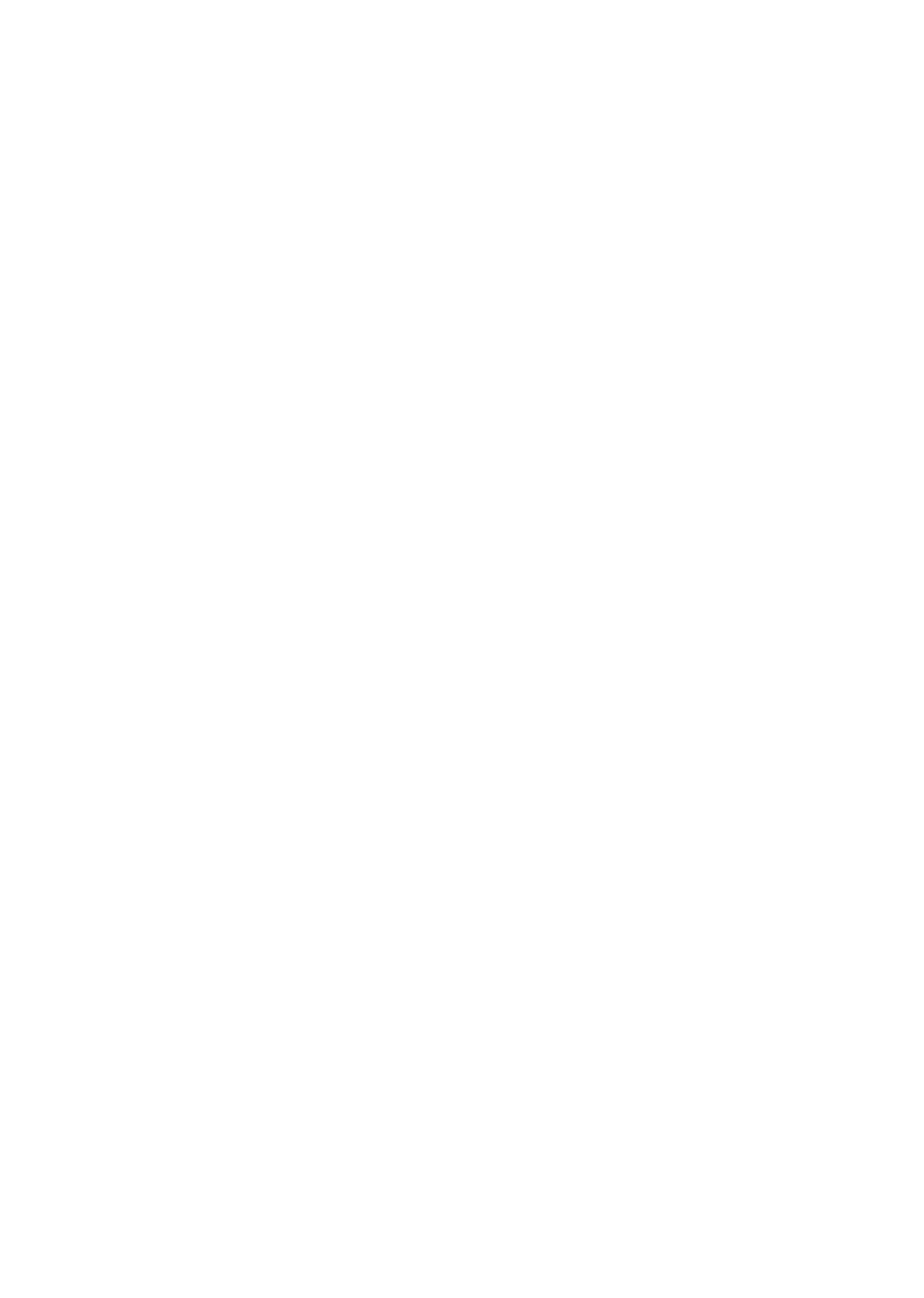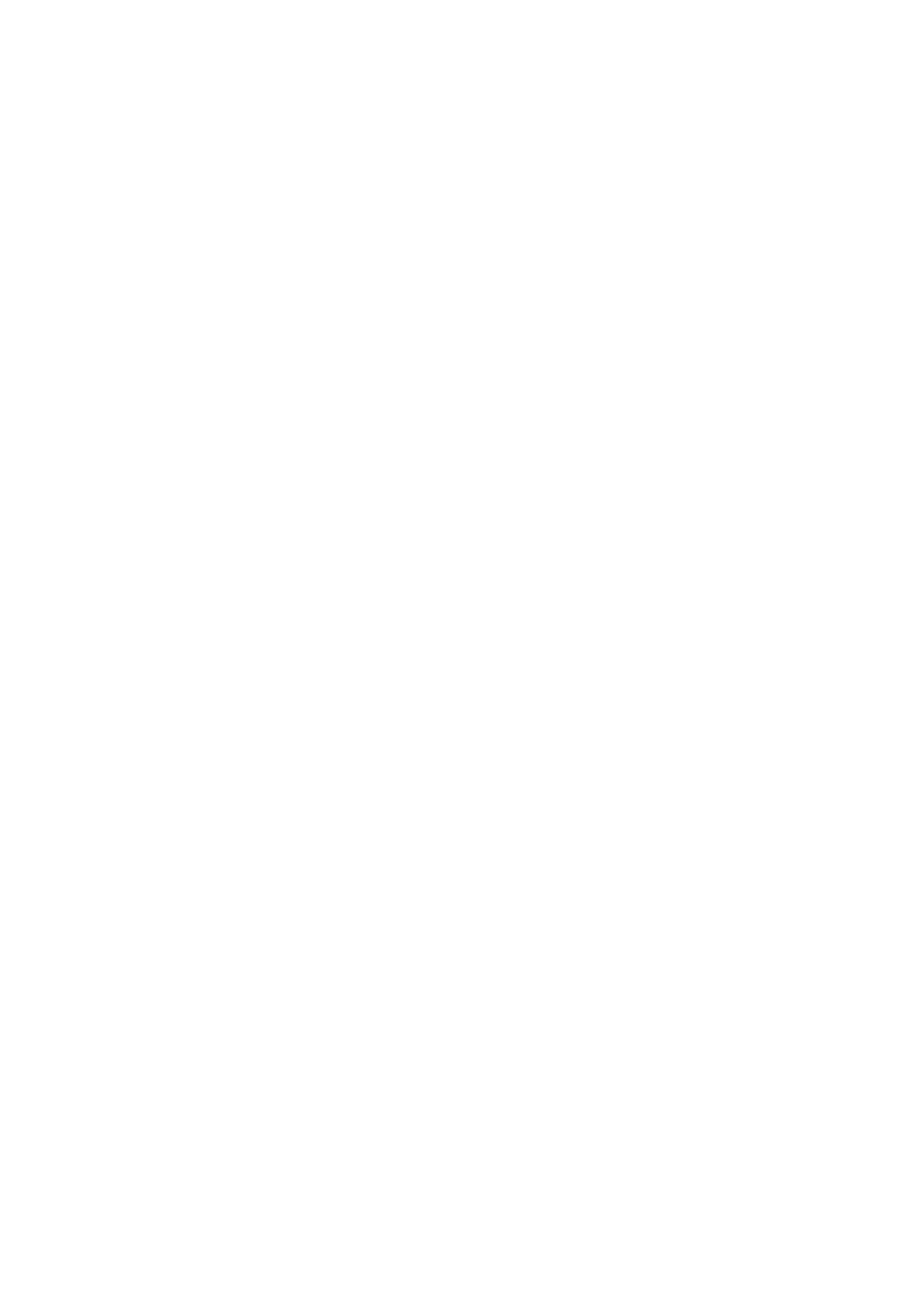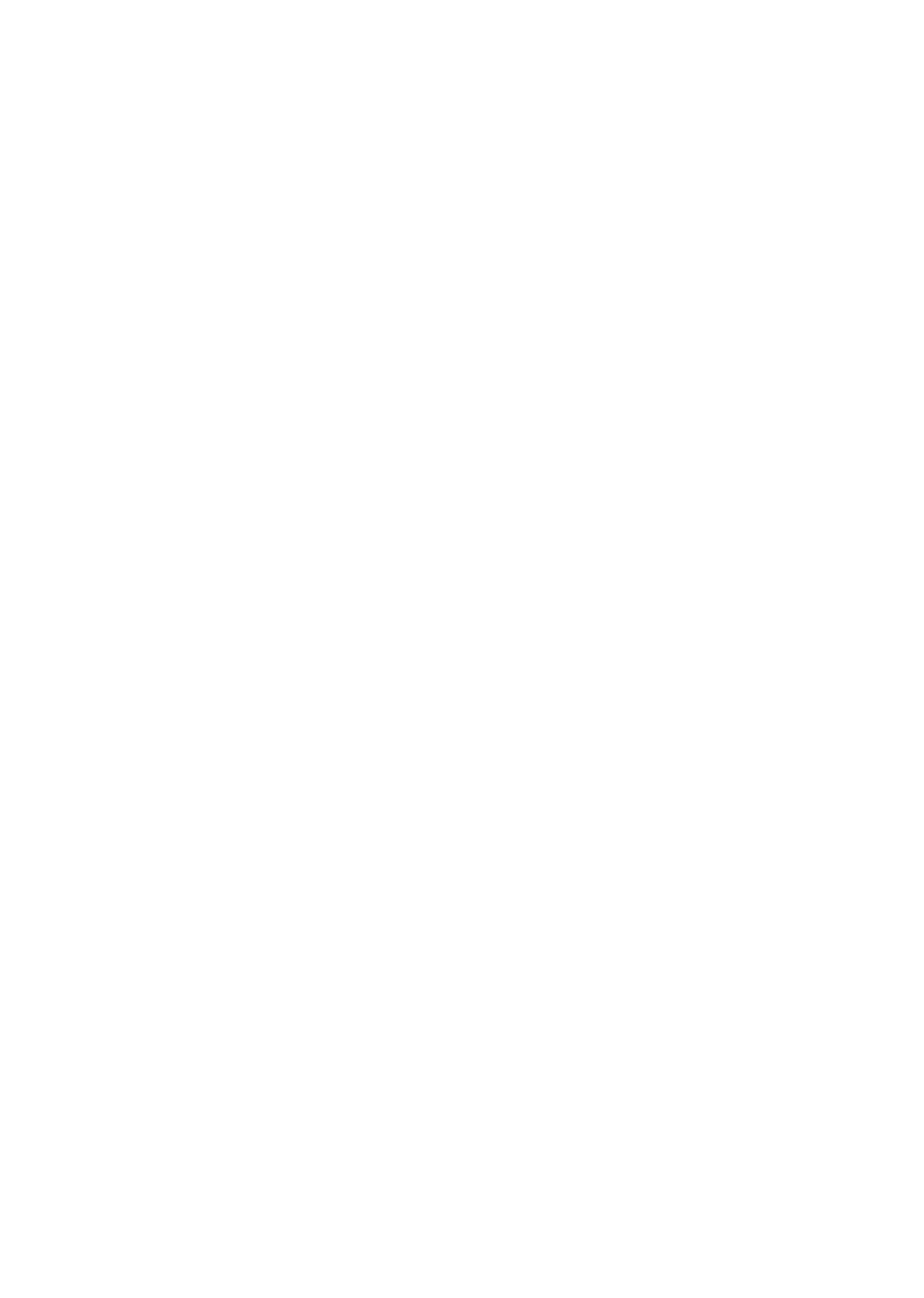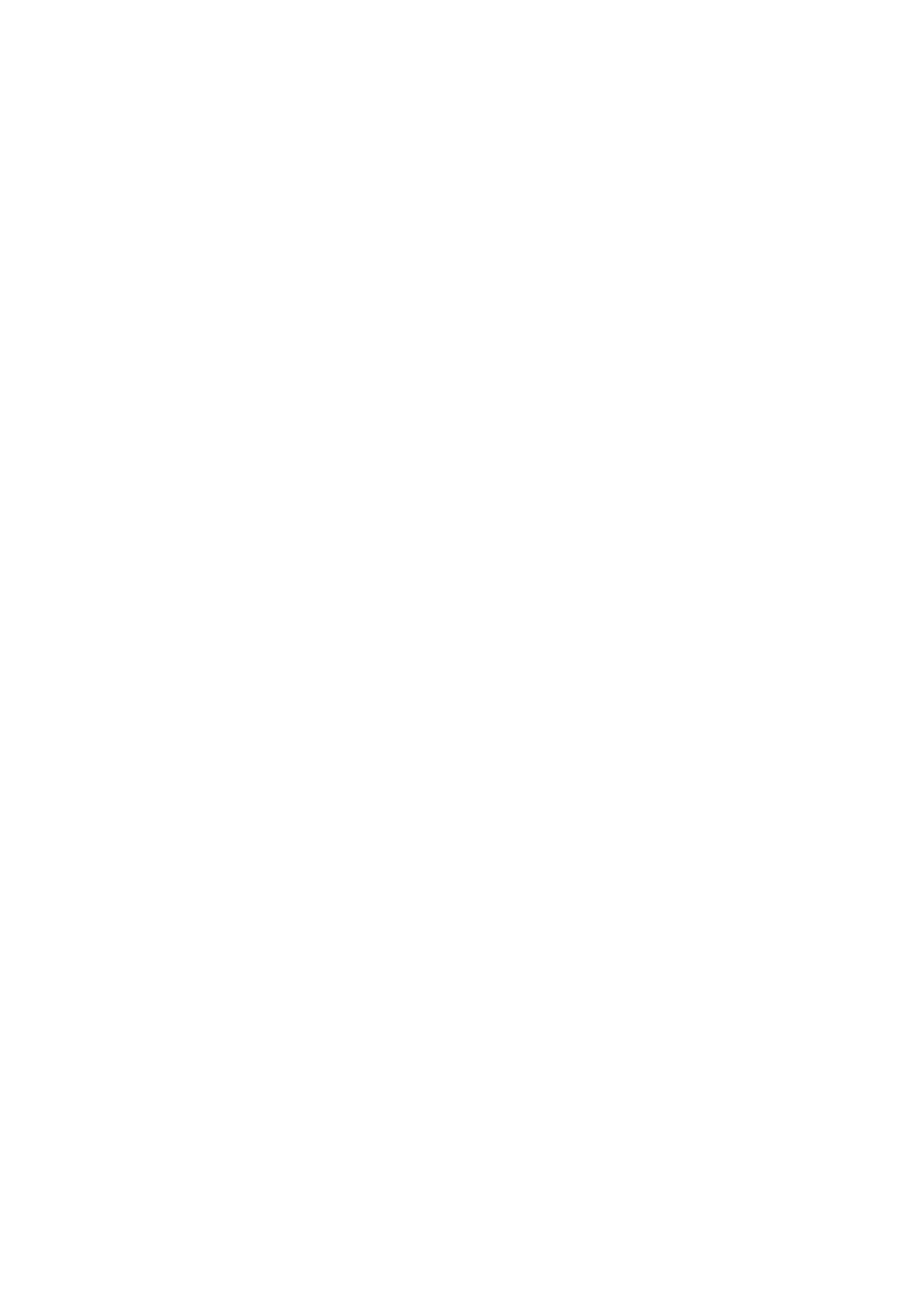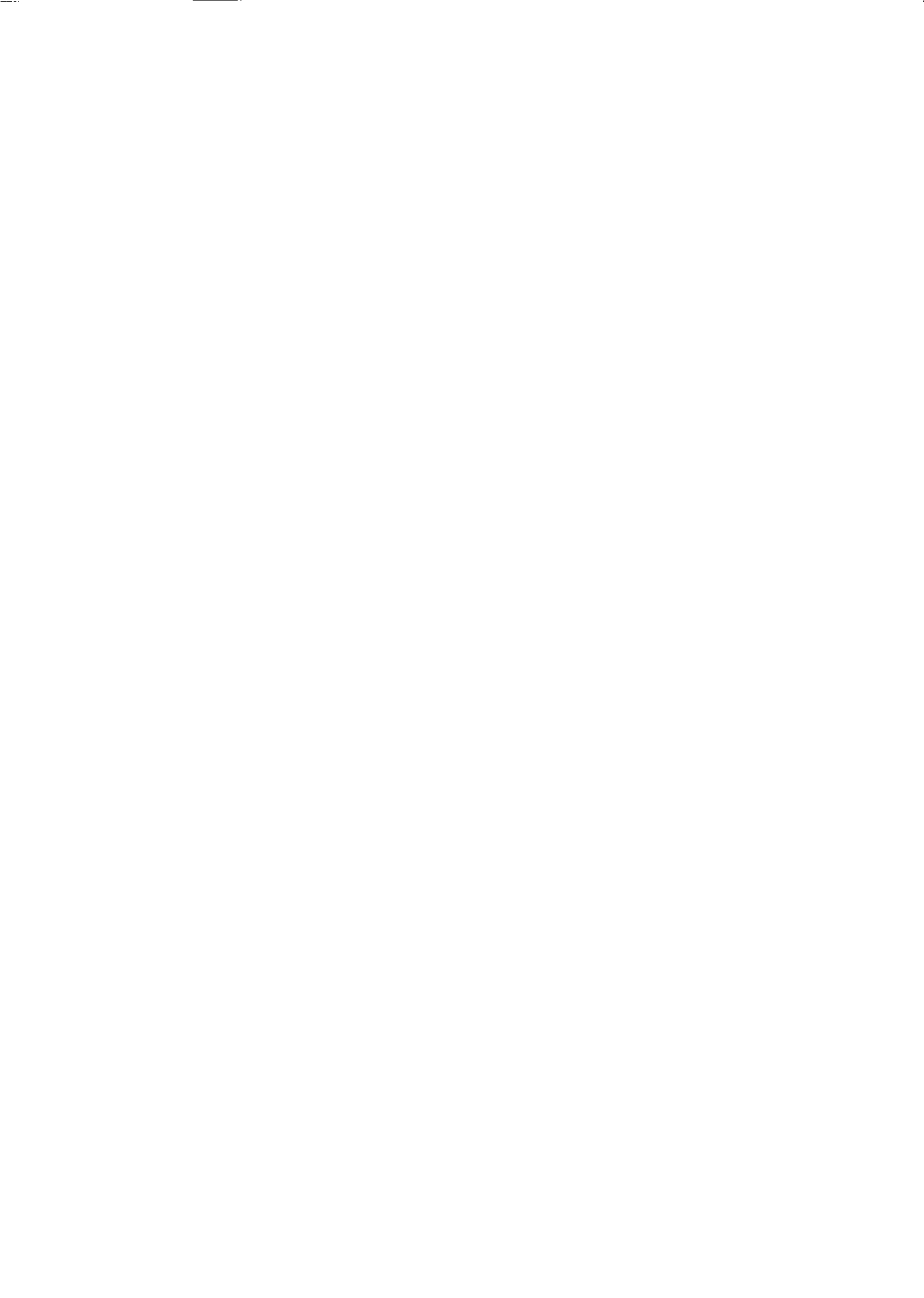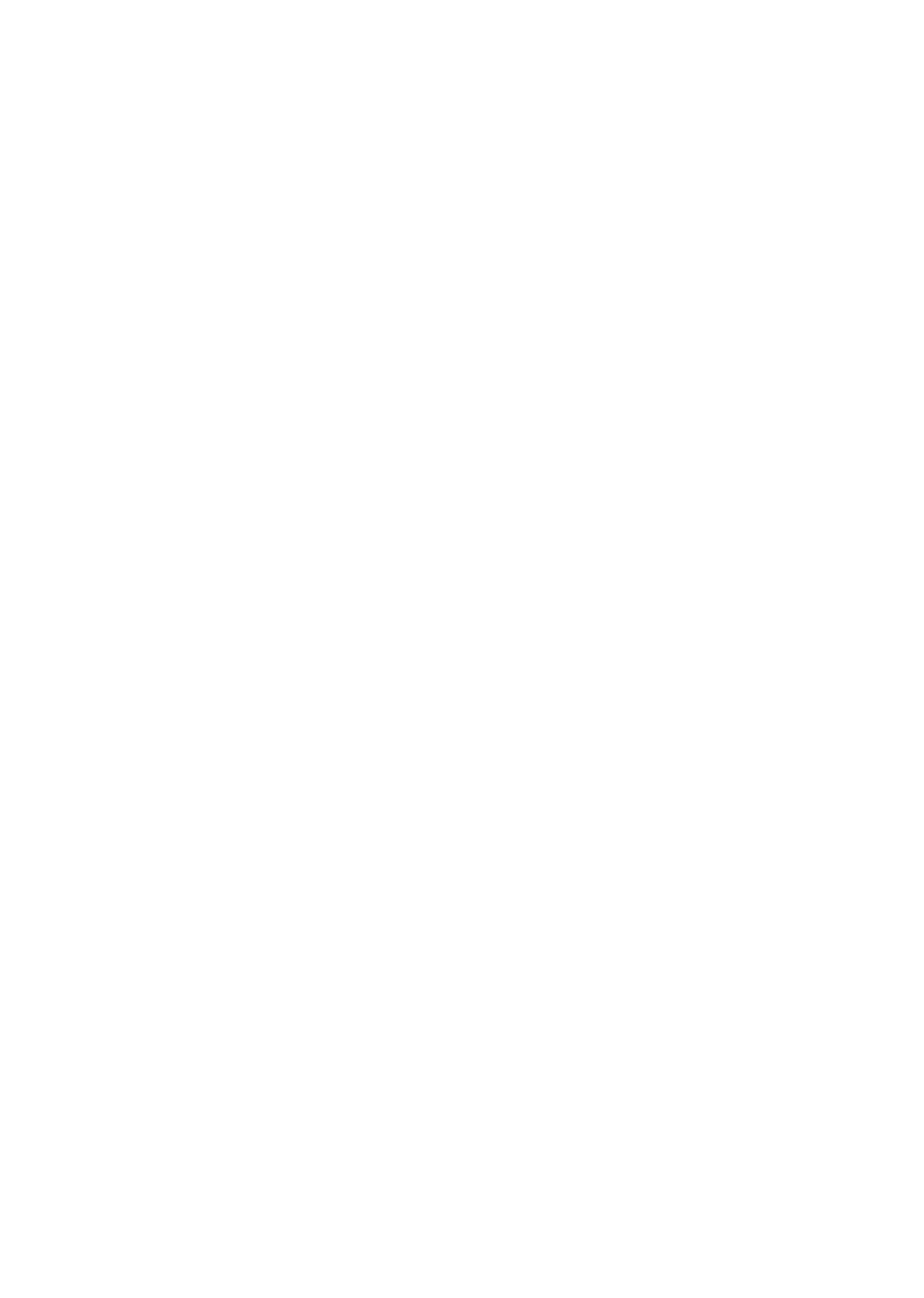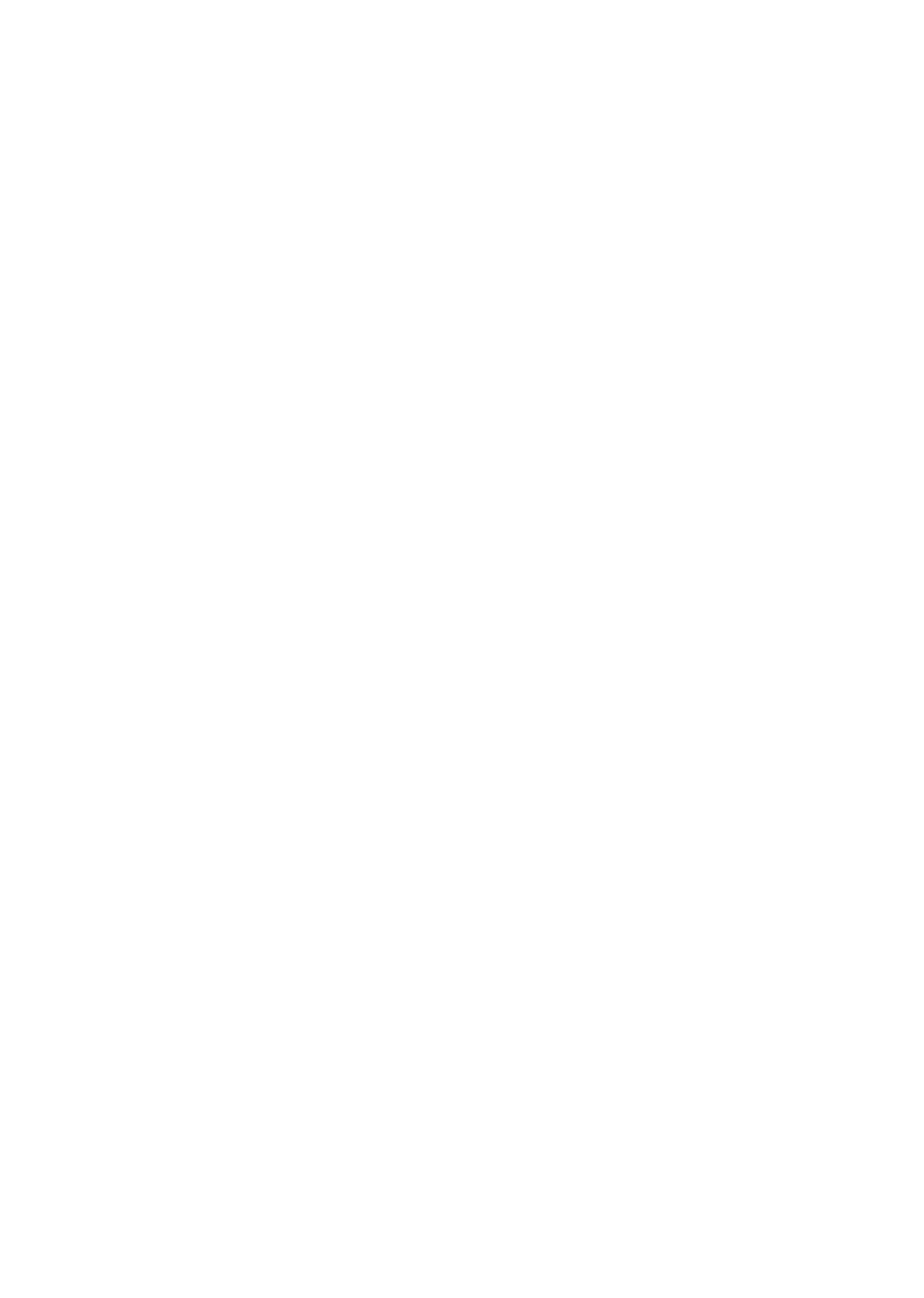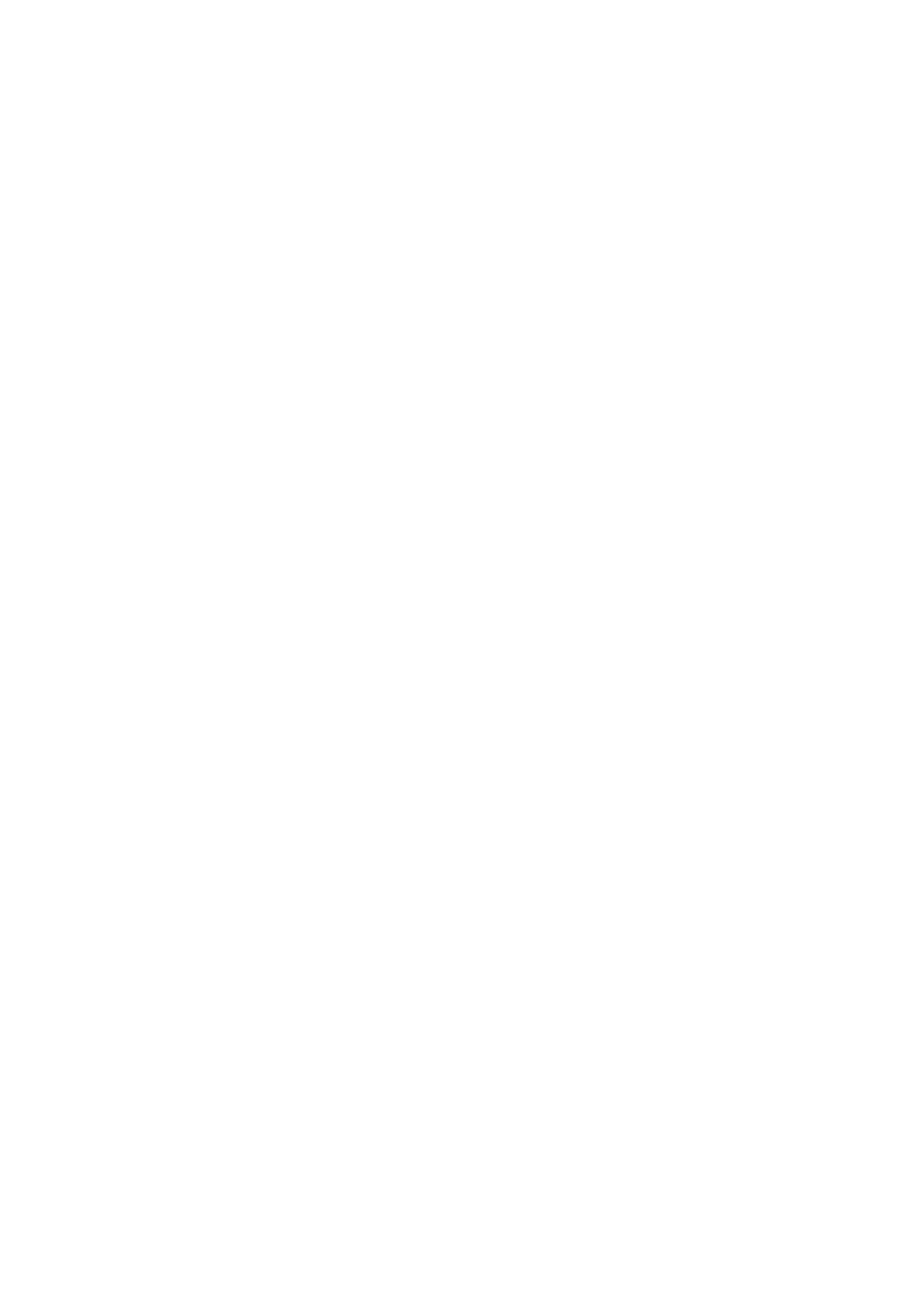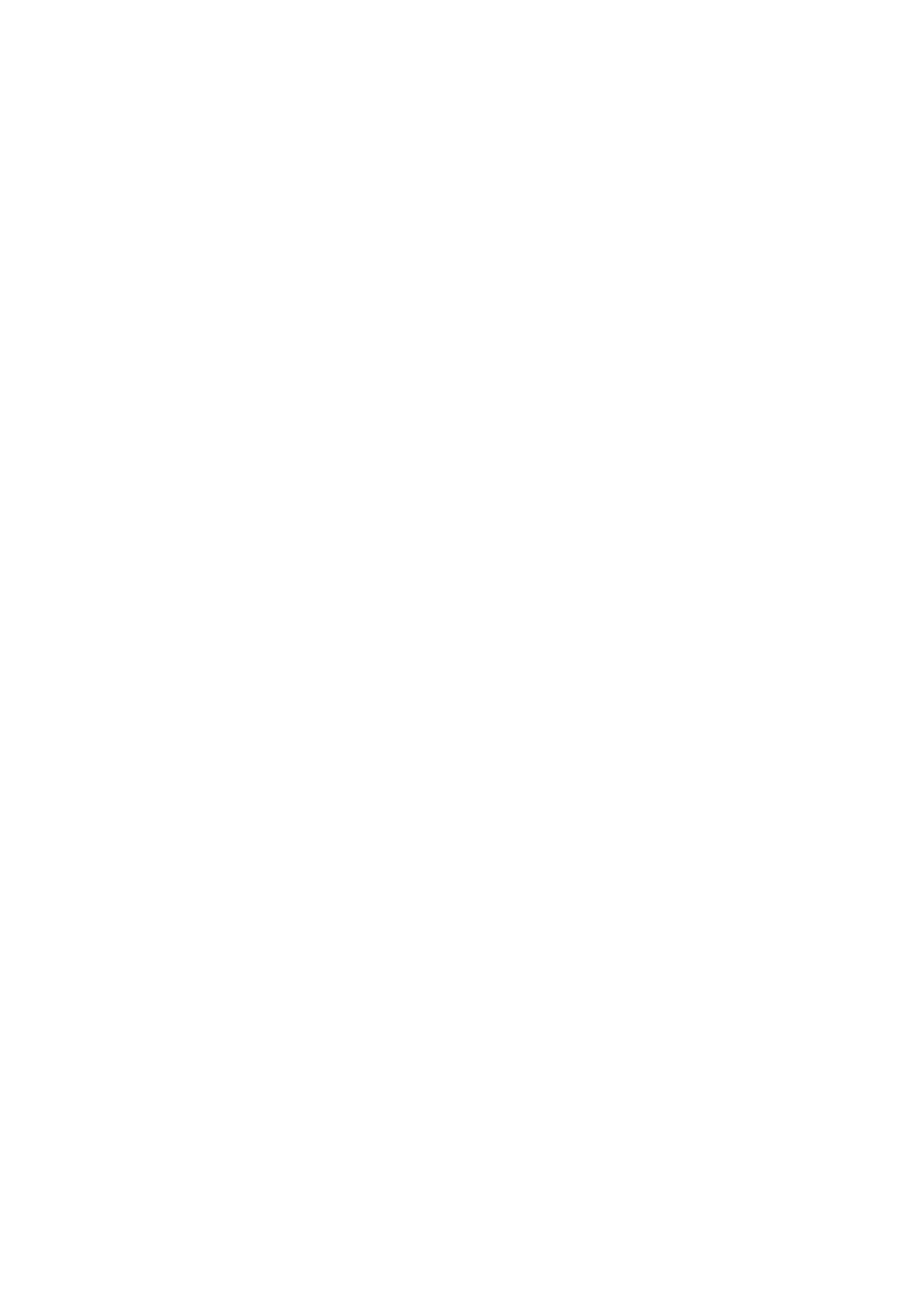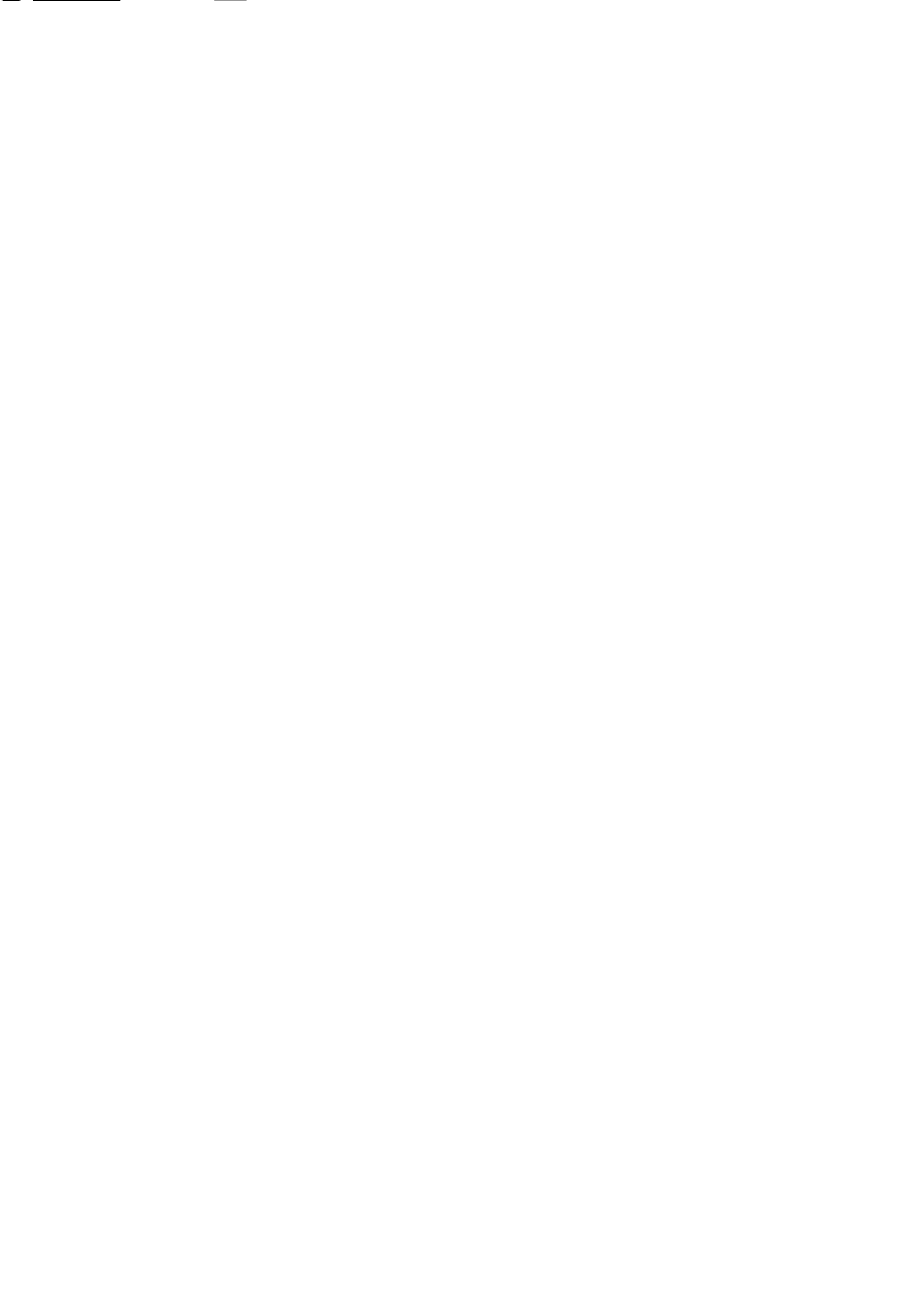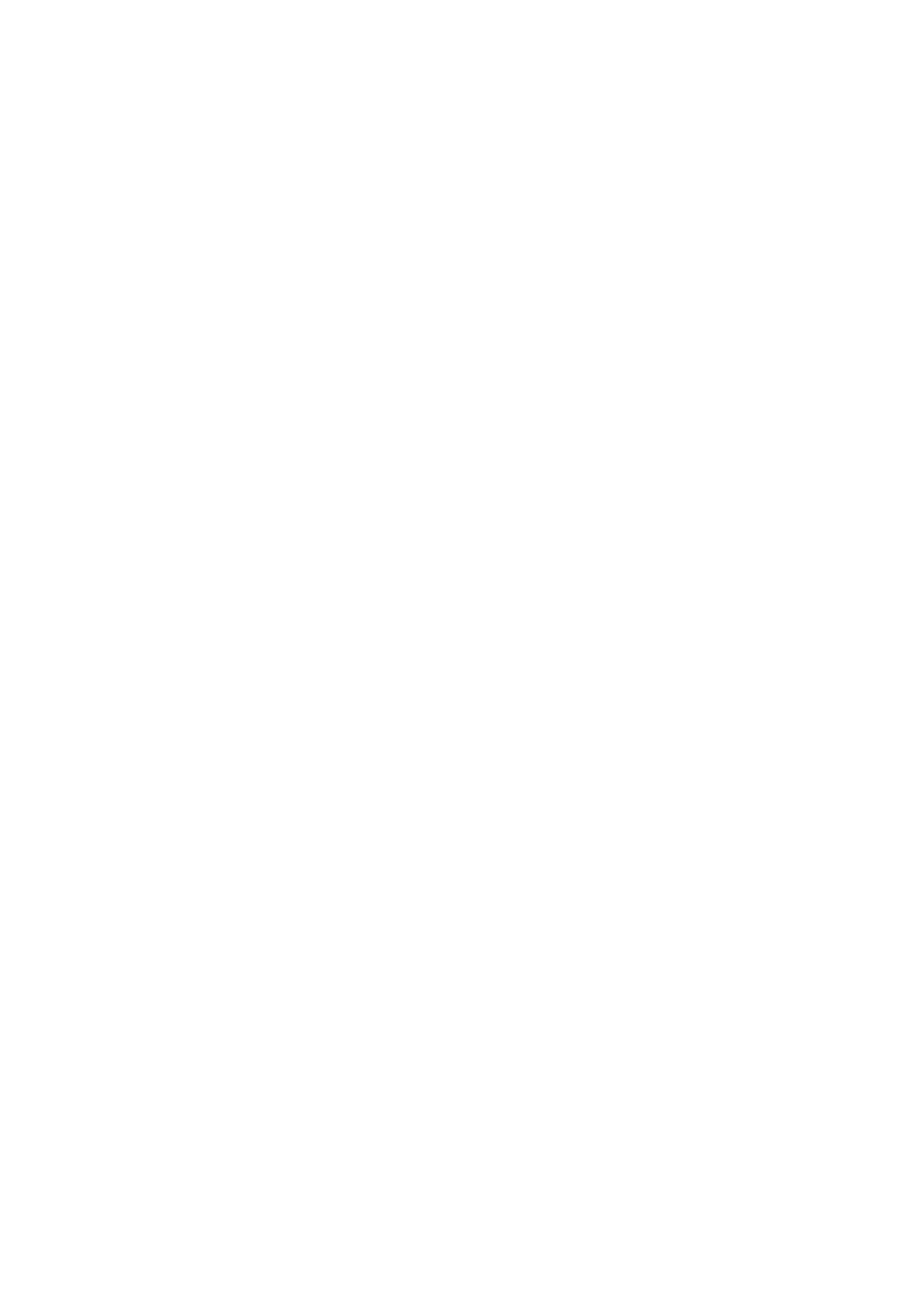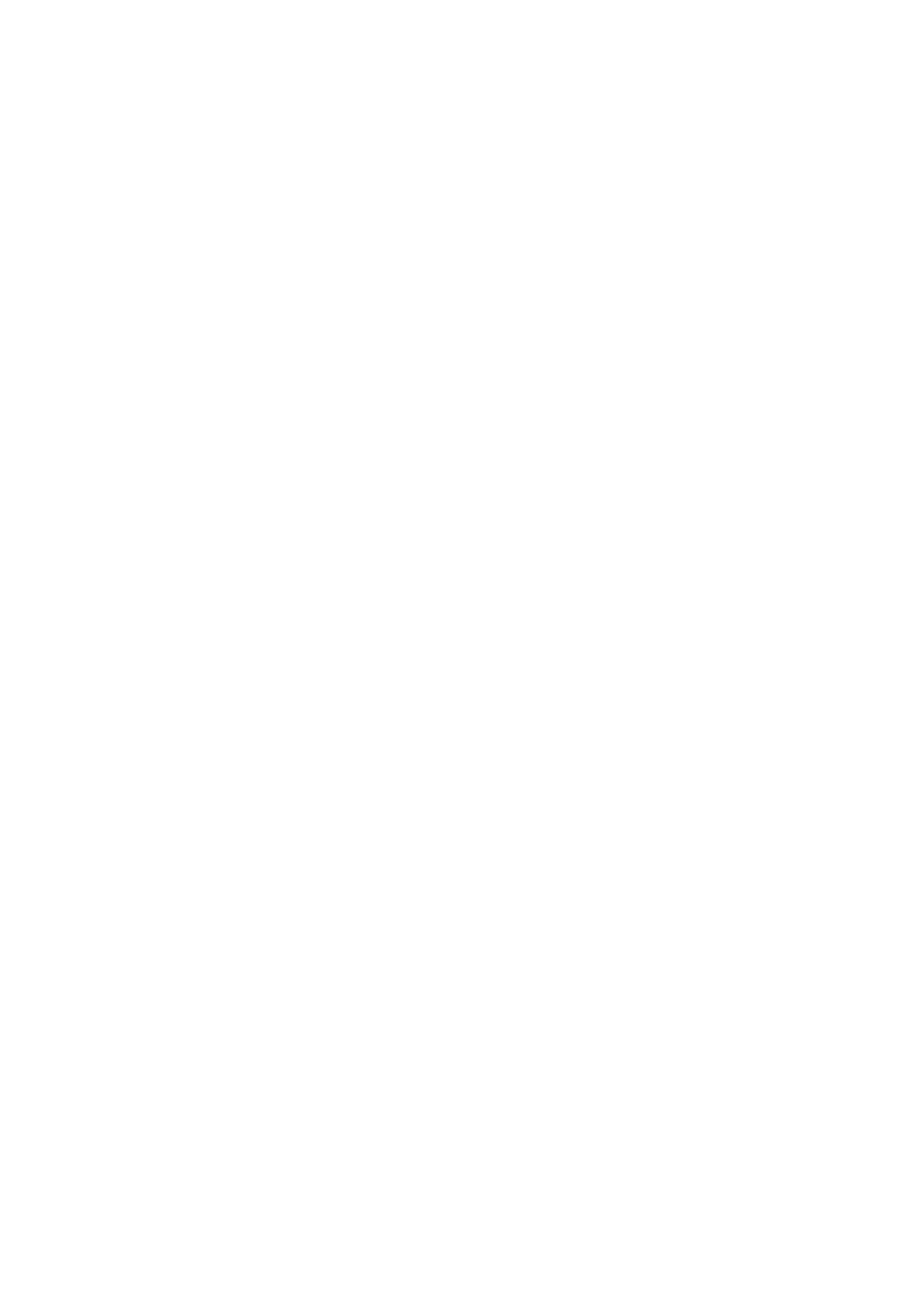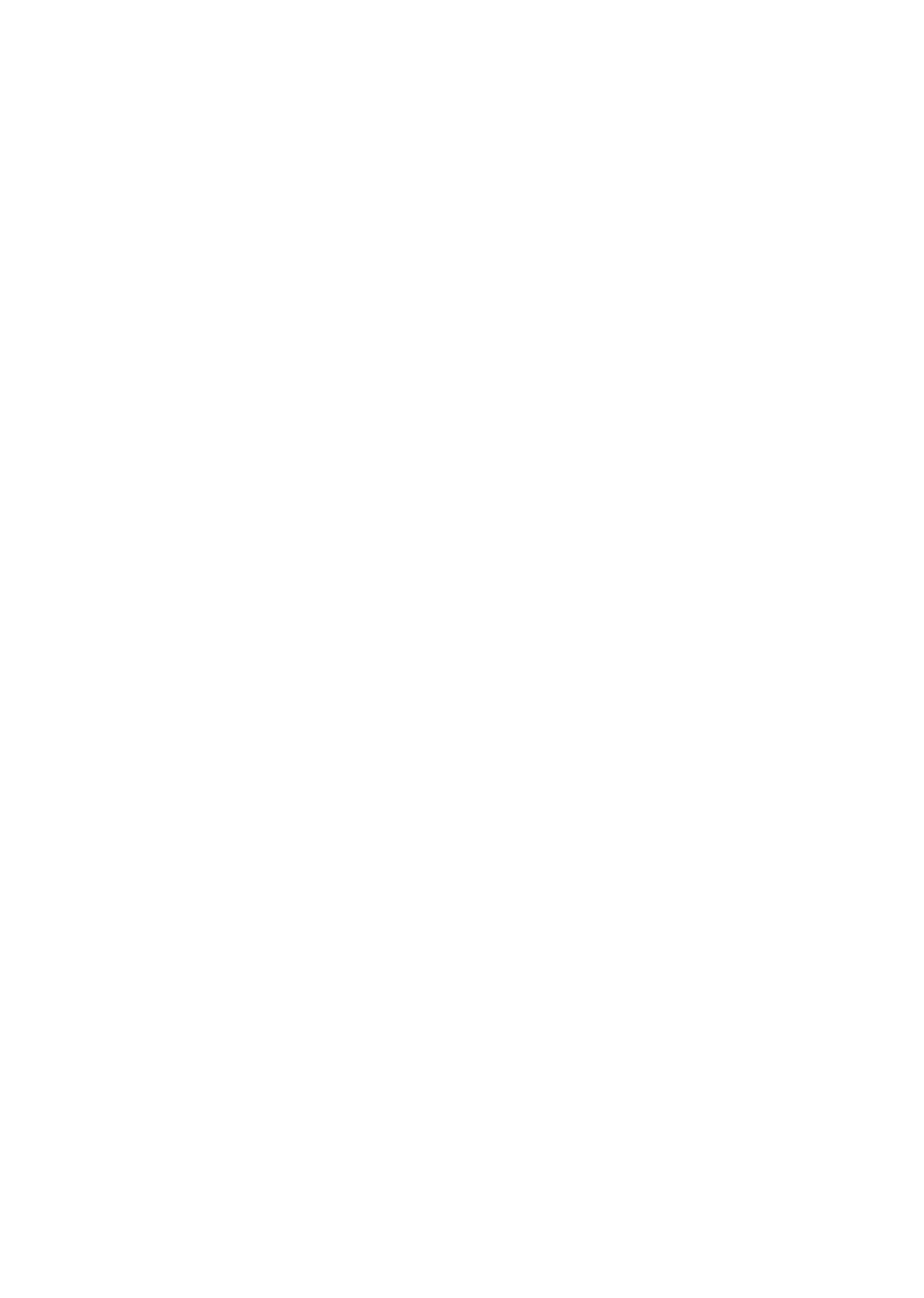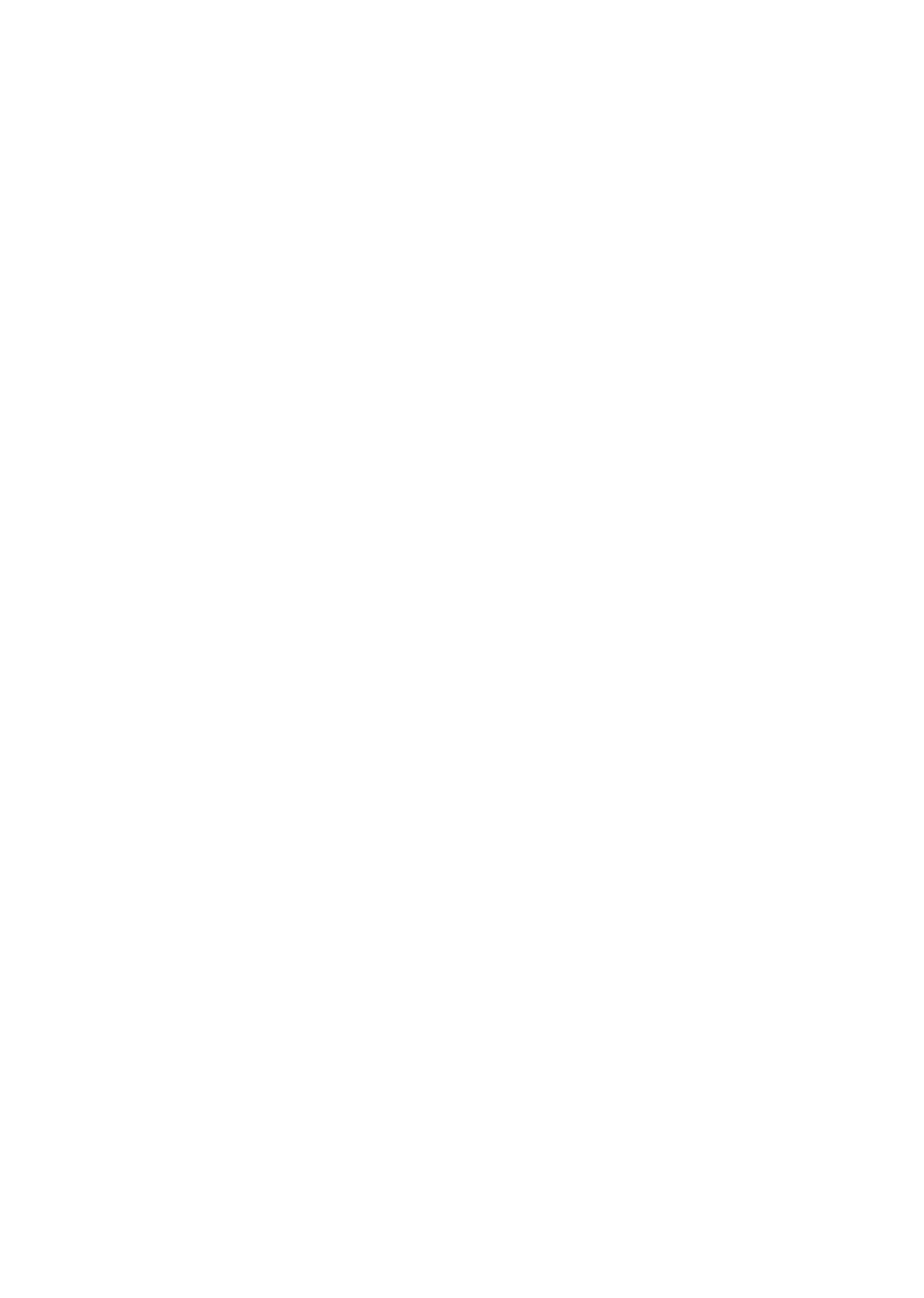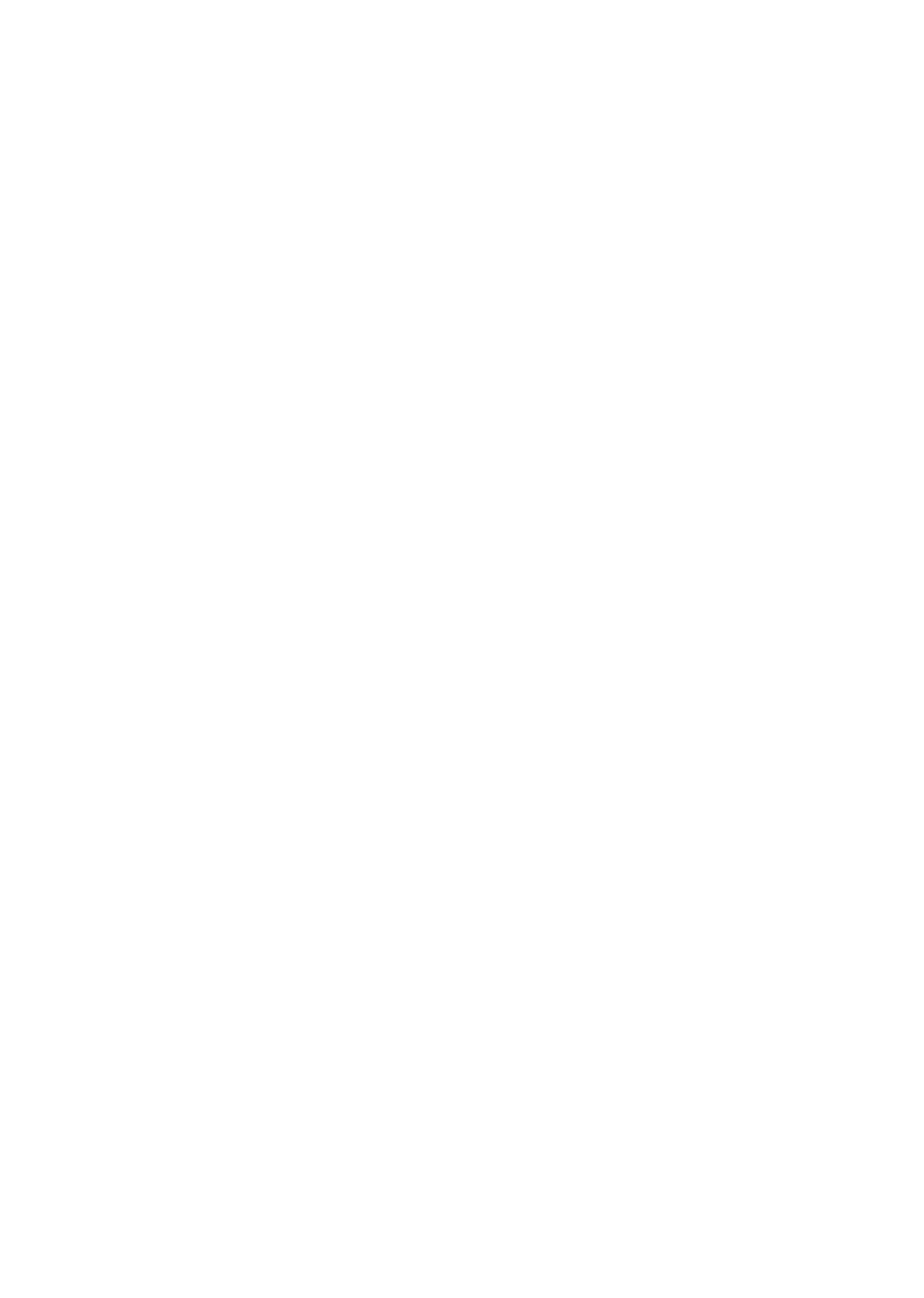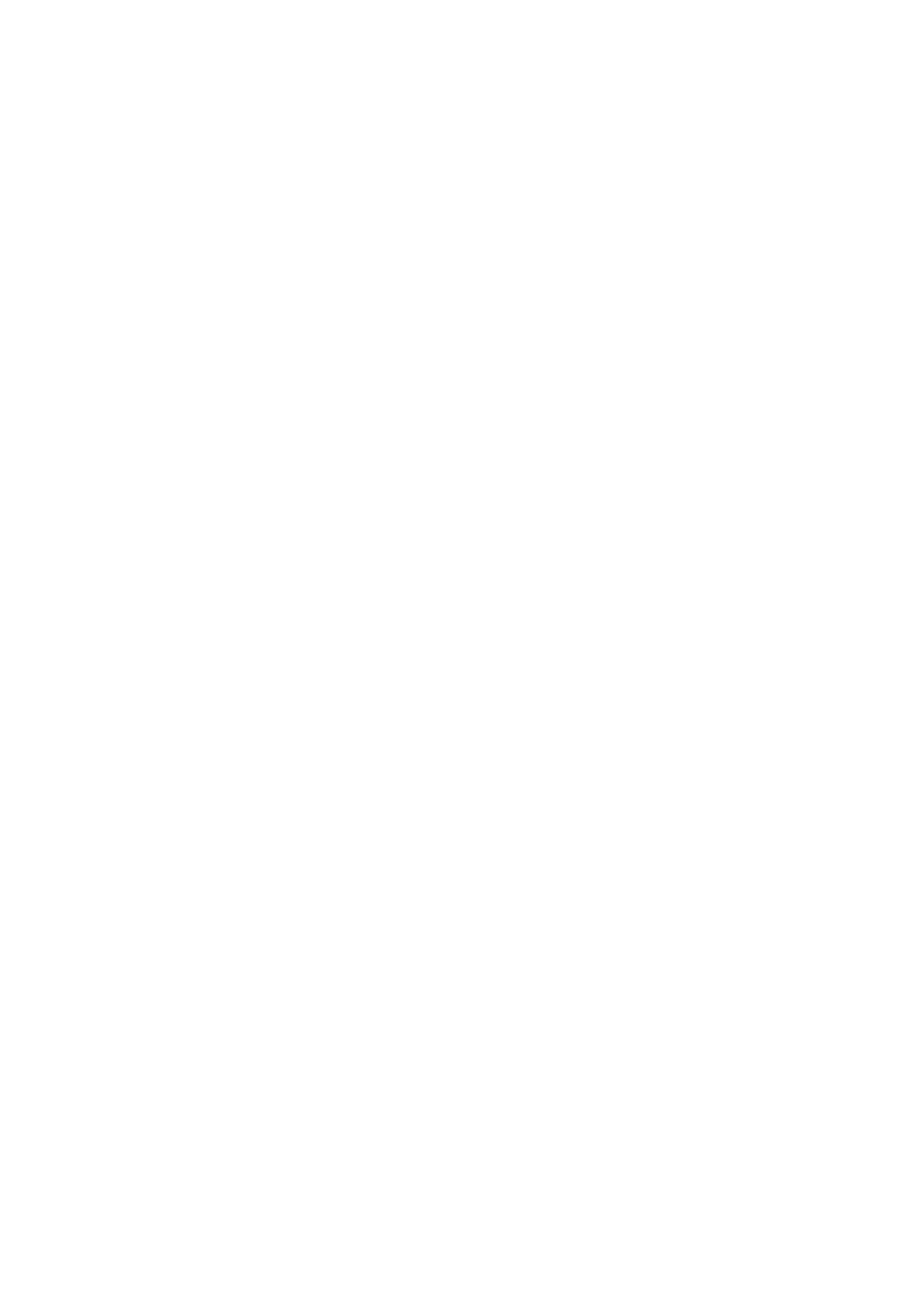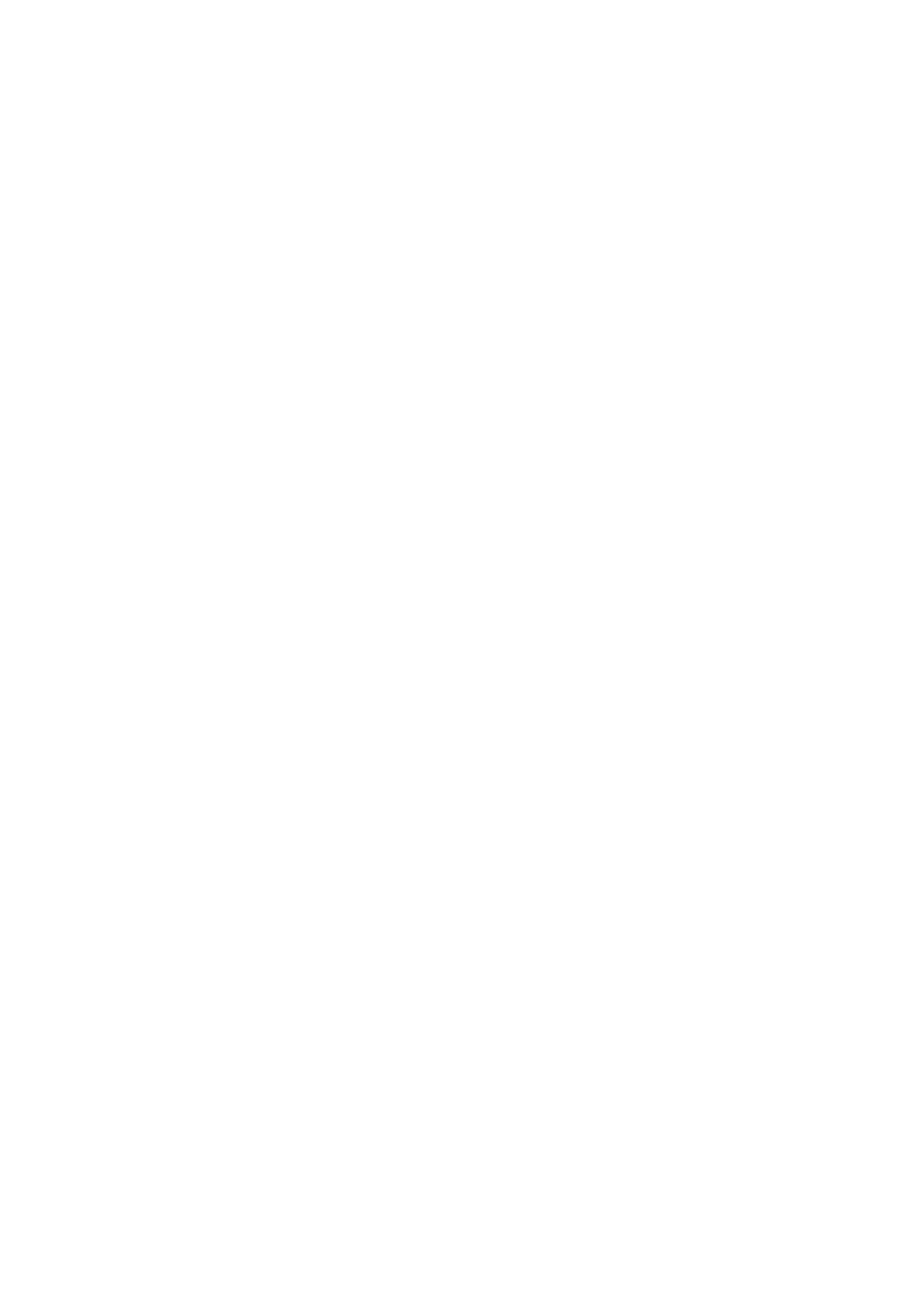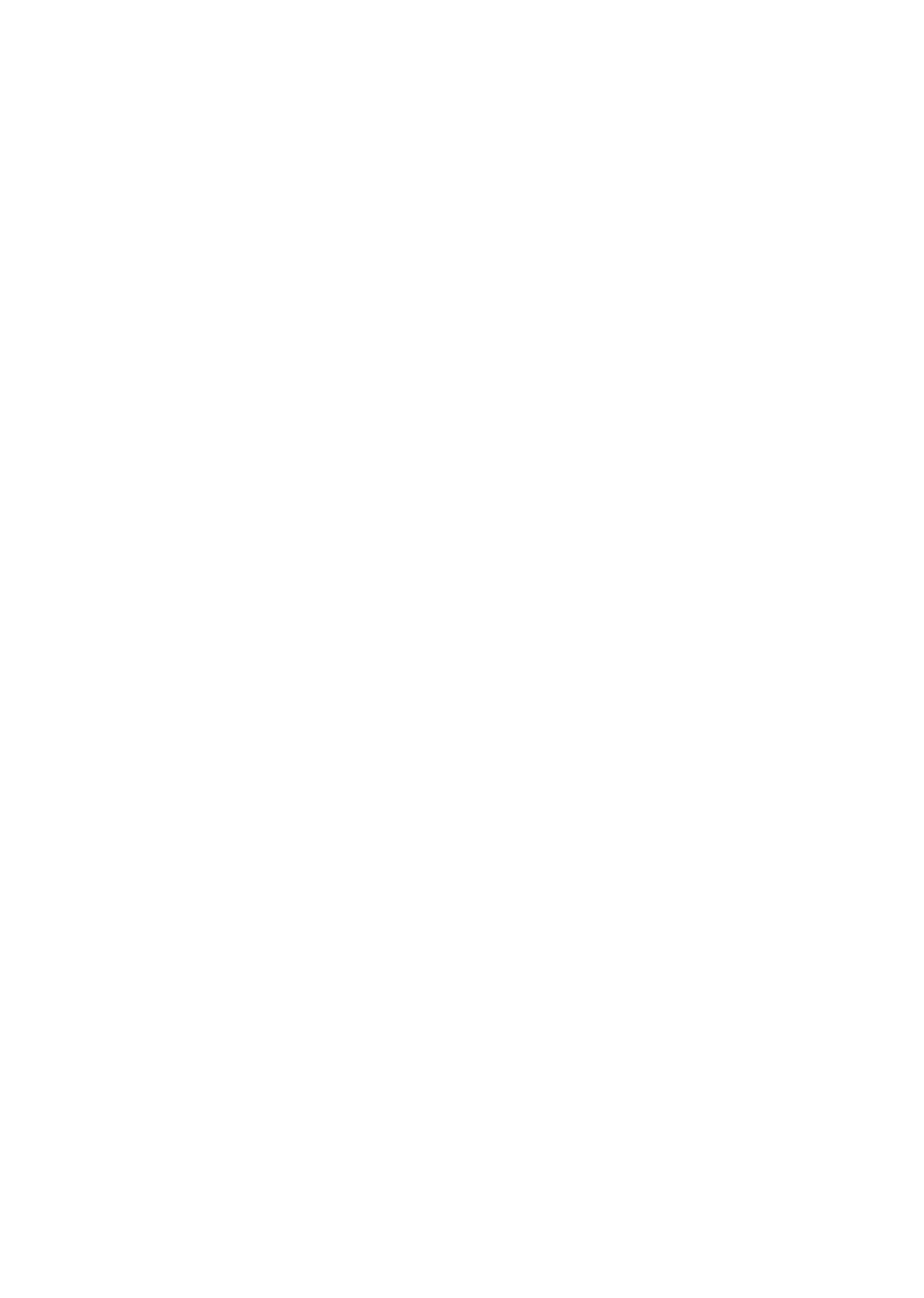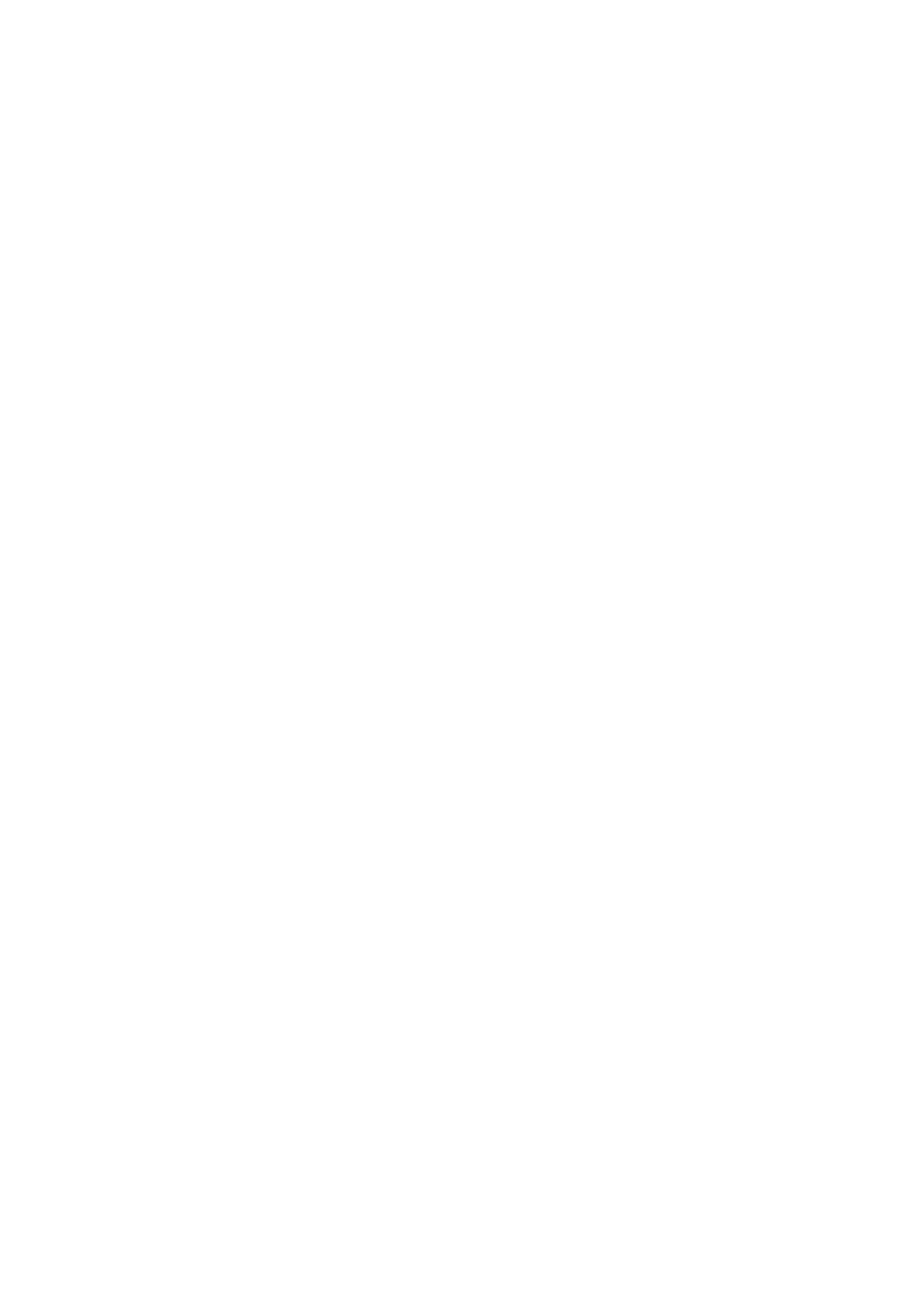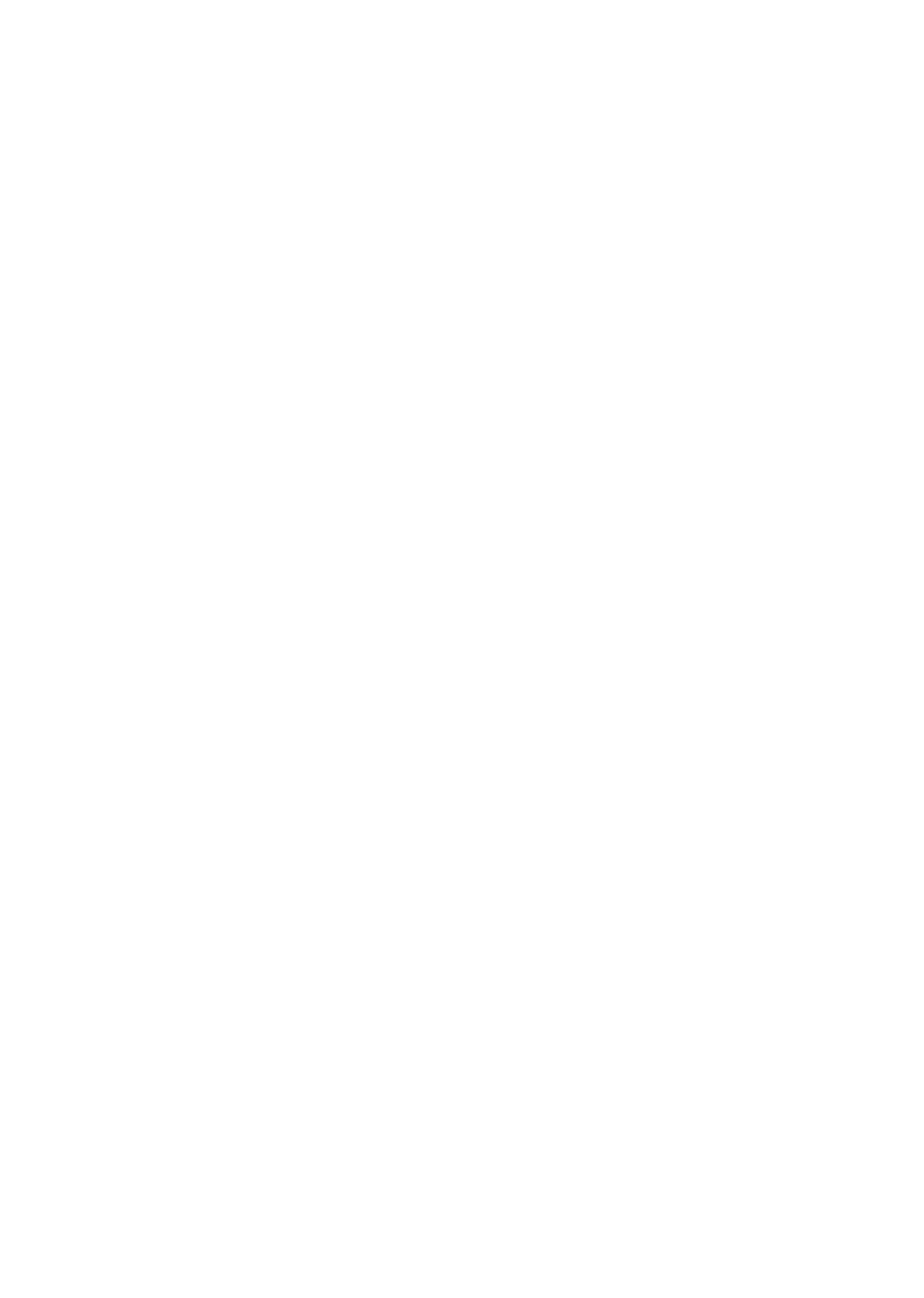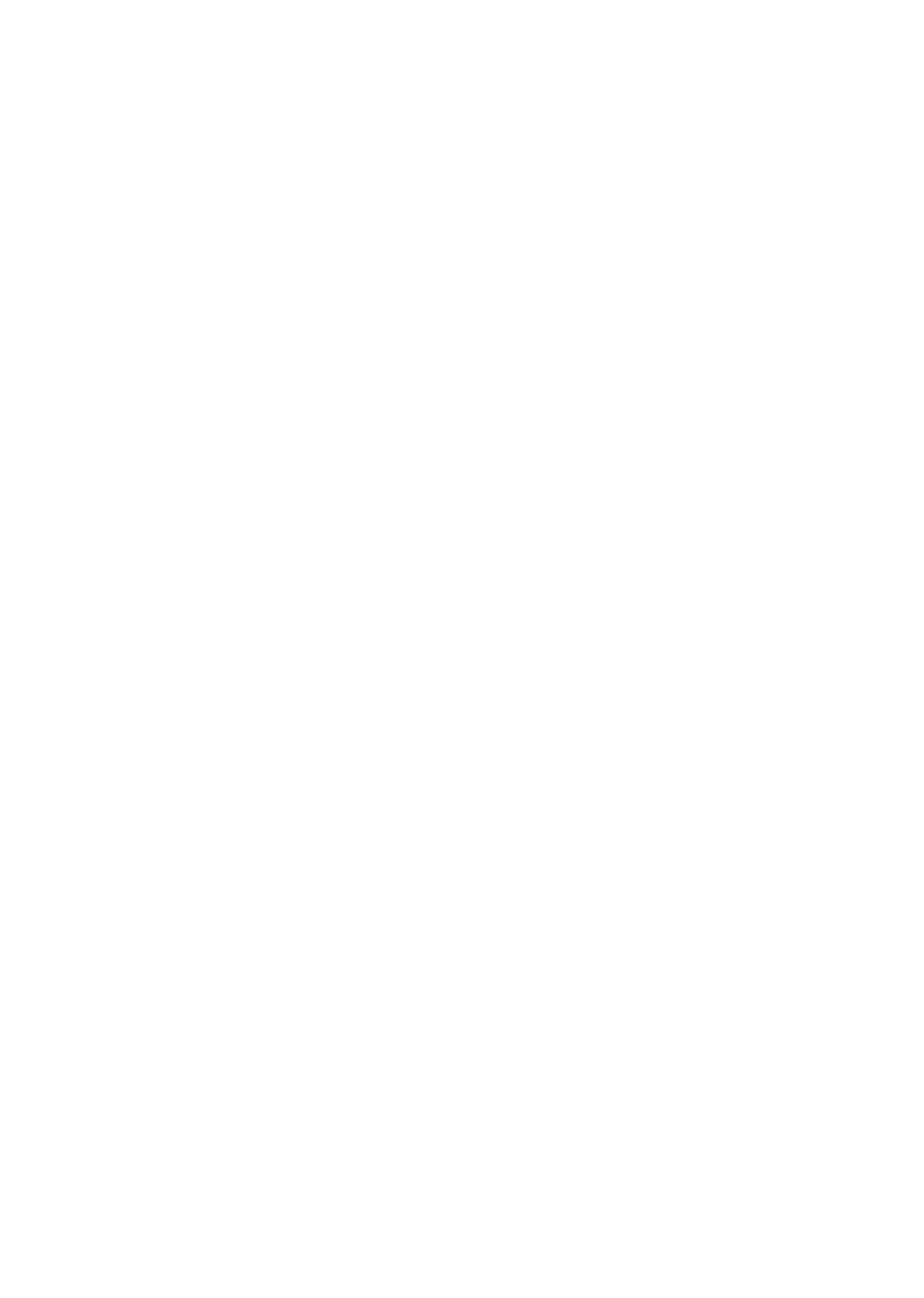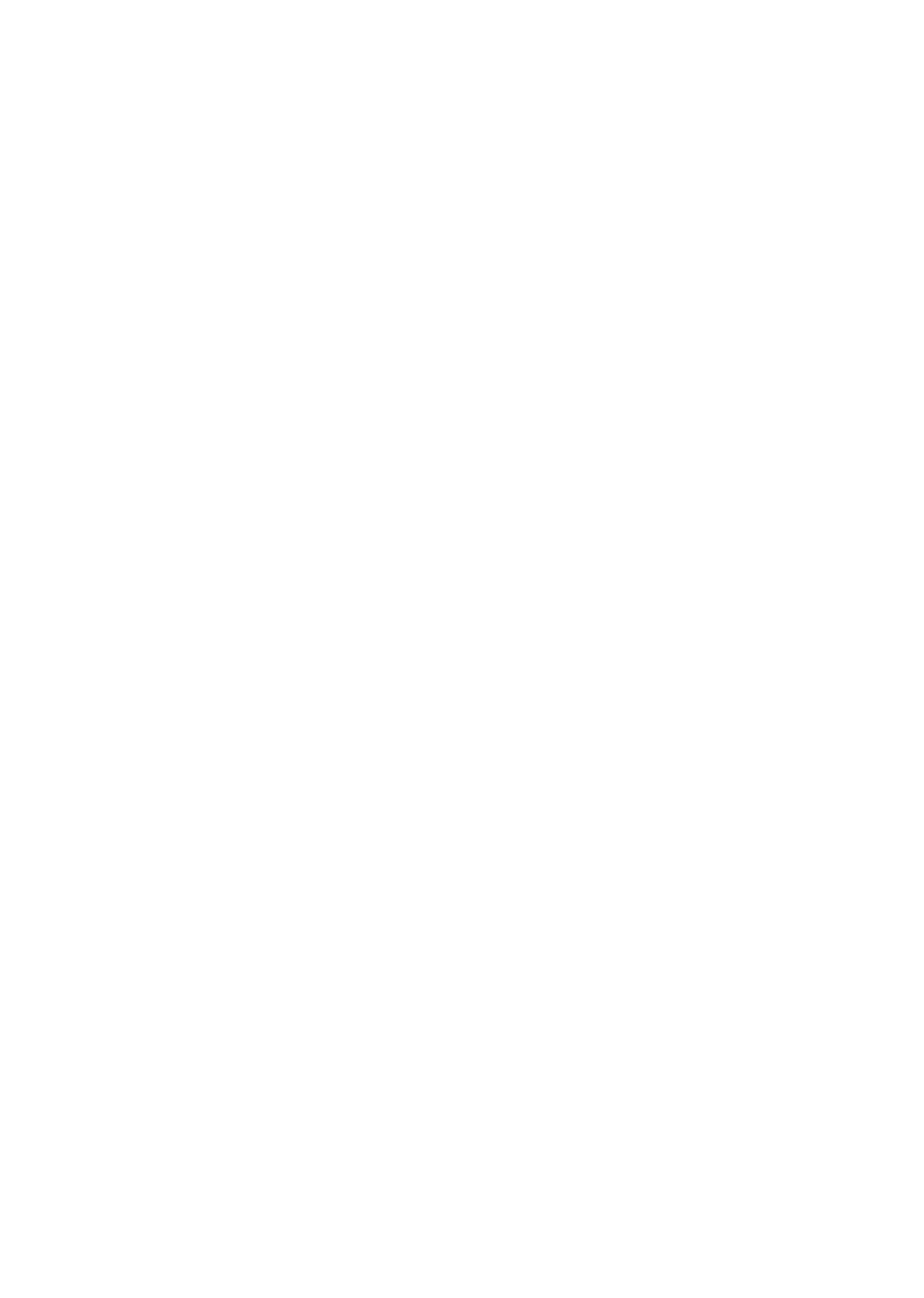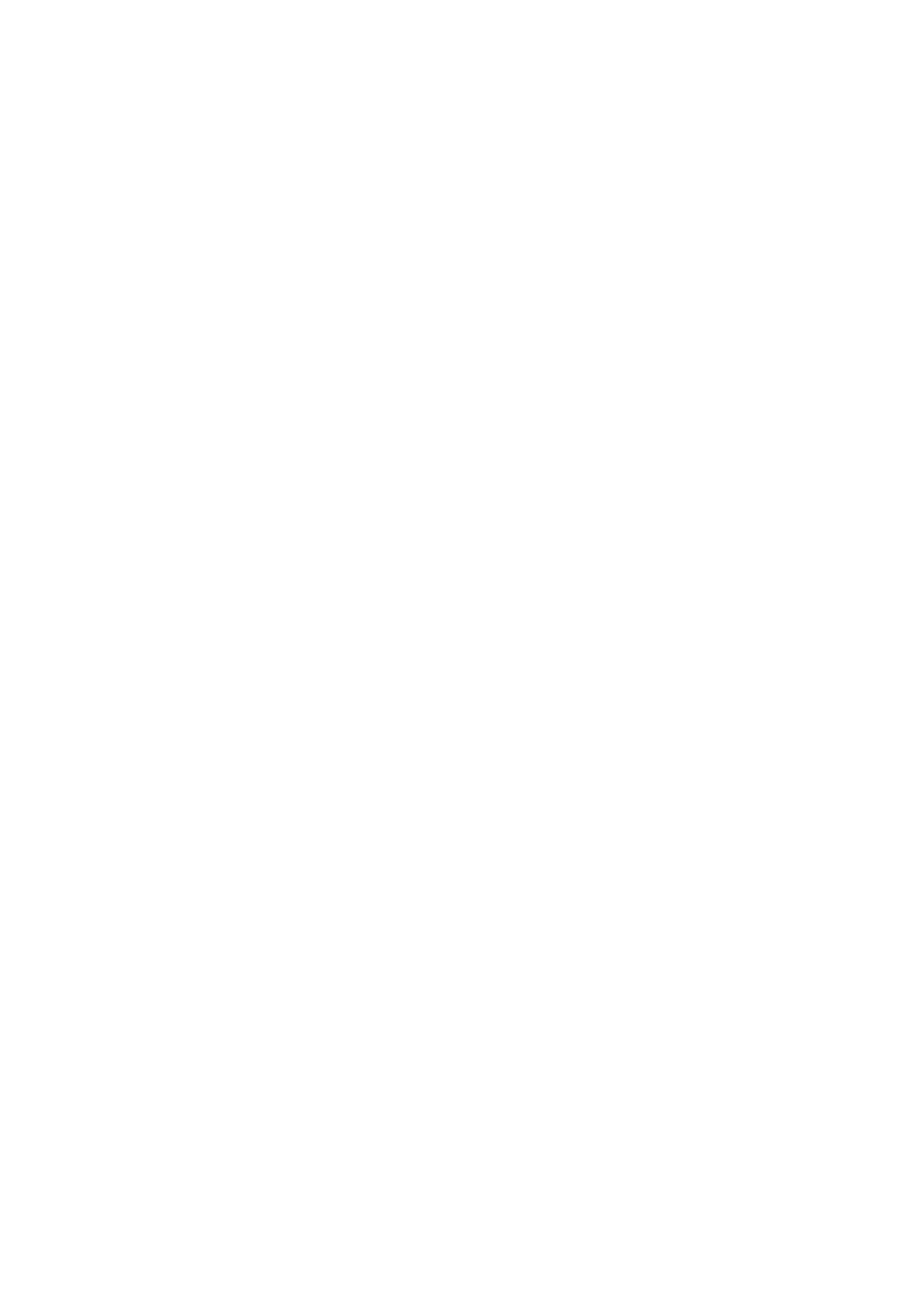BEFORE THE
CI FF~~’S
OFFICE
NIELSEN & BAINBRIDGE, LLC,
)
JAN O~2Oo3
Petitioner,
)
STATE OF ILLINOiS
)
2
nV
Pollution Control Board
v.
)
PCBOJ- lb
)
(CAAPP Permit Appeal)
ILLINOIS ENVIRONMENTAL
)
PROTECTION AGENCY,
)
)
Respondent.
)
NOTICE OF FILING
TO:
Dorothy M. Gunn, Clerk
Illinois Pollution Control Board
100 West Randolph Street
Suite 11-500
Chicago, Illinois 60601
(VIA
CERTIFIED MAIL
RETURN RECEIPT REQUESTED)
(PERSONS ON ATTACHED SERVICE LIST)
PLEASE TAKE NOTICE that I have today filed with the Office of the Clerk of
the Illinois Pollution Control Board an original and nine copies each of an ENTRY OF
APPEARANCE OF KATHERINE D. HODGE, ENTRY OF APPEARANCE OF N.
LADONNA DRIVER, PETITION FOR REVIEW and MOTION TO STAY
EFFECTIVENESS OF CAAPP PERMIT, copies of which are herewith served upon
you.
Respectfully submitted,
NIELSEN & BAINBRIDGE, LLC,
Petitioner,
By:________
Dated: January 7, 2003
One of Its Attorneys
Katherine D. Hodge
N. LaDonna Driver
HODGE DWYER ZEMAN
3150 Roland Avenue
Post Office Box 5776
Springfield, Illinois
62705-5776
(217) 523-4900
)
THIS FILING SUBMITTED ON RECYCLED PAPER
CERTIFICATE OF SERVICE
I, Katherine D. Hodge, the undersigned, hereby certify that I have served the
attached ENTRY OF APPEARANCE OF KATHERINE D. HODGE, ENTRY OF
APPEARANCE OF N. LADONNA DRIVER, PETITION FOR REVIEW and MOTION
TO STAY EFFECTIVENESS OF CAAPP PERMIT upon:
Ms. Dorothy M. Gunn
Clerk of the Board
Illinois Pollution Control Board
100 West Randolph Street
Suite 11-500
Chicago, Illinois 60601
Julie K. Armitage, Esq.
Acting Deputy Counsel
Illinois Environmental Protection Agency
1021 North Grand Avenue East
Post Office Box 19276
Springfield, Illinois 62794-9276
by depositing said documents in the United States Mail, in Springfield, Illinois on
January 7, 2003.
Katherine D. Hodge
N!BA:OO1/FiI/NOF-COS
BEFORE THE IL I OI~PbLLUTION CONTROL BOARD
t
CE IV ED
(1
T~Q~(.ç
~~flrF
NIELSEN & BAINBRIDGE, LLC,
)
I/IA)
Petitioner,
))
Pollution
S~Aft
(iF
ControliLLiNOiSBoard
)
(CAAPP Permit Appeal)
ILLINOIS ENVIRONMENTAL
)
PROTECTION AGENCY,
)
)
Respondent.
)
ENTRY OF APPEARANCE OF KATHERINE D. HODGE
NOW COMES Katherine D. Hodge, of the law firm of HODGE DWYER
ZEMAN, and hereby enters her appearance on behalf of Petitioner, NIELSEN &
BAINBRIDGE, LLC.
Respectfully submitted,
NIELSEN & BAINBRIDGE, LLC,
Petitioner,
By:____
Katherine D. Hodge
Dated: January 7, 2003
Katherine D. Hodge
N. LaDonna Driver
HODGE DWYERZEMAN
3150 Roland Avenue
Post Office Box 5776
Springfield, Illinois 62705-5776
(217) 523-4900
NIBA:OO IfFil/EOA-KDH
I
H
BEFORE THE ILLñ4OI~
NIELSEN & BAINBRIDGE, LLC,
Petitioner,
)
)
ILLINOIS ENVIRONMENTAL
)
PROTECTION AGENCY,
)
)
v,
ROL BOARD CL~niq n~~rr
JAN 012003
STAm OF ILLINOIS
Pollution Con trol Board
)
PCBQ~-_‘Th’
)
(CAAPP Permit Appeal)
Respondent.
EP4TRY OF APPEARANCE OF
N. LADONNA DRIVER
NOW COMES N. LaDonna Driver, of the law firm of HODGE DWYER
ZEMAN, and hereby enters her appearance on behalf ofPetitioner, NIELSEN &
BAINBRIDGE, LLC
Respectfully submitted,
NIELSEN & BAINBRIDGE, LLC,
Petitioner,
By
:~2~24t1~ ~
N. LaDonna Driver
Dated: January 7, 2003
Katherine D. Hodge
N. LaDonna Driver
HODGE DWYER ZEMAN
3150 Roland Avenue
Post Office Box 5776
Springfield, Illinois 62705-5776
(217) 523-4900
)
)
NIBA:OO1/FiI/EOA-NLD
BEFORE THE ILLINOIS
~a
POLLUTION
Y~mL
CONTROL BOARD
IV
NIELSEN & BAINBRIDGE, LLC,
)
2Gu~
)
si-~
AlL
~
IL
v.
Petitioner,
))
PCB~2’-
9V
POlluti0~
)
(CAAPP Permit Appeal)
ILLINOIS ENVIRONMENTAL
)
PROTECTION AGENCY,
)
)
Respondent.
)
PETITION FOR REVIEW
NOW COMES, Petitioner, NIELSEN & BAINBRIDGE, LLC (hereinafter
“Nielsen & Bainbridge” or “Petitioner”), by and through its attorneys, HODGE DWYER
ZEMAN, pursuant to Section 40.2 ofthe Illinois Environmental Protection Act (415
ILCS 5/40.2) (“Act”) and 35 Ill. Admin. Code § 105.Subpart C, and petitions the Illinois
Pollution Control Board (“Board”) for review of the Clean Air Act Permit Program
(“CAAPP”) permit granted to Nielsen & Bainbridge by the Illinois Environmental
Protection Agency (“Illinois EPA”) pursuant to Section 39.5 of the Act on December 3,
2002.
In support thereof, Nielsen & Bainbridge states as follows:
1.
Nielsen & Bainbridge owns and operates a Plastic Foam Products
Manufacturing Facility in Bridgeview, Illinois, which is classified as a “major source” for
purposes of Title V of the Clean Air Act and Section 39.5 of the Act.
2.
Pursuant to Section 504 of the Clean Air Act (42 U.S.C. § 766 lb(c)) and
Section
39.5(5)
of the Act, Nielsen & Bainbridge’s predecessor, Creative Industries,
submitted an application for a CAAPP permit for its Bridgeview, Illinois facility to the
Illinois EPA on December 7, 1995. Thereafter, Nielsen & Bainbridge submitted several
supplements updating the initial application.
3.
On or about September 18, 2002, Illinois EPA sent to public notice a
proposed CAAPP permit for this facility and also provided a copy of the proposed permit
to the United States Environmental Protection Agency (“USEPA”).
4.
During the 45-day comment period provided pursuant to Section 505d of
the Clean Air Act (42 U.S.C. § 7661d) and Section 39.5 (8) and (9) of the Act, Illinois
EPA received no written objection from the USEPA and, with the exception ofNielsen &
Bainbridge’s comments (which are attached hereto as Exhibit A), received no comments
from the public or any “affected states.”
5.
On December 3, 2002, Illinois EPA granted a final CAAPP permit for thc
Nielsen & Bainbridge Bridgeview facility. (The December 3, 2002, permit is attached
hereto as Exhibit B.) The Illinois EPA erred in establishing the “applicability provisions
and applicable regulations” in Section 7.1.3 of the CAAPP permit, and the related ERMS
ATU allotment and baseline determination in Section 6. 8 ofthe CAAPP permit. (See
Section 7.1.3 and Section 6.8 ofExhibit B.) The Illinois EPA’s determinations in these
conditions are neither supported in the record before the Illinois EPA in this matter nor
by applicable law and regulation.
6.
In light ofthese errors, the CAAPP permit does not reflect the appropriate
applicable requirements or the correct ATU allotment for the Bridgeview facility, and
thus is not “consistent with the Clean Air Act and regulations promulgated thereunder
and this Act and regulations promulgated thereunder.” Such conditions are not required
to “accomplish the purposes and provisions ofthis Act and to assure compliance with all
2
applicable requirements.” As such, Illinois EPA has exceeded its authority and imposed
conditions that violate Section 39.5 of the Act.
WHEREFORE, Nielsen & Bainbridge petitions the Board for a hearing on the
Illinois EPA’s action to issue this CAAPP with the above-referenced erroneous
conditions. And, as set forth in the accompanying Motion to Stay Effectiveness of
CAAPP Permit, Nielsen & Bainbridge requests that the effectiveness ofthe CAAPP
permit be stayed until the Board’s final determination in this matter.
Respectfully submitted,
NIELSEN & BAINBRIDGE, LLC,
Petitioner,
By:________
One of Its Attorneys
Dated: January 7, 2003
Katherine D. Hodge
N. LaDonna Driver
HODGE DWYER ZEMAN
3150 Roland Avenue
Post Office Box 5776
Springfield, Illinois 62705-5776
(217) 523-4900
NIBA:OO1/FiI/Petition for Review
3
rmnC\~
Ii f\ fl
~T
H I \
cIFRwS OFI’!C
JPN 0 9 /003
BEFORE THE ILLINOIS POLLUTION CONTROL BOARD ~ IA1 E OF ILLIN
Pollution Control Board
NIELSEN & BAINBRIDGE, LLC,
)
)
Petitioner,
v.
))
(CAAPPPCBO3-Permit
~1
Appeal)
g
ILLINOIS ENVIRONMENTAL
)
PROTECTION AGENCY,
)
)
Respondent.
MOTION TO STAY EFFECTIVENESS OF CAAPP PERMIT
Petitioner, NIELSEN & BAINBRIDGE, LLC (“Nielsen & Bainbridge”), by and
through its attorneys, HODGE DWYER ZEMAN, hereby moves the Board to stay the
effectiveness ofNielsen & Bainbridge’s Clean Air Act Permit Program (“CAAPP”)
permit in this matter, pursuant to 35 Ill. Adm. Code 105.304(b).
In support thereof, Nielsen & Bainbridge states as follows:
1.
On December 3, 2002, the Illinois Environmental Protection Agency
(“Illinois EPA”) issued a final CAAPP permit (No. 95120122) for Nielsen &
Bainbridge’s Bridgeview, Illinois facility;
2.
Today, January 7, 2003, Nielsen & Bainbridge has filed a Petition for
Review in order to preserve its right to appeal in this matter;
3.
A stay of effectiveness of the CAAPP permit is needed to prevent
irreparable harm to the Petitioner and to protect a certain and clearly ascertainable right
of the Petitioner, the right to appeal permit conditions.
4.
The Illinois EPA, the public, and the environment will not be harmed if a
stay is granted.
WHEREFORE, the Petitioner moves the Board to grant a stay of effectiveness of
Nielsen & Bainbridge’s CAAPP permit until the Board’s final action in this matter.
Respectfully submitted,
NIELSEN & BAINBRIDGE, LLC,
Petitioner,
By:________
On of Its Attorneys
Dated: January 7, 2003
Katherine D. Hodge
N. LaDonna Driver
HODGE DWYER ZEMAN
3150 Roland Avenue
Post Office Box 5776
Springfield, Illinois 62705-5776
(217) 523-4900
NIBA:OOi/FiI/Motion to Stay
2
JNielsenBainbriuga
______________
Neal
1Z06E6E6O1
Day Air Trac3,Ing Number
10073986
October 18, 2002
Bridgeview,
830!
FAX
5
708-598-4207708.598-4200illinois
77ih
Avenue60455
Mr. Bradley Frost
Illinois EPA
Division ofAir Pollution Control- Permit Section
P.O. Box 19506
Springfield, 1
62794-9506
Re:
Nielsen & Bainbridge (Source ID# 03102 7ABS)
Dear Mr. Frost:
By this letter, the authorized representative ofthe above-referenced source requests
that the Illinois EPA consider the pending CAAPP application to be a joint Title I!
CAAPP permit application. The information contained in the CAAPP application is the
current and accurate information for the source.
In cases where we are requesting a new emission limit or an emission limit greater
than that in an
existing construction permit, we have included an Attachment A which
addresses applicability, and compliance where determined applicable, of relevant Title I
provision, i.e.
40
CFR
52.21- Federal Prevention of Significant Deterioration (PSD) and
35 Ill. Adm.
Code Part 203- Major Stationary Sources Construction and Modification.
In addition, we agree to waive the time frames contained in Section 39 ofthe Illinois
Environmental Protection Act for processing ofthe Title I permit, and agree that Illinois
EPA may process this request for a combined Title
IICAAPP permit within the time
frames required for CAAPP permit issuance.
This letter is in response to the Public Notice of the Draft Permit and the related
correspondence from Dan Punzak on September 26, 2002 regarding the proposed permit
conditions contained in our CAAPP application. You have indicated that if Nielsen &
Bainbridge wishes to modify conditions from a draft permit (carried over from a former
permit) that a letter be sent
to your office. Specifically, you highlighted that two phrases
in the “Proposed Permit Conditions” found in
our
application were inconsistent.
Para. 2: “Nielsen & Bainbridge is currently preparing a Compliance Plan...” and Item
#1: “The facility shall be in compliance so long as the annual...”
We note that a proposed Compliance Plan was included in the revised application (page
131). The draft permit preparedby the IEPA did not include a reference to the proposed
plan, and we have not yet received a formal response from the EPA enforcement group.
A meeting has been scheduled with your office to discuss the outstanding issues on
October 24, 2002, and based on your e-mail to Kathy Hodge on October 2, 2002 we are
of the understanding that additional modifications can be requested shortly after the
Mit BRADLEY FROST
—2
RE: NIELSEN
&
BI4INBRJDGE
OcToBER18,
2002
meeting. The Proposed Permit Conditions included on page 66 of the application are
based on establishing parameters that are measurable and reportable on a routine basis;
by using these parameters Nielsen & Bainbridge would be in compliance with the
emissions limits detailed in the application.
We understand that additional issues must be resolved through the IEPA enforcement
group, hence our desire to agree on a proposed Compliance Plan. Please note that the
need for VOM emissions controls will be based on the completion of one of the tasks in
the proposed compliance plan, i.e. the determination of grinding emissions that are
actually subject to the control requirements from the grinding of scrap from the
manufacture of foam containers. We have provided an explanation of our understanding
of the Section 218, Subpart PP exemption beginning on page 62 of the permit amendment
application.
The following is a list of our remaining comments on the draft permit. Note that we have
also made suggested edits within an electronic copy ofthe document itself The edits
clearly show both the original language and the suggested revisions.
Section 6.8Allotment ofATUs to the Source
Nielsen & Bainbridge has suggested a revision ofthe allotted ATU’s from 77 to 96,
and a change in the seasonal allowable VOM tons from 8.71 to 10.85. This is based
on the interpretation ofthe Section 218, Subpart PP exemption as noted on page 62 of
the permit amendment application. We have attached to this letter a copy ofa
mathematical explanation ofthe proposed change in ATU baseline and allotment. We
have also addressed this issue with Robert Smet ofyour office.
Section 7.1.3 (c) Applicability Provisions and Applicable Regulations
Change “TT” to “PP”
Section 7.1.6 Emission Limitations
Although monthly and Annual Emissions are noted, we request that the permit
specify that Nielsen & Bainbridge not exceed the annual limits, and note that the
monthly rates are shown for comparison purposes.
We request a change in the Table to read as follows (which corresponds to the
amendment application and the VOM emissions currently noted at section
5.5.1
ofthe
draft permit):
MR. BRADLEY FROST
—3--
RE: NIELSEN & BAJNBRJDGE
OCTOBER
18, 2002
VOM Emissions
Processes
(Lb/Month)
(Ton/Year)
Extrusion,Roll Storage, Grinding, and
11,667
70.0
Finished Product Storage
This limit is based on the following annual production limits (monthly rates shown are for
comparison purposes only):
(Lb/Month)
(TonIYr)
Total Foam Produced
900,000
5,400
VOM, e.g., n-Butane, Usage
32,333
194
Scrap Reprocessed
180,000
1,080
Finished Product Produced
720,000
4,320
Nielsen & Bainbridge notes that the permit application incorrectly noted the
“Scrap Reprocessed” quantity as
75
ofthe quantity of foam sheet produced,
rather than the correct
25 (75
is the yield). Attached to this letter are revised
pages 49 and 50 forthe permit application. We also note that the “Scrap
Reprocessed” limit is revised to 20. The change to this table does not change
the VOM emissions calculations, as they were based on the 20 figure.
Bullet I: Change the VOM content of the resin with blowing agent prior to extrusion
shall not exceed, from
“4.25”
to “3.6.”
Bullet 3: Change to “At most 20 ofthe foam produced is scrap.
This is a deletion of a suggested requirement that the VOM content of scrap resin
following processing and repelletizing shall be at least 2.6 by weight ofthe
VOM content prior to initial extrusion. We note that Nielsen & Bainbridge is not
familiar with the basis for this historical requirement, and that the VOM content
after grinding and reprocessing (melting) is negligible, since almost all ofthe
blowing agent gas is lost in the grinding and repelletizing process.
New Bullet
5:
We request the addition ofthe following:
“VOM emissions shall be based on a mathematical calculation based on pounds
of extruded material multiplied by a facility-wide VOM emission factor.”
Final Paragraph of Section 7.1.6
MR. BRADLEY FROST
—4--
RE: NIELSEN & BAJNBRJDGE
OCTOBER18, 2002
This paragraph indicates that the “above limitations were established in Permit
92030096” which was the Operating Permit issued pursuant to the January 1994
application by Creative Industries. We believe this should be modified to reflect
the current application by Nielsen & Bainbridge.
Section 7. 1.7 Testing Requirements
Delete “or of the scrap after repelletizing”
Section 7. 1.9 Recordkeeping Requirements
Delete “each affected extruder, thermoformer, laminator or scrap reprocessor”
and replace with “the facility.” This change will allow for effective
recordkeeping, while allowing for the appropriate calculation of VOM emissions
from the facility.
Section 7.1.10 Reporting Requirements
Add “rolling average annual” before “permit requirements.” This will clarify that
the permit limits are based on rolling 12-month averages.
Section 7.1.13 Compliance Schedules
(a) Change Subpart “TT” to “PP.”
We are unclear ofthe need for the final sentence of paragraph (a). It is our
understanding that the permit amendment process, and the draft permit on which
we are commenting, is intended to address the resolution of permit issues.
Regarding the ERMS ATU calculations, as noted above, we have also addressed
the issue with Robert Smet of your office.
(b) Change Subpart “TT” to “PP.”
Regarding “Milestone,” Nielsen & Bainbridge has submitted a proposed
Compliance Plan to the IEPA, but has
not received approval, or held discussions
with the Agency on the Plan as of the submittal date of these comments. Our
meeting scheduled for October 24, 2002 will allow for a discussion, which we
hope can provide for a resolution to outstanding issues.
Section 8.1 Permit Shield
Add “September 18, 2002” as the public notice start date.
MR. BRADLEY FROST
-5-
RE: NIELSEN & BAJNBRJDGE
OCTOBER
18,
2002
As noted above, we will be meeting with
your office on October 24, 2002 to discuss the
outstanding Violation Notice and our proposed Compliance Plan, and hope to reach some
agreement at that time regarding resolution ofthe outstanding issues. As Dan Pun.zak
suggested, we will submit additional comments shortly after that meeting for your
consideration in preparing the final permit document.
Very truly yours,
Stephen
~
R.Morton
I
Director of Operations October 18, 2002
Enclosure
cc: Dan Punzak, IEPA
0. Pikul, GAP Environmental
K. Hodge, Hodge, Dwyer & Zeman
Draft cAAPP commeuts.doc
217/782-2113
TITLE V
-
CLEAN AIR ACT PERMIT PROGRAM (CAAPP) PERMIT
and
TITLE I PERMITL
PERMITTEE
Nielsen & Bainbridge
Attn: Stephen Morton
8301 South 77th Avenue
Eridgeview, Illinois 60455
Application No.: 95120122
ID. No.: O31027A8S
Applicant’s Designation:
Date Received: December 7, 1995
Operation of: Plastic Foam Products Manufacturing
Date Issued: December 3, 2002
Expiration Date2: December 3, 2007
Source Location: 8301 South 77th Avenue, Bridgeview, Cook County
Responsible Official: Stephen Morton, Director of Operations
This permit is hereby granted to the above-designated Permittee to OPERATE a
plastic foam products manufacturing plant, pursuant to the above referenced
permit application. This permit is subject to the conditions contained
herein.
If you have any questions concerning this permit, please contact Dan Punzak
at 217/782-2113.
Donald E. Sutton, P.E.
Manager, Permit Section
Division of Air Pollution Control
DES : DGP : jar
cc: Illinois EPA, FOS, Region 1
This permit may contain terms and conditions which address the applicability, and
compliance if determined applicable, of Title I of the CAA and regulations promulgated
thereunder, including 40 CFR 52.21
-
federal P50 and 35 IAC Part 203
—
Major Stationary
Sources construction and Modification. Any such terms and conditions are identified
within this permit.
Except as provided in Condition 8.7 of this permit.
TABLE OF CONTENTS
PAGE
1.0 SOURCE IDENTIFICATION
4
1.1 Source
1.2 Owner/Parent Company
1.3 Operator
1.4 General Source Description
2.0 LIST OF ABBREVIATIONS/ACRONYMS USED IN THIS PERMIT
3.0 INSIGNIFIcANT ACTIVITIES
6
3.1 Identification of Insignificant Activities
3.2 Compliance with Applicable Requirements
3.3 Addition of Insignificant Activities
4.0 SIGNIFICANT EMISSION UNITS AT THIS SOURCE
8
5.0 OVERALL SOURCE CONDITIONS
9
5.1 Source Description
5.2 Applicable Regulations
5.3 Non-Applicability of Regulations of Concern
5.4 Source-wide Operational and Production Limits and Work
Practices
5.5 Source-wide Emission Limitations
5.6 General Recordkeeping Requirements
5.7 General Reporting Requirements
5.8 General Operational Flexibility/Anticipated Operating
Scenarios
5.9 General Compliance Procedures
6.0 EMISSIONS REDUCTION MARKET SYSTEM (ERMS)
15
6.1 Description of ERMS
6.2 Applicability
6.3 Obligation to Hold Allotment Trading Units (ATUs)
6.4 Market Transactions
6.5 Emissions Excursion Compensation
6.6 Quantification of Seasonal VOM Emissions
6.7 Annual Account Reporting
6.8 Allotment of ATUs to the Source
6.9 Recordkeeping for ERMS
6.10 Exclusions from Further Reductions
7.0 UNIT SPECIFIC CONDITIONS
22
7.1 Unit:
Polystyrene Foam Manufacturing Process
Control: None
2
PAGE
8.0 GENERAL PERMIT CONDITIONS
29
8.1 Permit Shield
8.2 Applicability of Title IV Requirements
8.3 Emissions Trading Programs
8.4 Operational Flexibility/Anticipated Operating Scenarios
8.5 Testing Procedures
8.6 Reporting Requirements
8.7 Obligation to Comply with Title I Requirements
9.0 STANDARD PERMIT CONDITIONS
34
9.1 Effect of Permit
9.2 General Obligations of Permittee
9.3 Obligation to Allow Illinois EPA Surveillance
9.4 Obligation to Comply with Other Requirements
9.5 Liability
9.6 Recordkeeping
9.7 Annual Emissions Report
9.8 Requirements for Compliance Certification
9.9 Certification
9.10 Defense to Enforcement Actions
9.11 Permanent Shutdown
9.12 Reopening and Reissuing Permit for Cause
9.13 Severability Clause
9.14 Permit Expiration and Renewal
10.0 ATTACHMENTS
10.1 Attachment 1
-
Example Certification by a Responsible
1-1
Official
10.2 Attachment 2
-
Guidance on Revising This Permit
2-1
10.3 Attachment 3
—
Form 199-CAAPP, Application For
3-1
Construction Permit (For CAAPP Sources Only)
10.4 Attachment 4
—
Guidance on Renewing this Permit
4-1
3
1.0 SOURCE IDENTIFICATION
1.1 Source
Nielsen & Bainbridge
8301 South 77th Avenue
Bridgeview, Illinois 60455
708/598—4200
I.D. No.: O31O27ABS
Standard Industrial Classification: 3086
1.2 Owner/Parent Company
Nielsen & Bainbridge
17 South Middlesex Avenue
Cranbury, New Jersey 08521
1.3 Operator
Nielsen & Bainbridge
8301 South 77th Avenue
Bridgeview, Illinois 60455
Stephen Morton/Director of Operations
708/598—4200
1.4 General Source Description
Nielsen and Bainbridge is located at 8301 South 77th Avenue in
Bridgeview, Cook County. The source manufactures foam products
such as food service containers and foam board.
4
2.0 LIST OF ABBREVIATIONS/ACRONYMS USED IN THIS PERMIT
ACMA
Alternative Compliance Market Account
Act
Illinois Environmental Protection Act 415 ILCS 5/1 et seq.
AP-42
Compilation of Air Pollutant Emission Factors, Volume 1,
Stationary Point and Other Sources (and Supplements A through
F), USEPA, Office of Air Quality Planning and Standards,
Research Triangle Park, NC 27711
ATU
Allotment Trading Unit
Btu
British thermal unit
CAA
Clean Air Act 42 U.S.C. Section 7401 et seq.
CAAPP
Clean Air Act Permit Program
CAM
Compliance Assurance Monitoring
CFR
Code of Federal Regulations
ERMS
Emissions Reduction Market System
HAP
Hazardous Air Pollutant
hr
hour
IAC
Illinois Administrative Code
ID. No.
Identification Number of Source, assigned by Illinois EPA
ILCS
Illinois Compiled Statutes
Illinois EPA Illinois Environmental Protection Agency
kW
kilowatts
lb
pound
mmBtu
Million British thermal units
mo
month
NESHAP
National Emission Standards for Hazardous Air Pollutants
NO~
Nitrogen Oxides
NSPS
New Source Performance Standards
PM
Particulate Matter
PM10
Particulate matter with an aerodynamic diameter less than or
equal to a nominal 10 microns as measured by applicable test
or monitoring methods
ppm
parts per million
PSD
Prevention of Significant Deterioration
RMP
Risk Management Plan
502
Sulfur Dioxide
Ti
Title I
—
identifies Title I conditions that have been
carried over from an existing permit
T1N
Title I New
—
identifies Title I conditions that are being
established in this permit
T1R
Title I Revised
—
identifies Title I conditions that have
been carried over from an existing permit and subsequently
revised in this permit
USEPA
United States Environmental Protection Agency
VOM
Volatile Organic Material
wt.
weight percent
S
3.0 INSIGNIFICANT ACTIVITIES
3.1 Identification of Insignificant Activities
The following activities at the source constitute insignificant
activities as specified in 35 IAC 201.210:
3.1.1 Activities determined by the Illinois EPA to be
insignificant activities, pursuant to 35 IAC 201.210 (a) (1)
and 201.211, as follows:
None
3.1.2 Activities that are insignificant activities based upon
maximum emissions, pursuant to 35 IAC 201.210 (a) (2) or
(a) (3), as follows:
None
3.1.3 Activities that are insignificant activities based upon
their type or character, pursuant to 35 IAC 201.210 (a) (4)
through (18), as follows:
Direct combustion units designed and used for comfort
heating purposes and fuel combustion emission units
as follows: (A) Units with a rated heat input
capacity of less than 2.5 mmBtu/hr that fire only
natural gas, propane, or liquefied petroleum gas; (B)
Units with a rated heat input capacity of less than
1.0 mmBtu/hr that fire only oil or oil in combination
with only natural gas, propane, or liquefied
petroleum gas; and (C) Units with a rated heat input
capacity of less than 200,000 Btu/hr which never burn
refuse, or treated or chemically contaminated wood
35 IAC 201.210(a) (4).
Storage tanks of organic liquids with a capacity of
less than 10,000 gallons and an annual throughput of
less than 100,000 gallons per year, provided the
storage tank is not used for the storage of gasoline
or any material listed as a HAP pursuant to Section
112(b) of the CAA 35 IAC 201.210 (a) (10).
3.1.4 Activities that are considered insignificant activities
pursuant to 35 IAC 201.210(b).
3.2 Compliance with Applicable Requirements
Insignificant activities are subject to applicable requirements
notwithstanding status as insignificant activities. In
particular, in addition to regulations of general applicability,
such as 35 IAC 212.301 and 212.123 (Condition 5.2.2), the
Permittee shall comply with the following requirements, as
applicable:
6
3.2.1 For each cold cleaning degreaser, the Permittee shall
comply with the applicable equipment and operating
requirements of 35 IAC 215.182, 218.182, or 219.182.
3.2.2 For each particulate matter process emission unit, the
Permittee shall comply with the applicable particulate
matter emission limit of 35 IAC 212.321 or 212.322. For
example, the particulate matter emissions from a process
emission unit shall not exceed 0.55 pounds per hour if the
emission unit’s process weight rate is 100 pounds per hour
or less, pursuant to 35 IAC 266.110.
3.2.3 For each organic material emission unit that uses organic
material, e.g., a mixer or printing line, the Permittee
shall comply with the applicable VOM emission limit of 35
IAC 215.301, 218.301, or 219.301, which requires that
organic material emissions not exceed 8.0 pounds per hour
or do not qualify as photochemically reactive material as
defined in 35 IAC 211.4690.
3.2.4 The particular storage tank that qualifies as
insignificant under 35 IAC 201.210 (a) (10) was indicated to
be
a pressure tank and must be operated under good
engineering practice for that type of tank.
3.3 Addition of Insignificant Activities
3.3.1 The Permittee is not required to notify the Illinois EPA
of additional insignificant activities present at the
source of a type that is identified in Condition 3.1,
until the renewal application for this permit is
submitted, pursuant to 35 IAC 201.212 (a).
3.3.2 The Permittee must notify the Illinois EPA of any proposed
addition of a new insignificant activity of a type
addressed by 35 IAC 201.210(a) and 201.211 other than
those identified in Condition 3.1, pursuant to Section
39.5(12) (b) of the Act.
3.3.3 The Permittee is not required to notify the Illinois EPA
of additional insignificant activities present at the
source of a type identified in 35 IAC 201.210(b).
7
4.0 SIGNIFICANT EMISSION UNITS AT THIS SOURCE
Emission
Unit
Description
Date
Constructed
Emission Control
Equipment
1
Two Extruders
Pre_1978a
None
2
Roll Storage
Pre-19785
None
3
Six Thermoformers
Pre~1978a
None
4
One Laminator
Pre-19785
None
5
Scrap Regrinding and
One Repelletizing
Machine
Pre-19785
None
6
Two Scrap (Fluff)
Storage Bins, Four
Scrap Pellet Storage
Bins, One Virgin Pellet
Storage Bin
Pre-19785
None
Fugitive
Emissions
Road Dust
----
Cleaning
The equipment was constructed prior to 1978 but in 1992 a
“Construction” permit was issued to allow a change from freon-
based blowing agents to a VOM-based blowing agent, i.e.
n-butane/isopentane.
8
5.0 OVERALL SOURCE CONDITIONS
5.1 Source Description
5.1.1 This permit is issued based on the source requiring a
CAAPP permit as a major source of VOM emissions.
5.1.2 This permit is issued based on the source not being a
major source of SAPs.
5.2 Applicable Regulations
5.2.1 Specific emission units at this source are subject to
particular regulations as set forth in Section 7 (Unit-
Specific Conditions) of this permit.
5.2.2 In addition, emission units at this source are subject to
the following regulations of general applicability:
a. No person shall cause or allow the emission of
fugitive particulate matter from any process,
including any material handling or storage activity,
that is visible by an observer looking generally
overhead at a point beyond the property line of the
source unless the wind speed is greater than 40.2
kilometers per hour (25 miles per hour)
,
pursuant to
35 IAC 212.301 and 212.314.
Compliance with this requirement is considered to be
assured by the inherent nature of operations at this
source, as demonstrated by historical operation.
b. No person shall cause or allow the emission of smoke
or other particulate matter, with an opacity greater
than 30 percent, into the atmosphere from any
emission unit other than those emission units subject
to the requirements of 35 IAC 212.122, pursuant to 35
IAC 212.123 (a), except as allowed by 35 IAC
212.123(b) and 212.124.
5.2.3 Fugitive Particulate Matter Operating Program
a. This source shall be operated under the provisions of
an operating program prepared by the Permittee and
submitted to the Illinois EPA for its review. Such
operating program shall be designed to significantly
reduce fugitive particulate matter emissions 35 IAC
212.309(a).
b. The operating program shall be amended from time to time
by the Permittee so that the operating program is
current. Such amendments shall be consistent with the
requirements set forth by this Condition and shall be
submitted to the Illinois EPA 35 IAC 212.312.
9
c. All normal traffic pattern roads and parking
facilities located at this source shall be paved or
treated with water, oils, or chemical dust
suppressants. All paved areas shall be cleaned on a
regular basis. All areas treated with water, oils,
or chemical dust suppressants shall have the
treatment applied on a regular basis, as needed, in
accordance with the operating program 35 IAC
212.306)
5.2.4 Ozone Depleting Substances
The Permittee shall comply with the standards for
recycling and emissions reduction of ozone depleting
substances pursuant to 40 CFR Part 82, Subpart F, except
as provided for motor vehicle air conditioners in Subpart
B of 40 CFR Part 82:
a. Persons opening appliances for maintenance, service,
repair, or disposal must comply with the required
practices pursuant to 40 CFR 82.156.
b. Equipment used during the maintenance, service,
repair, or disposal of appliances must comply with
the standards for recycling and recovery equipment
pursuant to 40 CFR 82.158.
c. Persons performing maintenance, service, repair, or
disposal of appliances must be certified by an
approved technician certification program pursuant to
40 CFR 82.161.
5.2.5 Risk Management Plan
Should this stationary source, as defined in 40 CFR
Section 68.3, become subject to the Accidental Release
Prevention regulations in 40 CFR Part 68, then the owner
or operator shall
submit 40 CFR 68.215 (a) (2) (i) and
(ii)
a. A compliance schedule for meeting the requirements of
40 CFR Part 68 by the date provided in 40 CFR
68.10(a); or
b. A certification statement that the source is in
compliance with all requirements of 40 CFR Part 68,
including the registration and submission of the Risk
Management Plan (RMP)
,
as part
of the annual
compliance certification required by 40 CFR Part 70
or 71.
10
5.2.6 Future Regulations
a.
Should this stationary source become subject to a
regulation under 40 CFR Parts 60, 61, or 63, or 35
IAC after the date issued of this permit, then the
owner or operator shall, in accordance with the
applicable regulation(s), comply with the applicable
requirements by the date(s) specified and shall
certify compliance with the applicable requirements
of such regulation(s) as part of the annual
compliance certification, as required by 40 CFR Part
70 or 71.
b. No later than upon the submittal for renewal of this
permit, the owner or operator shall submit, as part
of an application, the necessary information to
address either the non-applicability of, or
demonstrate compliance with all applicable
requirements of any potentially applicable regulation
which was promulgated after the date issued of this
permit.
5.2.7 Episode Action Plan
a. If the source is required to have an episode action
plan pursuant to 35 IAC 244.142, the Permittee shall
maintain at the source and have on file with the
Illinois EPA a written episode action plan (plan) for
reducing the levels of emissions during yellow
alerts, red alerts, and emergencies, consistent with
safe operating procedures. The plan shall contain
the information specified in 35 IAC 244.144.
b. The Permittee shall immediately implement the
appropriate steps described in this plan should an
air pollution alert or emergency be declared.
c. If a change occurs at the source which requires a
revision of the plan (e.g., operational change,
change in the source contact person)
,
a copy of the
revised plan shall be submitted to the Illinois EPA
for review within 30 days of the change. Such plans
shall be further revised if disapproved by the
Illinois EPA.
d. For sources required to have a plan pursuant to 35
IAC 244.142, a copy of the original plan and any
subsequent revisions shall be sent to:
i.
Illinois EPA, Compliance Section; and
ii. For sources located in Cook County and outside
of the city of Chicago: Cook County
Department of Environmental Control; or
11
iii. For sources located within the city of
Chicago: Chicago Department of Environmental
Control,
5.3 Non-Applicability of Regulations of Concern
5.3.1 This permit is issued based on the source not being
subject to 40 CFR Part 64, Compliance Assurance Monitoring
(CAM) for Major Stationary Sources, because the source
does not have a pollutant-specific emissions unit that
uses an add-on control device to achieve compliance with
an emission limitation or standard.
5.4 Source-Wide Operational and Production Limits and work Practices
In addition to the source-wide requirements in the Standard
Permit Conditions in Section 9, the Permittee shall fulfill the
following source-wide operational and production limitations
and/or work practice requirements:
None
5.5 Source-Wide Emission Limitations
5.5.1 Permitted Emissions for Fees
The annual emissions from the source, not considering
insignificant activities as addressed by Section 3.0 of
this permit, shall not exceed the following limitations.
The overall source emissions shall be determined by adding
emissions from all emission units. Compliance with these
limits shall be determined on a calendar year basis.
These limitations (Condition 5.5.1) are set for the
purpose of establishing fees and are not federally
enforceable.
Permitted Emissions of Regulated Pollutants
Pollutant
Tons/Year
Volatile Organic Material (VOM)
70.0
Sulfur Dioxide (SO2)
---
Particulate Matter (PM)
4.2
Nitrogen Oxides (NO~)
---
HAP, not included in VOM or PM
---
Total
74.2
5.5.2 Emissions of Hazardous Air Pollutants
This permit is issued based on the emissions of SAPs as
listed in Section 112(b) of the CAA not being equal to or
exceeding 10 tons per year of a single HAP or 25 tons per
year of any combination of such SAPs, so that this source
is considered a
minor source for HAPs. Since the products
12
manufactured at this source are food grade materials, no
materials that contain HAPs are used.
5.5.3 other Source-wide Emission Limitations
Other source-wide emission limitations are not set for
this source pursuant to either the federal rules for
Prevention of Significant Deterioration (PSD)
,
40 CFR
52.21, Illinois EPA rules for Major Stationary Sources
Construction and Modification, 35 IAC Part 203, or Section
502(b) (10) of the CAA. However, there may be unit
specific emission limitations set forth in Section 7 of
this permit pursuant to these rules.
5.6 General Recordkeeping Requirements
5.6.1 Emission Records
The Permittee shall maintain records of the following
items for the source to demonstrate compliance with
Condition 5.5.1, pursuant to Section 39.5(7) (b) of the
Act:
Total annual emissions on a calendar year basis for
the emission units covered by Section 7 (Unit
Specific Conditions) of this permit.
5.6.2 Records for Operating Scenarios
N/A
5.6.3 Retention and Availability of Records
a. All records and logs required by this permit shall be
retained for at least five years from the date of
entry (unless a longer retention period is specified
by the particular recordkeeping provision herein)
shall be kept at a location at the source that is
readily accessible to the Illinois EPA or USEPA, and
shall be made available for inspection and copying by
the Illinois EPA or USEPA upon request.
b. The Permittee shall retrieve and print, on paper
during normal source office hours, any records
retained in an electronic format (e.g., computer) in
response to an Illinois EPA or USEPA request for
records during the course of a source inspection.
5.7 General Reporting Requirements
5.7.1 General Source-Wide Reporting Requirements
The Permittee shall promptly notify the Illinois EPA,
Compliance Section, of deviations of the source with the
13
permit requirements as follows, pursuant to Section
39.5(7) (f) (ii) of the Act. Reports shall describe the
probable cause of such deviations, and any corrective
actions or preventive measures taken.
5.7.2 Annual Emissions Report
The annual emissions report required pursuant to Condition
9.7 shall contain emissions information for the previous
calendar year.
5.7.3 Annual Reporting of HAP Emissions
The Permittee shall submit an annual report to the
Illinois EPA, Compliance Section, on HAP emissions from
the source.
5.8 General Operational Flexibility/Anticipated Operating Scenarios
N/A
5.9 General Compliance Procedures
5.9.1 General Procedures for Calculating Emissions
Compliance with the source-wide emission limits specified
in Condition 5.5 shall be based on the recordkeeping and
reporting requirements of Conditions 5.6 and 5.7, and
compliance procedures in Section 7 (Unit Specific
Conditions) of this permit.
14
6.0 EMISSIONS REDUCTION MARKET SYSTEM (ERMS)
6.1 Description of ERMS
The ERMS is a “cap and trade” market system for major stationary
sources located in the Chicago ozone nonattainment area. It is
designed to reduce VOM emissions from stationary sources to
contribute to reasonable further progress toward attainment, as
required by Section 182(c) of the CAA.
The ERMS addresses VOM emissions during a seasonal allotment
period from May 1 through September 30. Participating sources
must hold “allotment trading units” (ATU5) for their actual
seasonal VOM emissions. Each year participating sources are
issued ATUs based on allotments set in the sources’ CAAPP
permits. These allotments are established from historical VOM
emissions or “baseline emissions” lowered to provide the
emissions reductions from stationary sources required for
reasonable further progress.
By December 31 of each year, the end of the reconciliation period
following the seasonal allotment period, each source shall have
sufficient ATUs in its transaction account to cover its actual
VOM emissions during the preceding season. A transaction
account’s balance as of December 31 will include any valid ATU
transfer agreements entered into as of December 31 of the given
year, provided such agreements are promptly submitted to the
Illinois EPA for entry into the transaction account database.
The Illinois EPA will then retire ATU5 in sources’ transaction
accounts in amounts equivalent to their seasonal emissions. When
a source does not appear to have sufficient ATUs in its
transaction account, the Illinois EPA will issue a notice to the
source to begin the process for Emissions Excursion Compensation.
In addition to receiving ATUs pursuant to their allotments,
participating sources may also obtain ATUs from the market,
including ATU5 bought from other participating sources and
general participants in the ERMS that hold ATUs (35 IAC 205.630)
and ATUs issued by the Illinois EPA as a consequence of VOM
emissions reductions from an Emissions Reduction Generator or an
Intersector Transaction (35 IAC 205.500 and 35 IAC 205.510)
During the reconciliation period, sources may also buy ATUs from
a secondary
reserve of ATUs managed by the Illinois EPA, the
“Alternative Compliance Market Account” (ACMA) (35 IAC 205.710)
Sources may also transfer or sell the ATUs that they hold to
other sources or participants (35 IAC 205.630).
6.2 Applicability
This source is considered a “participating source” for purposes
of the ERMS, 35 IAC Part 205.
15
6.3 Obligation to Hold Allotment Trading Units (ATUs)
a.
Pursuant to 35 IAC 205.150(c) (1) and 35 IAC 205.720, and
as further addressed by Condition 6.8, as of December 31
of each year, this source shall hold ATUs in its account
in an amount not less than the ATU equivalent of its VOM
emissions during the preceding seasonal allotment period
(May 1
-
September 30)
,
not including VOM emissions from
the following, or the source shall be subject to
“emissions excursion compensation,” as described in
Condition 6.5.
i. VOM emissions from insignificant emission units and
activities as identified in Section 3 of this permit,
in accordance with 35 IAC 205.220;
ii. Excess VOM emissions associated with startup,
malfunction, or breakdown of an emission unit as
authorized in Section 7.0 of this permit, in
accordance with 35 IAC 205.225;
iii. Excess VOM emissions to the extent allowed by a
Variance, Consent Order, or Compliance Schedule, in
accordance with 35 IAC 205.320(e) (3);
iv. Excess VOM emissions that are a consequence of an
emergency as approved by the Illinois EPA, pursuant
to 35 IAC 205.750; and
v. VOM emissions from certain new and modified emission
units as addressed by Condition 6.8(b), if
applicable, in accordance with 35 IAC 205.320(f).
b.
Notwithstanding the above condition, in accordance with 35
IAC 205.150(c) (2), if a source commences operation of a
major modification, pursuant to 35 IAC Part 203, the
source shall hold ATUs in an amount not less than 1.3
times its seasonal VOM emissions attributable to such
major modification during the seasonal allotment period,
determined in accordance with the construction permit for
such major modification or applicable provisions in
Section 7.0 of this permit.
6.4 Market Transactions
a.
The source shall apply to the Illinois EPA for and obtain
authorization for a Transaction Account prior to
conducting any market transactions, as specified at 35 IAC
205.610(a).
b.
The Permittee shall promptly submit to the Illinois EPA
any revisions to the information submitted for its
Transaction Account, pursuant to 35 IAC 205.610(b).
16
c.
The source shall have at least one account officer
designated for its Transaction Account, pursuant to 35 IAC
205.620(a).
d.
Any transfer of ATUs to or from the source from another
source or general participant must be authorized by a
qualified Account Officer designated by the source and
approved by the Illinois EPA, in accordance with 3S IAC
205.620, and the transfer must be submitted to the
Illinois EPA for entry into the Transaction Account
database.
6.5 Emissions Excursion Compensation
Pursuant to 3S IAC 205.720, if the source fails to hold ATU5 in
accordance with Condition 6.3, it shall provide emissions
excursion compensation in accordance with the following:
a.
Upon receipt of an Excursion Compensation Notice issued by
the Illinois EPA, the source shall purchase ATUs from the
ACMA in the amount specified by the notice, as follows:
i. The purchase of ATUs shall be in an amount equivalent
to 1.2 times the emissions excursion; or
ii. If the source had an emissions excursion for the
seasonal allotment period immediately before the
period for the present emissions excursion, the
source shall purchase ATUs in an amount equivalent to
1.5 times the emissions excursion.
b.
If requested in accordance with paragraph (c) below or in
the event that the ACMA balance is not adequate to cover
the total emissions excursion amount, the Illinois EPA
will deduct ATUs equivalent to the specified amount or any
remaining portion thereof from the ATU5 to be issued to
the source for the next seasonal allotment period.
c.
Pursuant to 35 IAC 205.720(c), within 15 days after
receipt of an Excursion Compensation Notice, the owner or
operator may request that ATUs equivalent to the amount
specified be deducted from the source’s next seasonal
allotment by the Illinois EPA, rather than purchased from
the ACMA.
6.6 Quantification of Seasonal VOM Emissions
a.
The methods and procedures specified in Sections 5 and 7
of this permit for determining VOM emissions and
compliance with VOM emission limitations shall be used for
determining seasonal VOM emissions for purposes of the
ERMS, with the following exceptions 35 IAC 205.315(b):
No exceptions
17
b.
The Permittee shall report emergency conditions at the
source to the Illinois EPA, in accordance with 35 IAC
205.750, if the Permittee intends to deduct VOM emissions
in excess of the technology-based emission rates normally
achieved that are attributable to the emergency from the
source’s seasonal VOM emissions for purposes of the ERMS.
These reports shall include the information specified by
35 IAC 205.750(a), and shall be submitted in accordance
with the following:
i. An initial emergency conditions report within two
days after the time when such excess emissions
occurred due to the emergency; and
ii. A final emergency conditions report, if needed to
supplement the initial report, within 10 days after
the conclusion of the emergency.
6.7 Annual Account Reporting
a.
For each year in which the source is operational, the
Permittee shall submit, as a component of its Annual
Emissions Report, seasonal VOM emissions information to
the Illinois EPA for the seasonal allotment period. This
report shall include the following information 35 IAC
205.300
i. Actual seasonal emissions of VOM from the source;
ii. A description of the methods and practices used to
determine VOM emissions, as required by this permit,
including any supporting documentation and
calculations;
iii. A detailed description of any monitoring methods that
differ from the methods specified in this permit, as
provided in 35 IAC 205.337;
iv. If a source has experienced an emergency, as provided
in 35 IAC 205.750, the report shall reference the
associated emergency conditions report that has been
approved by the Illinois EPA;
v. If a source’s baseline emissions have been adjusted
due to a Variance, Consent Order, or CAAPP permit
Compliance Schedule, as provided for in, 35 IAC
205.320 (e) (3), the report shall provide documentation
quantifying the excess VOM emissions during the
season that were allowed by the Variance, Consent
Order, or Compliance Schedule, in accordance with 35
IAC 205.320(e) (3); and
18
vi. If a source is operating a new or modified emission
unit for which three years of operational data is not
yet available, as specified in 35 IAC 205.320(f), the
report shall specify seasonal VOM emissions
attributable to the new emission unit or the
modification of the emission unit.
b.
This report shall be submitted by October 31 of each year,
for the preceding seasonal allotment period.
6.8 Allotment of ATUs to the Source
a.
i. The allotment of ATUs to this source is 77 ATUs per
seasonal allotment period.
ii. This allotment of ATUs reflects the Illinois EPA’s
determination that the source’s baseline emissions
were 8.71 tons per season.
A.
This determination includes the use of 1991
and 1994 as baseline seasons. This
determination includes use of the 1991 season
as a substitute for the 1995 or 1996 season
due to non-representative conditions in this
season, as allowed by 35 IAC 205.320 (a) (2).
iii. The source’s allotment reflects 88 of the baseline
emissions (12 reduction)
,
except for the VOM
emissions from specific emission units excluded from
such reduction, pursuant to 35 IAC 205.405, including
units complying with MACT or using BAT, as identified
in Condition 6.10 of this permit.
iv. ATUs will be issued to the source’s Transaction
Account by the Illinois EPA annually. These ATUs
will be valid for the seasonal allotment period
following issuance and, if not retired in this
season, the next seasonal allotment period.
v. Condition 6.3(a) becomes effective beginning in the
seasonal allotment period following the initial
issuance of ATUs by the Illinois EPA into the
Transaction Account for the source.
b.
Contingent Allotments for New or Modified Emission Units
Not applicable.
c.
Notwithstanding the above, part or all of the above ATUs
will not be issued to the source in circumstances as set
forth in 35 IAC Part 205, including:
i. Transfer of ATUs by the source to another participant
or the
ACMA, in accordance with 3S IAC 205.630;
19
ii. Deduction of ATUs as a consequence of emissions
excursion compensation, in accordance with 35 IAC
205,720; and
iii. Transfer of ATUs to the ACMA, as a consequence of
shutdown of the source, in accordance with 3S IAC
205.410.
6.9 Recordkeeping for ERMS
The Permittee shall maintain copies of the following documents as
its Compliance Master File for purposes of the ERMS 35 IAC
205.700(a)
a.
Seasonal component of the Annual Emissions Report;
b.
Information on actual VOM emissions, as specified in
detail in Sections 5 and 7 of this permit and Condition
6.6(a); and
c.
Any transfer agreements for the purchase or sale of ATUs
and other documentation associated with the transfer of
ATUs.
6.10 Exclusions from Further Reductions
a.
VOM emissions from the following emission units shall be
excluded from the VOM emissions reductions requirements
specified in 35 IAC 205.400(o) and (e) as long as such
emission units continue to satisfy the following 35 IAC
205.405 (a)
i. Emission units that comply with any NESHAP or MACT
standard promulgated pursuant to the CAA;
ii. Direct combustion emission units designed and used
for comfort heating purposes, fuel combustion
emission units, and internal combustion engines; and
iii. An emission unit for which a LAER demonstration has
been approved by the Illinois EPA on or after
November 15, 1990.
The source has demonstrated in its ERMS application and
the Illinois EPA has determined that the following
emission units qualify for exclusion from further
reductions because they meet the criteria as indicated
above 3s IAC 205.405(a) and (c)
None
b.
VOM emissions from emission units using BAT for
controlling VOM emissions shall not be subject to the VOM
20
emissions reductions requirement specified in 35 IAC
205.400(c) or (e) as long as such emission unit continues
to use such BAT 35 IAC 205.405(b)
The source has demonstrated in its ERMS application and
the Illinois EPA has determined that the following
emission units qualify for exclusion from further
reductions because these emission units use BAT for
controlling VOM emissions as indicated above 35 IAC
205.405(b) and (c)
None
21
7.0 UNIT SPECIFIC CONDITIONS
7.1 Unit:
Polystyrene Foam Manufacturing Process
Control: None
7.1.1 Description
Nielsen and Bainbridge’s Bridgeview, Illinois facility is
engaged in the manufacturing of polystyrene foam products
(SIC 3086)
.
These products include such items as
ThermalCor board, insulating attic vents, food service
containers and laminated foamboard.
Virgin polystyrene pellets are received in bulk trucks and
stored in a storage silo onsite, while n-butane is stored
onsite in a pressurized storage tank.
Virgin polystyrene pellets, a powder nucleating agent, and
repelletized polystyrene scrap from onsite operations are
blended and fed to one of two extruders. After these
materials are melted, the n-butane is added to the mixture
through an injection port in the extruder.
Each of the two extruders produce polystyrene foam sheet.
The two extruders are designed to melt the polystyrene
pellets using shearing, forwarding and mixing screws along
with external electric heaters, which when mixed with the
nucleator and injected with n-butane produces a thin sheet
of polystyrene foam. This foam is rolled and stored for
future processing in either the laminating or
thermoforming processes.
After the polystyrene foam sheet is produced, the rolls
are stored for a period time (typically 3 to 7 days)
before thermoforming or lamination can occur. This time
period is called the aging, or roll stock storage,
process.
The process of thermoforming involves heating the
polystyrene foam and forming of attic vents and various
types of food service containers, while the laminating
process consists of heating the polystyrene foam and
attaching paper to each side of the foam (without an
adhesive), forming the product.
During the polystyrene foam manufacturing process scrap is
created from product trimming operations or from products
not meeting quality specifications. The Bridgeview plant
is equipped with a network of enclosed pipes that are used
to transfer ground-up scrap from (fluff) from the product
process areas to the repelletizing process area.
The repelletizing process transforms scrap fluff through
an extrusion process into polystyrene pellets, which are
ultimately mixed with virgin polystyrene pellets in the
plant’s foam sheet extruders.
22
7.1.2 List of Emission Units and Air Pollution Control Equipment
Emission
Unit
Description
Emission
Control
Equipment
1
Two Extruders
None
2
Roll Storage
None
3
Six Thermoformers
None
4
One Laminator
None
5
Scrap Regrinding and One
Repelletizing Machine
None
6
Two Scrap (Fluff) Storage Bins,
Four Scrap Pellet Storage Bins,
One Virgin Pellet Storage Bin
None
7.1.3 Applicability Provisions and Applicable Regulations
a. The “affected foam manufacturing process” for the
purpose of these unit-specific conditions, is a
process for manufacturing foam products in several
distinct units identified in Condition 7.1.2.
b. Each affected foam manufacturing process is subject
to the emission limits identified in Condition 5.2.2.
C.
The scrap regrinding process is subject to 35 IAC Part
218 Subpart PP or TT, specifically 35 IAC 218.926 or
218.986 which requires emissions capture and control
equipment techniques which achieve an overall reduction
in uncontrolled VOM emissions of at least 81 from each
emission point. The distinction between applicability of
Part 218 Subpart PP or TT is made on the basis of the
material being manufactured. Pursuant to the definition
of Miscellaneous Fabricated Products Manufacturing
Process in 35 IAC 211.3790, plastic form scrap from the
manufacture of foam containers and packaging material is
subject to Subpart PP. Processes not subject to other
specific types of processes such as Part PP are subject
to Subpart TT, Other Emission Units. The 81 control
requirements are the same.
Note that 35 IAC 218.920(d) and 218.980(d) do allow for
an exclusion from control emission units of less than
1.0
ton per calendar year for Subpart PP and 2.5 ton per
calendar year for Subpart TT provided that the total
emissions from such excluded units does not exceed 5.0
tons per calendar year.
d. Each unit is subject to 3S IAC 212.321. This rule
states that no person shall cause or allow the emission
of particulate matter into the atmosphere in any one
hour period from any new process emission unit, either
alone or in combination with the emission of particulate
23
matter from all other similar process emission units for
which construction and modification commenced after
April 14, 1972, at a source or premises, exceeds the
allowable emissions rates specified in subsection (b) of
35 IAC 212.321 35 IAC 212.321(b)
The emissions of particulate matter into the
atmosphere in any one hour period from each of the
affected rack cleaners shall not exceed the allowable
emission rates specified in the following equation:
Where:
E
=
A(P)5
P
=
Process weight rate; and
E
=
Allowable emission rate; and
a.
For process weight rates up to 27.2 MG/hr (450
ton/hr)
Metric
English
P
Mg/hr
ton/hr
E
kg/hr
lbs/hr
A
1.214
2.54
B
0.534
0.534
3S IAC 212.321
b.
For process weight rates under 100 lb/hr, the
allowable is 0.55 lb/hr. (35 IAC 266.110)
7.1.4 Non-Applicability of Regulations of Concern
a. This permit is issued based on the affected
polystyrene foam products plant not being subject to
the New Source Performance Standards (NSPS) for
Polymer Manufacturing, 40 CFR Part 60, Subpart DDD,
because the affected source does not manufacture
on-site the polystyrene that is used to make foam
products but receives the material in pellet form
from an off-site manufacturer.
b. This permit is issued based on the affected
polystyrene foam products plant not being subject to
3S IAC 2lS.301, because the affected process does not
use a VOM that is photochemically reactive pursuant
to the definition in 35 IAC 211.4690 and the source
is not an odor nuisance.
c. This permit is issued based on the affected
lamination process not being subject to 3S IAC
218.204(c), because the affected process does not use
adhesives.
24
7.1.5 Control Requirements
Upon implementation of the compliance schedule in
Condition 7.1.13, the Permittee shall reduce VOM emissions
from units deemed applicable by 81 as required by
Condition 7.1.3(c) or (d).
7.1.6 Emission Limitations
In addition to Condition 5.2.2 and the source wide
emission limitations in Condition 5.5, the affected foam
manufacturing process is subject to the following:
Emissions from the affected foam manufacturing
process shall not exceed the following limits:
VOM Emissions
Processes
(Ton/Year)
Extrusion, Scrap Regrinding, and Warehousing
70.0
These limits are based on the following production
limits:
(Ton/Yr)
Total Foam Produced
5,400
VOM, e.g., n-Butane, Usage
194
Scrap Reprocessed
1,080
Finished Product Produced
4,320
and the following requirements:
•
The volatile organic material (VOM) content of
the resin with blowing agent prior to
extrusion shall not exceed 3.6 percent by
weight.
•
The VOM content of extruded foam following
extrusion shall be at least 80 of the VOM
content prior to extrusion.
•
At most 20 of the foam produced is scrap.
Compliance with annual limits shall be determined on
a monthly basis from the sum of the data for the
current month plus the preceding 11 months (running
12 month total) T1
The above limitations Contain revisions to previously
issued Permit 92030096. The source has requested
that the Illinois EPA establish conditions in this
permit that allow various refinements from the
conditions of this aforementioned permit, consistent
with the information provided in the CAAPP
25
application. The source has requested these
revisions and has addressed the applicability and
compliance of Title I of the CAA, specifically 35 IAC
Part 203, Major Stationary Sources Construction and
Modification and/or 40 CFR 52.21, Prevention of
Significant Deterioration (PSD)
.
These limits
continue to ensure that the construction and/or
modification addressed in this permit does not
constitute a new major source or major modification
pursuant to these rules. These limits are the
primary enforcement mechanism for the equipment and
activities permitted in this permit and the
information in the CAAPP application contains the
most Current and accurate information for the source.
Specifically, the Permittee has requested lower
values for the limitations based on a lower percent
scrap reprocessing rate and a different blowing agent
but the monthly value has been deleted since the
annual value is a running total of 12 months of data.
7.1.7 Testing Requirements
Upon request by the Illinois EPA, pursuant to Section
39.5(7) (b) of the Act, the VOM content of foam produced
shall be determined using methods approved by the Illinois
EPA.
7.1.8 Inspection Requirements
None
7.1.9 Recordkeeping Requirements
In addition to the records required by Condition 5.6, the
Permittee shall maintain records of the following items
for the affected source to demonstrate compliance with
Conditions 5.5.1 and 7.1.6, pursuant to Section 39.5(7) (b)
of the Act:
a. n-Butane or isopentane received and used (lb/mo)
b. Virgin Polystyrene used (lb/mo)
c. Scrap polystyrene reprocessed (lb/mo);
d. Finished product produced (lb/mo)
e.
VOM content of foam as determined by material balance
(wt.
U;
f. Analytical results of VOM content of foam or scrap
(wt.
U; and
26
g. Monthly and aggregate annual VOM emissions from the
affeoted foam manufacturing process.
7.1.10 Reporting Requirements
The Permittee shall promptly notify the Illinois EPA,
Compliance Section, of deviations of an affected foam
production process with the permit requirements as
follows, pursuant to Section 39.5(7) (f) (ii) of the Act.
Reports shall describe the probable cause of such
deviations, and any corrective actions or preventive
measures taken:
Production, usage of raw materials, VOM emissions or
limits on “percent” in Condition 7.1.6 are exceeded.
7.1.11 Operational Flexibility/Anticipated Operating Scenarios
N/A
7.1.12 Compliance Procedures
VOM emissions shall be based on a mathematical calculation
based on pounds of extruded material, multiplied by a
facility-wide emission factor.
7.1.13 Compliance Schedules
a. The Permittee was sent Violation Notice A-2000-00210 by the
Illinois EPA for violation of 35 IAC 218 Subpart PP and 35
IAC 205 (ERMS Program)
.
Therefore, the permit shield in
Section 8.1 does not shield the Permittee from possible
enforcement actions initiated by either USEPA or the
Illinois EPA regarding the scrap grinding or the ERMS
program. Compliance with the terms of this permit does not
serve as proof of compliance for scrap grinding process
operated at this location or the need to obtain ATUs. The
Permittee shall, if needed, apply for revision of this
permit to address the resolution of any such outstanding
issue (e.g., include a new compliance schedule, identify
appropriate applicable requirements, establish new
requirements, and revise the ERMS baseline)
b. The scrap grinding process and ERMS implementation
shall comply with the following schedule of
compliance to address compliance with the alleged
violations of 35 IAC Part 218 Subpart PP, and 35 IAC
Part 205:
Milestone
Timing
The Permittee shall
achieve full compliance
with all requirements of
any determination made
No later than any schedule
established pursuant to
any determination made
relative to the above-
relative to the above-
referenced VN
referenced Violation
Notice (VN)
27
c. Submittal of Progress Reports
A Progress Report shall be submitted every six
months, beginning six months from the date of
issuance of this permit. The Progress Report shall
contain at least the following:
i.
The required timeframe for achieving the
milestones in the schedules for compliance, and
actual dates when such milestones were achieved.
ii. An explanation of why any required timeframe
in the schedule of compliance was not met, and
any preventive or corrective measures adopted.
28
8.0 GENERAL PERMIT CONDITIONS
8.1 Permit Shield
Pursuant to Section 39.S(7)
(j)
of the Act, the Permittee has
requested and has been granted a permit shield. This permit
shield provides that compliance with the conditions of this
permit shall be deemed compliance with applicable requirements
which were applicable as of the date the proposed permit for this
source was issued, provided that either the applicable
requirements are specifically identified within this permit, or
the Illinois EPA, in acting on this permit application, has
determined that other requirements specifically identified are
not applicable to this source and this determination (or a
concise summary thereof) is included in this permit.
This permit shield does not extend to applicable requirements
which are promulgated after September 18, 2002 (the date of
issuance of the draft permit) unless this permit has been
modified to reflect such new requirements.
8.2 Applicability of Title IV Requirements (Acid Deposition Control)
This source is not an affected source under Title IV of the CAA
and is not subject to requirements pursuant to Title IV of the
CAA.
8.3 Emissions Trading Programs
No permit revision shall be required for increases in emissions
allowed under any USEPA approved economic incentives, marketable
permits, emissions trading, and other similar programs or
processes for changes that are provided for elsewhere in this
permit and that are authorized by the applicable requirement
Section 39.5(7) (o) (vii) of the Act.
8.4 Operational Flexibility/Anticipated Operating Scenarios
8.4.1 Changes Specifically Addressed by Permit
Physical or operational changes specifically addressed by
the Conditions of this permit that have been identified as
not requiring Illinois EPA notification may be implemented
without prior notice to the Illinois EPA.
8.4.2 Changes Requiring Prior Notification
The Permittee is authorized to make physical or
operational changes that contravene express permit terms
without applying for or obtaining an amendment to this
permit, provided that Section 39.S(12) (a) (i) of the
Act
a.
The changes do not violate applicable requirements;
29
b. The changes do not contravene federally enforceable
permit terms or conditions that are monitoring
(including test methods)
,
recordkeeping, reporting,
or compliance certification requirements;
0.
The changes do not Constitute a modification under
Title I of the CAA;
d. Emissions will not exceed the emissions allowed under
this permit following implementation of the physical
or operational change; and
e. The Permittee provides written notice to the Illinois
EPA, Division of Air Pollution Control, Permit
Section, at least 7 days before commencement of the
change. This notice shall:
i.
Describe the physical or operational change;
ii. Identify the schedule for implementing the
physical or operational change;
iii. Provide a statement of whether or not any New
Source Performance Standard (NSPS) is
applicable to the physical or operational
change and the reason why the NSPS does or
does not apply;
iv. Provide emission calculations which
demonstrate that the physical or operational
change will not result in a modification; and
v.
Provide a certification that the physical or
operational change will not result in
emissions greater than authorized under the
Conditions of this permit.
8.5 Testing Procedures
Tests conducted to measure composition of materials, efficiency
of pollution control devices, emissions from process or control
equipment, or other parameters shall be conducted using standard
test methods. Documentation of the test date, conditions,
methodologies, calculations, and test results shall be retained
pursuant to the recordkeeping procedures of this permit. Reports
of any tests conducted as required by this permit or as the
result of a request by the Illinois EPA shall be submitted as
specified in Condition 8.6.
30
8.6 Reporting Requirements
8.6.1 Monitoring Reports
If monitoring is required by any applicable requirements
or conditions of this permit, a report summarizing the
required monitoring results, as specified in the
conditions of this permit, shall be submitted to the Air
Compliance Section of the Illinois EPA every six months as
follows Section 39.5(7) (f) of the Act
Monitoring Period
Report Due Date
January
-
June
September 1
July
-
December
March 1
All instances of deviations from permit requirements must
be clearly identified in such reports. All such reports
shall be certified in accordance with Condition 9.9.
8.6.2 Test Notifications
Unless otherwise specified elsewhere in this permit, a
written test plan for any test required by this permit
shall be submitted to the Illinois EPA for review at least
60 days prior to the testing pursuant to Section
39.5(7) (a) of the Act. The notification shall include at
a minimum:
a. The name and identification of the affected unit(s);
b. The person(s) who will be performing sampling and
analysis and their experience with similar tests;
c. The specific conditions under which testing will be
performed, including a discussion of why these
conditions will be representative of maximum
emissions and the means by which the operating
parameters for the source and any control equipment
will be determined;
d. The specific determination of emissions and operation
which are intended to be made, including sampling and
monitoring locations;
e.
The test method(s) which will be used, with the
specific analysis method, if the method can be used
with different analysis methods;
f. Any minor changes in standard methodology proposed to
accommodate the specific circumstances of testing,
with justification; and
31
g. Any proposed use of an alternative test method, with
detailed justification.
8.6.3 Test Reports
Unless otherwise specified elsewhere in this permit, the
results of any test required by this permit shall be
submitted to the Illinois EPA within 60 days of completion
of the testing. The test report shall include at a
minimum Section 39.5(7) (e) (i) of the Act:
a. The name and identification of the affected unit(s);
b. The date and time of the sampling or measurements;
c. The date any analyses were performed;
d. The name of the company that performed the tests
and/or analyses;
e. The test and analytical methodologies used;
f. The results of the tests including raw data, and/or
analyses including sample calculations;
g. The operating conditions at the time of the sampling
or measurements; and
h. The name of any relevant observers present including
the testing company’s representatives, any Illinois
EPA or USEPA representatives, and the representatives
of the source.
8.6.4 Reporting Addresses
a.
The following addresses should be utilized for the
submittal of reports, notifications, and renewals:
i.
Illinois EPA
-
Air Compliance Section
Illinois Environmental Protection Agency
Bureau of Air
Compliance Section (MC 40)
P.O. Box 19276
Springfield, Illinois 62794-9276
ii. Illinois EPA
-
Air Regional Field Office
Illinois Environmental Protection Agency
Division of Air Pollution Control
9511 West Harrison
Des Plaines, Illinois 60016
32
iii. Illinois EPA
-
Air Permit Section
Illinois Environmental Protection Agency
Division of Air Pollution Control
Permit Section (MC 11)
P.O. Box 19506
Springfield, Illinois 62794-9506
iv. USEPA Region 5
-
Air Branch
USEPA (AE
-
17J)
Air & Radiation Division
77 West Jackson Boulevard
Chicago, Illinois 60604
b. Unless otherwise specified in the particular
provision of this permit, reports shall be sent to
the Illinois EPA
-
Air Compliance Section with a copy
sent to the Illinois EPA
-
Air Regional Field Office.
8.7 Obligation to Comply with Title I Requirements
Any term, condition, or requirement identified in this permit by
Tl, T1R, or T1N is established or revised pursuant to 35 IAC Part
203 or 40 CFR 52.21 (“Title I provisions”) and incorporated into
this permit pursuant to both Section 39.5 and Title I provisions.
Notwithstanding the expiration date on the first page of this
permit, the Title I conditions remain in effect pursuant to Title
I provisions until the Illinois EPA deletes or revises them in
accordance with Title I procedures.
33
9.0 STANDARD PERMIT CONDITIONS
9.1 Effect of Permit
9.1.1 The issuance of this permit does not release the Permittee
from compliance with State and Federal regulations which
are part of the Illinois State Implementation Plan, as
well as with other applicable statutes and regulations of
the United States or the State of Illinois or applicable
ordinances, except as specifically stated in this permit
and as allowed by law and rule Section 39.5(7) (j) (iv) of
the Act
9.1.2 In particular, this permit does not alter or affect the
following:
a. The provisions of Section 303 (emergency powers) of
the CAA, including USEPA’s authority under that
Section;
b. The liability of an owner or operator of a source for
any violation of applicable requirements prior to or
at the time of permit issuance;
c. The applicable requirements of the acid rain program
consistent with Section 408(a) of the CAA; and
d. The ability of USEPA to obtain information from a
source pursuant to Section 114 (inspections,
monitoring, and entry) of the CAA.
9.1.3 Notwithstanding the conditions of this permit specifying
compliance practices for applicable requirements, any
person (including the Permittee) may also use other
credible evidence to establish compliance or noncompliance
with applicable requirements.
9.2 General Obligations of Permittee
9.2.1 Duty to Comply
The Permittee must comply with all terms and conditions of
this permit. Any permit noncompliance constitutes a
violation of the CAA and the Act, and is grounds for any
or all of the following: enforcement action, permit
termination, revocation and reissuance, modification, or
denial of a permit renewal application Section
39.5(7) (o) (i) of the Act.
The Permittee shall meet applicable requirements that
become effective during the permit term in a timely manner
unless an alternate schedule for compliance with the
applicable requirement is established.
34
9.2.2 Duty to Maintain Equipment
The Permittee shall maintain all equipment covered under
this permit in such a manner that the performance or
operation of such equipment shall not Cause a violation of
applicable requirements.
9.2.3 Duty to Cease Operation
No person shall cause, threaten or allow the continued
operation of any emission unit during malfunction or
breakdown of the emission unit or related air pollution
control equipment if such operation would cause a
violation of an applicable emission standard, regulatory
requirement, ambient air quality standard or permit
limitation unless such malfunction or breakdown is allowed
by a permit condition Section 39.5(6) (c) of the Act.
9.2.4 Disposal Operations
The source shall be operated in such a manner that the
disposal of air contaminants collected by the equipment
operations, or activities shall not cause a violation of
the Act or regulations promulgated thereunder.
9.2.5 Duty to Pay Fees
The Permittee must pay fees to the Illinois EPA consistent
with the fee schedule approved pursuant to Section
39.5(18) of the Act, and submit any information relevant
thereto Section 39.5(7) (o) (vi) of the Act. The check
should be payable to “Treasurer, State of Illinois” and
sent to: Fiscal Services Section, Illinois Environmental
Protection Agency, P.O. Box 19276, Springfield, Illinois
62794-9276.
9.3 Obligation to Allow Illinois EPA Surveillance
Upon presentation of proper credentials and other documents, the
Permittee shall allow the Illinois EPA, or an authorized
representative to perform the following Section 39.5(7) (a) and
(p) (ii) of the Act and 415 ILCS 5/4
a.
Enter upon the Permittee’s premises where an actual or
potential emission unit is located; where any regulated
equipment, operation, or activity is located or where
records must be kept under the conditions of this permit;
b.
Have access to and copy, at reasonable times, any records
that must be kept under the conditions of this permit;
c.
Inspect during hours of operation any sources, equipment
(including monitoring and air pollution control
35
equipment)
,
practices, or operations regulated or required
under this permit;
d.
Sample or monitor any substances or parameters at any
location:
i. At reasonable times, for the purposes of assuring
permit compliance; Or
ii. As otherwise authorized by the CAA, or the Act.
e.
Obtain and remove samples of any discharge or emission of
pollutants authorized by this permit; and
f.
Enter and utilize any photographic, recording, testing,
monitoring, or other equipment for the purposes of
preserving, testing, monitoring, or recording any
activity, discharge or emission at the source authorized
by this permit.
9.4 Obligation to Comply with Other Requirements
The issuance of this permit does not release the Permittee from
applicable State and Federal laws and regulations, and applicable
local ordinances addressing subjects other than air pollution
control.
9.5 Liability
9.5.1 Title
This permit shall not be considered as in any manner
affecting the title of the premises upon which the
permitted source is located.
9.5.2 Liability of Permittee
This permit does not release the Fermittee from any
liability for damage to person or property caused by or
resulting from the construction, maintenance, or operation
of the sources.
9.5.3 Structural Stability
This permit does not take into consideration or attest to
the structural stability of any unit or part of the
source.
9.5.4 Illinois EPA Liability
This permit in no manner implies or suggests that the
Illinois EPA (or its officers, agents or employees)
assumes any liability, directly or indirectly, for any
36
loss due to damage, installation, maintenance, or
operation of the source.
9.5.5 Property Rights
This permit does not convey any property rights of any
sort, or any exclusive privilege Section 39.5(7) (o) (iv)
of the Act
9.6 Recordkeeping
9.6.1 Control Equipment Maintenance Records
A maintenance record shall be kept on the premises for
each item of air pollution control equipment. As a
minimum, this record shall show the dates of performance
and nature of preventative maintenance activities.
9.6.2 Records of Changes in Operation
A record shall be kept describing changes made at the
source that result in emissions of a regulated air
pollutant subject to an applicable requirement, but not
otherwise regulated under this permit, and the emissions
resulting from those changes Section 39.5(12) (b) (iv) of
the Act
9.6.3 Retention of Records
a. Records of all monitoring data and support
information shall be retained for a period of at
least 5 years from the date of the monitoring sample,
measurement, report, or application. Support
information includes all calibration and maintenance
records, original strip-chart recordings for
continuous monitoring instrumentation, and copies of
all reports required by this permit Section
39.5(7) (e) (ii) of the Act.
b. Other records required by this permit shall be
retained for a period of at least 5 years from the
date of entry unless a longer period is specified by
a particular permit provision.
9.7 Annual Emissions Report
The Permittee shall submit an annual emissions report to the
Illinois EPA, Compliance Section no later than May 1 of the
following year, as required by 35 IAC Part 254.
9.8 Requirements for Compliance Certification
Pursuant to Section 39.5(7) (p) (v) of the Act, the Permittee shall
submit annual compliance certifications. The compliance
37
certifications shall be submitted no later than May 1 or more
frequently as specified in the applicable requirements or by
permit condition. The compliance certifications shall be
submitted to the Air Compliance Section, Air Regional Field
Office, and USEPA Region 5
—
Air Branch. The addresses for the
submittal of the compliance certifications are provided in
Condition 8.6.4 of this permit.
a.
The certification shall include the identification of each
term or condition of this permit that is the basis of the
certification; the compliance status; whether compliance
was continuous or intermittent; the method(s) used for
determining the compliance status of the source, both
currently and over the reporting period consistent with
the conditions of this permit.
b.
All compliance certifications shall be submitted to USEPA
Region 5 in Chicago as well as to the Illinois EPA.
c.
All compliance reports required to be submitted shall
include a certification in accordance with Condition 9.9.
9.9 Certification
Any document (including reports) required to be submitted by this
permit shall contain a certification by a responsible official of
the Permittee that meets the requirements of Section 39.5(5) of
the Act Section 39.5(7) (p) (i) of the Act. An example
Certification by a Responsible Official is included as an
attachment to this permit.
9.10 Defense to Enforcement Actions
9.10.1 Need to Halt or Reduce Activity Not a Defense
It shall not be a defense for the Permittee in an
enforcement action that it would have been necessary to
halt or reduce the permitted activity in order to maintain
compliance with the conditions of this permit Section
39.5(7)
(0)
(ii) of the Act.
9.10.2 Emergency Provision
a. An emergency shall be an affirmative defense to an
action brought for noncompliance with the technology-
based emission limitations under this permit if the
following conditions are met through properly signed,
contemporaneous operating logs, or other relevant
evidence:
i.
An emergency occurred as provided in Section
39.5(7) (k) of the Act and the Permittee can
identify the cause(s) of the emergency.
38
Normally, an act of God such as lightning or
flood is considered an emergency;
H.
The permitted source was at the time being
properly operated;
iii. The Permittee submitted notice of the
emergency to the Illinois EPA within two
working days of the time when emission
limitations were exceeded due to the
emergency. This notice must contain a
detailed description of the emergency, any
steps taken to mitigate emissions, and
corrective actions taken; and
iv. During the period of the emergency the
Permittee took all reasonable steps to
minimize levels of emissions that exceeded the
emission limitations, standards, or
regulations in this permit.
b. This provision is in addition to any emergency or
upset provision contained in any applicable
requirement. This provision does not relieve a
Permittee of any reporting obligations under existing
federal or state laws or regulations.
9.11 Permanent Shutdown
This permit only covers emission units and control equipment
while physically present at the indicated source location(s).
Unless this permit specifically provides for equipment
relocation, this permit is void for the operation or activity of
any item of equipment on the date it is removed from the
permitted location(s) or permanently shut down. This permit
expires if all equipment is removed from the permitted
location(s), notwithstanding the expiration date specified on
this permit.
9.12 Reopening and Reissuing Permit for Cause
9.12.1 Permit Actions
This permit may be modified, reopened, and reissued, for
cause pursuant to Section 39.5(15) of the Act. The filing
of a request by the Permittee for a permit modification,
revocation, and reissuance, or of a notification of
planned changes or anticipated noncompliance does not stay
any permit condition Section 39.5(7) (o) (Hi) of the
Act
39
9.12.2 Reopening and Revision
This permit must be reopened and revised if any of the
following occur Section 39.5(15) (a) of the Act:
a. Additional requirements become applicable to the
equipment covered by this permit and three or more
years remain before expiration of this permit;
b. Additional requirements become applicable to an
affected source for acid deposition under the acid
rain program;
c. The Illinois EPA or USEPA determines that this permit
contains a material mistake or inaccurate statement
when establishing the emission standards or
limitations, or other terms or conditions of this
permit; and
d. The Illinois EPA or USEPA determines that this permit
must be revised to ensure compliance with the
applicable requirements of the Act.
9.12.3 Inaccurate Application
The Illinois EPA has issued this permit based upon the
information submitted by the Permittee in the permit
application. Any misinformation, false statement or
misrepresentation in the application shall be grounds for
revocation under Section 39.5(15) (b) of the Act.
9.12.4 Duty to Provide Information
The Permittee shall furnish to the Illinois EPA, within a
reasonable time specified by the Illinois EPA any
information that the Illinois EPA may request in writing
to determine whether cause exists for modifying, revoking
and reissuing, or terminating this permit, or to determine
compliance with this permit. Upon request, the Permittee
shall also furnish to the Illinois EPA copies of records
required to be kept by this permit, or for information
claimed to be confidential, the Permittee may furnish such
records directly to USEPA along with a claim of
confidentiality Section 39.5(7) (o) (v) of the Act.
9.13 Severability Clause
The provisions of this permit are severable, and should any one
or more be determined to be illegal or unenforceable, the
validity of the other provisions shall not be affected. The
rights and obligations of the Permittee shall be construed and
enforced as if this permit did not contain the particular
provisions held to be invalid and the applicable requirements
40
underlying these provisions shall remain in force Section
39.5(7) (i) of the Act.
9.14 Permit Expiration and Renewal
The right to operate terminates on the expiration date unless the
Permittee has submitted a timely and complete renewal
application. For a renewal to be timely it must be submitted no
later than 9 and no sooner than 12 months prior to expiration.
The equipment may continue to operate during the renewal period
until final action is taken by the Illinois EPA, in accordance
with the original permit conditions Section 39.5(5) (1), (n)
and
(0)
of the Act
41
10.0 ATTACHMENTS
10.1 Attachment 1 Example Certification by a Responsible Official
I certify under penalty of law that this document and all
attachments were prepared under my direction or supervision in
accordance with a system designed to assure that qualified
personnel properly gather and evaluate the information submitted.
Based on my inquiry of the person or persons directly responsible
for gathering the information, the information submitted is, to
the best of my knowledge and belief, true, accurate, and
complete. I am aware that there are significant penalties for
submitting false information, including the possibility of fine
and imprisonment for knowing violations.
Signature:
——_______
Name:
Official Title:
Telephone No.:
______—
Date Signed:
_______
1-1
10.2 Attachment 2
-
Guidance on Revising This Permit
The Permittee must submit an application to the Illinois EPA
using the appropriate revision classification in accordance with
Sections 39.5(13) and (14) of the Act and 35 IAC 270.302.
Specifically, there are currently three classifications for
revisions to a CAAPP permit. These are:
1.
Administrative Permit Amendment
2.
Minor Permit Modification and
3.
Significant Permit Modification.
The Permittee must determine, request, and submit the necessary
information to allow the Illinois EPA to use the appropriate
procedure to revise the CAAPP permit. A brief explanation of
each of these classifications follows.
1.
Administrative Permit Amendment
• Corrects typographical errors;
•
Identifies a change in the name, address, or phone
number of any person identified in the permit, or
provides a similar minor administrative change at the
source;
• Requires more frequent monitoring or reporting by the
Permittee;
• Allows for a change in ownership or operational
control of the source where no other change in the
permit is necessary, provided that a written
agreement containing a specific date for transfer of
permit responsibility, coverage, and liability
between the current and new Permittees has been
submitted to the Illinois EPA;
• Incorporates into the CAAPP permit a construction
permit, provided the conditions of the construction
permit meet the requirements for the issuance of
CAAPP permits; or
•
Incorporates into the CAAPP permit revised
limitations or other requirements resulting from the
application of an approved economic incentives rule,
marketable permits rule, or generic emissions trading
rule.
2.
Minor Permit Modification
• Do not violate any applicable requirement;
2-1
Do not involve significant changes to existing
monitoring, reporting, or recordkeeping requirements
in the permit;
• Do not require a case-by-case determination of an
emission limitation or other standard, or a
source-specific determination of ambient impacts, or
a visibility or increment analysis;
• Do not seek to establish or change a permit term or
condition for which there is no corresponding
underlying requirement and which avoids an applicable
requirement to which the source would otherwise be
subject. Such terms and conditions include:
•
A federally enforceable emissions cap assumed
to avoid classification as a modification
under any provision of Title I of the CAA; and
•
An alternative emissions limit approved
pursuant to regulations promulgated under
Section 112(i) (5) of the CAA.
•
Are not modifications
under any provision of Title
I
of the CAA; and
• Are not required to be processed as a significant
permit modification.
An application for a minor permit modification shall
include the following:
• A description of the change, the emissions resulting
from the change, and any new applicable requirements
that will apply if the change occurs;
• The source’s suggested draft permit/conditions;
•
Certification by a responsible official that the
proposed modification meets the criteria for use of
minor permit modification procedures and a request
that such procedures be used; and
• Information as contained on form 271-CAAPP for the
Illinois EPA to use to notify USEPA and affected
States.
3.
Significant Permit Modification
Applications that do not qualify as either minor
permit modifications or as administrative permit
amendments;
2-2
• Applications requesting a significant change in
existing monitoring permit terms or conditions;
• Applications requesting a relaxation of reporting or
recordkeeping requirements; and
•
Cases in which, in the judgment of the Illinois EPA,
action on an application for modification would
require decisions to be made on technically complex
issues.
An application for a significant permit modification shall
include the following:
• A detailed description of the proposed change(s),
including all physical changes to equipment, changes
in the method of operation, changes in emissions of
each pollutant, and any new applicable requirements
which will apply as a result of the proposed change.
Note that the Permittee need only submit revised
forms for equipment and operations that will be
modified.
The Illinois EPA requires the information on the following
appropriate forms to be submitted in accordance with the proper
classification:
Form 273-CAAPP, REQUEST FOR ADMINISTRATIVE PERMIT
AMENDMENT FOR CAAPP PERMIT; or
•
Form 27l-CAAPP, MINOR PERMIT MODIFICATION FOR CAAPP
PERMIT; or
•
Form 200-CAAPP, APPLICATION FOR CAAPP PERMIT (for
significant modification)
Application forms can be obtained from the Illinois EPA website
at http://www.epa.state.il.us/air/forms.
Note that the request to revise the permit must be certified for
truth, accuracy, and completeness by a responsible official.
Note that failure to submit the required information may require
the Illinois EPA to deny the application. The Illinois EPA
reserves the right to require that additional information be
submitted as needed to evaluate or take final action on
applications pursuant to Section 39.5(5) (g) of the Act and 35 IAC
270.305.
2-3
10.3 Attachment 3
S
Form l99-CAAPP, Application For Construction
Permit (For CAAPP Sources Only)
Illinois Environmental Protection Agency
Division Of Air Pollution Control-- Permit Section
P.O. Box 19506
Springfield, Illinois 62794-9506
Application
Permit (For
For Construction
CAAPP Sources Only)
For Illinois EPA use only
ID. number:
Permit number:
Date received:
This form is to be used by CAAPP sources to supply information necessay to obtain a construction permit. PJeace.attach.other
necessary information and completed CAAPP forms regarding this construction/modification project.
Source Information
1.
Source name:
2.
Source street address:
3.
City:
4.
Zipcode:
5.
Is the source located within city limits?
Q Yes
E No
6.
Township name:
7.
County:
8.
ID. number:
Owner Information
9.
Name:
10.
Address:
11.
City:
12.
State:
13.
Zip code:
Operator Information (if different from owner)
14.
Name
15.
Address:
16.
City:
17.
State:
18.
Zip code:
Applicant Information
19.
Who is the applicant?
20.
All correspondence to: (check one)
U Owner
U Operator
~ Owner
U Operator
~
Source
21.
Attention name and/or title for written correspondence:
22.
Technical contact person for application:
23.
Contact person’s telephone
number:
This Agency is authorized to require and you must disclose this information uider 415 ILOS
5/39.
Failure to do so could result~ia*a-a~p!~~on~
being denied and penalties under 415 ILC5 Set seq. It is not necessary to use lhis form in providing this information, This form has been
approved by the forms management cenler.
A~ntedon Recycled
Paper
199-
CAAPP
Page 1 of 2
3-1
Summary Of Application Contents
24.
Does the application address whether the proposed project would
Y
constitute a new major source or major modification under each of the
es
No
following programs:
a) Non-attainment New Source Review
—
35 IAC Part 203;
b) Prevention of Significant Deterioration (PSD) —40 CER 52.21;
c) Hazardous Air Pollutants: Regulations Governing Constructed or
Reconstructed Major Sources —40 CFR Part 63?
25.
Does the application identify and address all applicable emissions
standards, including those found in the bllowing:
Yes
No
a) Board Emission Standards —35 IAC Chapter I, Subtitle B;
b) Federal New Source Performance Standards
—
40 CFR Part 60;
c) Federal Standards for Hazardous Air Pollutants —40 CFR Parts 61
and 63?
26.
Does the application include a process flow diagram(s) showing all
emission units and control equipment, and their relationship, for which a
Yes
No
permit is being sought?
27.
Does the application include a complete process description for the
Y
N
emission units and control equipment for which a permit is being sought?
es
0
28.
Does the application include the information as contained in completed
N
CAAPP forms for all appropriate emission units and air pollution control
es
0
equipment, listing all applicable requirements and proposed exemptions
from otherwise applicable requirements, and identifying and describing
any outstanding legal actions by either the USEPA or the Illinois EPA?
Note: The use of “APC” application forms is not appropriate for
applications for CAAPP sources. CAAPP forms should be used to
supply information.
29.
If the application contains TRADE SECRET information, has such
information been properly marked and claimed, and have two separate
U
Yes
U
No
copies of the application suitable for public inspection and notice been
submitted, in accordance with applicable rules and regulations?
U
Not Applicable,
No TRADE
SECRET
information in
this application
Note 1: Answering “No” to any of the above may result in the application being deemed incomplete.
Signature Block
This certification must be signed by a responsible official. Applications without a signed
certification will
be returned as incomplete.
30.
I certify under penalty of law that, based on information and belief formed after reasonable
inquiry, the statements and information contained in this application are true, accurate and
complete.
Authorized Signature:
BY:
AUTHORIZED 5IGNAT~RE
TITLE OF SIGNATORY
I/
TYPED OR PRINTED NAME OF SIGNATORY
DATE
Note 2: An operating permit for the construction/modification permitted in a construction permit must be
obtained by applying for the appropriate revision to the source’s CAAPP permit, if necessary.
Printed on
Recycled Paper
1 99-CAAPP
Page 2 of 2
3-2
10.4 Attachment 4
-
Guidance on Renewing This Permit
Timeliness
-
Pursuant to Section 39.5(5) (n) of the Act and 35 IAC
270.301(d), a source must submit to the Illinois EPA a complete
CAAPP application for the renewal of a CAAPP permit not later
than 9 months before the date of permit expiration of the
existing CAAPP permit in order for the submittal to be deemed
timely. Note that the Illinois EPA typically sends out renewal
notices approximately 18 months prior to the expiration of the
CAAPP permit.
The CAAPP application must provide all of the following
information in order for the renewal CAAPP application to be
deemed complete by the Illinois EPA:
1.
A completed renewal application form 200-CAAPP,
APPLICATION FOR CAAPP PERMIT.
2.
A completed compliance plan form 293-CAAPP, COMPLIANCE
PLAN/SCHEDULE OF COMPLIANCE FOR CAAPP PERMIT.
3.
A completed compliance certification form 296-CAAPP,
COMPLIANCE CERTIFICATION, signed by the responsible
official.
4.
Any applicable requirements that became effective during
the term of the permit and that were not included in the
permit as a reopening or permit revision.
5.
If this is the first time this permit is being renewed and
this source has not yet addressed CAM, the application
should contain the information on form 464-CAAPP,
COMPLIANCE ASSURANCE MONITORING (CAM) PLAN.
6.
Information addressing any outstanding transfer agreement
pursuant to the ERMS.
7.
a. If operations of an emission unit or group of
emission units remain unchanged and are accurately
depicted in previous submittals, the application may
contain a letter signed by a responsible official
that requests incorporation by reference of existing
information previously submitted and on file with the
Illinois EPA. This letter must also include a
statement that information incorporated by reference
is also being certified for truth and accuracy by the
responsible official’s signing of the form 200-CAAPP,
APPLICATION FOR CAAPP PERMIT and the form 296-CAAPP,
COMPLIANCE CERTIFICATION. The boxes should be marked
yes on form 200-CAAPP, APPLICATION FOR CAAPP PERMIT,
as existing information is being incorporated by
reference.
b. If portions of current operations are not as
described in previous submittals, then in addition to
the information above for operations that remain
unchanged, the application must contain the necessary
information on all changes, e.g., discussion of
changes, new or revised CAAPP forms, and a revised
fee form 292-CAAPP, FEE DETERMINATION FOR CAAPP
PERMIT, if necessary.
8.
Information about all off-permit changes that were not
prohibited or addressed by the permit to occur without a
permit revision and the information must be sufficient to
identify all applicable requirements, including
monitoring, recordkeeping, and reporting requirements, for
such changes.
9.
Information about all changes made under 40 CFR
70.4(b) (12) (i) and (ii) that require a 7-day notification
prior to the change without requiring a permit revision.
The Illinois EPA will review all applications for completeness
and timeliness. If the renewal application is deemed both timely
and complete, the source shall continue to operate in accordance
with the terms and conditions of its CAAPP permit until final
action is taken on the renewal application.
Notwithstanding the completeness determination, the Illinois EPA
may request additional information necessary to evaluate or take
final action on the CAAPP renewal application. If such
additional information affects your allowable emission limits, a
revised form 292-CAAPP, FEE DETERMINATION FOR CAAPP PERMIT must
be submitted with the requested information. The failure to
submit to the Illinois EPA the requested information within the
time frame specified by the Illinois EPA, may force the Illinois
EPA to deny your CAAPP renewal application pursuant to Section
39.5 of the Act.
Application forms may be obtained from the Illinois EPA website
at http://www.epa.state.il.us/air/forms.html.
If you have any questions regarding this matter, please contact a
permit analyst at 217/782-2113.
Mail renewal applications to:
Illinois Environmental Protection Agency
Division of Air Pollution Control
Permit Section (MC 11)
P.O.
Box 19506
Springfield, Illinois 62794-9506
I. INTRODUCTION
This source has applied for a Clean Air Act Permit Program (CAAPP)
operating permit for its existing operation. The CAAPP is the program
established in Illinois for the operating permits for significant
stationary sources required by the federal Clean Air Act, as amended in
1990. The conditions in a CAAPP permit are enforceable by both the
Illinois Environmental Protection Agency (Illinois EPA) and the USEPA.
Nielsen and Bainbridge is located at 8301 South 77th Avenue in
Bridgeview, Cook County. The source manufactures foam products such as
food service containers and foam board.
II. EMISSION UNITS
Significant emission units at this source are as follows:
Emission
Unit
Description
Date
Constructed
Emission Control
Equipment
1
Two Extruders
Pre-1978
None
2
Roll Storage
Pre-1978
None
3
Six Thermoformers
Pre-1978
None
4
One Laminator
Pre-1978
None
5
Scrap Regrinding and
One Repelletizing
Machine
Pre-1978
None
6
Two Scrap (Fluff)
Storage Bins, Four
Scrap Pellet Storage
Bins, One Virgin Pellet
Storage Bin
Pre-1978
None
Fugitive
Emissions
Road Dust
----
Cleaning
III. EMISSIONS
This source is required to have a CAAPP permit since it is a major
source of emissions.
For purposes of fees, the source is allowed the following emissions:
Permitted Emissions
of
Regulated Pollutants
Pollutant
Tons/Year
Volatile Organic Material (VOM)
70.0
Sulfur Dioxide (SO2)
- - -
Particulate Matter (PM)
4.2
Nitrogen Oxides (NO~)
---
HAP, not included in VOM or PM
---
Total
74
.
2
Page 2
IV. APPLICABLE EMISSION STANDARDS
All emission sources in Illinois must comply with the Illinois
Pollution Control Board’s emission standards. The Board’s emission
standards represent the basic requirements for sources in Illinois.
All emission sources in Illinois must comply with the federal New
Source Performance Standards (NSPS)
.
The Illinois EPA is administering
NSPS in Illinois on behalf of the United States EPA under a delegation
agreement.
All emission sources in Illinois must comply with the federal National
Emission Standards for Hazardous Air Pollutants (NESHAP)
.
The Illinois
EPA is administering NESHAP in Illinois on behalf of the United States
EPA under a delegation agreement.
V. PROPOSED PERMIT
CAAPP
A CAAPP permit contains all conditions that apply to a source and a
listing of the applicable state and federal air pollution control
regulations that are the origin of the conditions. The permit also
contains emission limits and appropriate compliance procedures. The
appropriate compliance procedures may include inspections, work
practices, monitoring, record keeping, and reporting to show compliance
with these requirements. The Permittee must carry out these procedures
on an on-going basis.
Title I
A combined Title I/ChAP? permit contains terms and conditions
established by the Illinois EPA pursuant to authority found in Title I
provisions, e.g., 40 CFR 52.21
-
federal Prevention of Significant
Deterioration (PSD) and 35 IAC Part 203
-
Major Stationary Sources
Construction and Modification. Notwithstanding the expiration date on
the first page of the permit, the Title I conditions remain in effect
pursuant to Title I provisions until the Illinois EPA deletes or
revises them in accordance with Title I procedures.
Because this source is located in the Chicago ozone non-attainment area
and emits volatile organic material (VOM)
,
the permit includes
conditions to implement the Emissions Reduction Market System
(ERMS)
The ERMS is a market-based program designed to reduce VOM emissions
from stationary sources to contribute to reasonable further progress
toward attainment, as further described in Section 6.0 of the permit.
The permit contains the Illinois EPA’s determination of the source’s
baseline emissions and allotment of trading units under the ERMS, and
identifies units not subject to further reductions. The permit also
provides that the source must begin to operate under the ERMS following
the initial issuance of allotment trading units to the source. This
will occur for the 2000 seasonal allotment period (rather than the 1999
Page 3
season as originally intended by the ERMS) due in part to delays in the
initial issuance of CAAPP Permits. These delays, which have occurred
nationally, are attributable to a variety of causes including the
unforeseen complexity of processing these permits and gaps in national
guidance. Even though operation under the ERMS will not officially
start until the 2000 seasonal allotment period, detailed recordkeeping
and reporting of seasonal emissions was required beginning in 1998,
which will document emissions reductions achieved by sources in 1999 in
preparation for the ERMS.
VI. REQUEST FOR COMMENTS
It is the Illinois EPA’s preliminary determination that this source’s
permit application meets the standards for issuance of a CAAPP permit.
The Illinois EPA is therefore proposing to issue a CAAPP permit,
subject to the conditions proposed in the draft permit.
Comments are requested on this proposed action by the Illinois EPA and
the proposed conditions on the draft permit. If substantial public
interest is shown in this matter, the Illinois EPA will consider
holding a public hearing in accordance with 35 Ill. Adm. Code Part 166.
DO?: 95120122 :psj
